Exploring the Chequered Streets of Havana.
We arrived in Havana with Cuba’s 1384km Ruta Mala bikepacking route in our sights and a few days off planned to relax with Hana’s parents who were in the midst of a globetrotting 50th wedding anniversary celebration.
With them we spent three nights in Havana, a couple of days lying on golden sand beside Caribbean blue waters near Varadero and two nights in Viñales, the same scenic karst-surrounded village we’d be finishing Ruta Mala in. I’ll be writing about the Ruta Mala in a separate post, and for now will cover just Havana – a city that thoroughly deserves a post of its own. Havana is only 100-odd miles from Florida but it could not be more different to its United States neighbour – a place we found fascinating in an irresistible and intoxicating kind of way. Its time warped character and cultural blend firmly hallmarks Cuba as having an identity all of its own – a country still wrestling with economic hardship and a Cold War hangover.
It’s a place that begs to be explored on foot, and that I did, usually with Hana – sometimes with her patient parents in tow – and sometimes on my own. For the nostalgic, the aficionados of the faded and crumbling and those interested in architecture, history and culture Cuba presents a compelling – at times overwhelming – kaleidoscope of life, human adaptability and social and political change. For some Cuba’s retro ‘chic’ and classic 1950s automobiles might seem a vain attempt to provide a quaint appearance for tourists, but the reasons for Cuba’s distinctive visage are all too real.
When the victors of the 1953-59 Cuban Revolution – led by Fidel Castro, his brother Raul and Che Guevara – finally overthrew the authoritarian US-backed Bautista Government Cuba rapidly fell into the all pervading embrace of Castro’s Marxist-Leninist socialist ideals. These events unfolded against a backdrop of some of the tensest years of the Cold War, when the western powers lived in fear of the red-tide and for the USA the notion of a socialist nation, just a stone’s throw from its shores and in league with the USSR was unacceptable.
Once in power, Castro’s reforms were powerful and controversial. During the Bautista years, US trade, investment and tourism in Cuba had been significant. But in 1961 Castro nationalised all US business in Cuba without compensation, one of several factors that destroyed the country’s relationship with the USA. Consequently the USA shut down all diplomatic relations and trade with Cuba. While in turn Cuba strengthened trade relationships with far away USSR, who in particular purchased Cuba’s sugar – by far its biggest export and economic driver, at that time. But with Cuba’s trade with the nearby USA now ceased, its Caribbean isolation became its enemy. The country became locked in a 1950s time warp – its automobiles, shop fronts, signage and goods changing little in the following decades while the economy was propped up by the USSR.
While Castro’s progressive reforms brought many good things to Cuban society, namely extensive healthcare and education (even today Cuba’s literacy is 97%); along with greater equality and civil rights for black Cubans and women and reduced unemployment and corruption. The dark side brought human rights abuses, life under a dictatorship and land and property expropriations from both foreigners, Cuban nationals and the church.
Castro’s controversial and divisive leadership sat the country on a knife edge. With the collapse of the Soviet Union during the earliest years of the 1990s – and consequently the loss of its sugar trade – Cuba fell into ‘The Special Period’: years of deep economic hardship with severe food shortages. Whole towns, once so dependent on the processing of sugar cane, virtually collapsed. A shadow was thrown over the country that it is still trying to emerge from today.
Something we came to see in Cuba was the resilience and spirit of its people (for most of whom Castro was a revered figure) and it’s this resourcefulness, combined with a unique time-locked appearance, that defines so much of modern Cuba.
Havana Centro is probably the scruffiest and most characterful of Havana’s central suburbs. One of the first things you notice wandering the streets is the lack of traffic, and how busy the streets are with people walking, chatting and playing. Away from the arterial roads, Havana’s streets very much feel like they are owned by the pedestrian.
Just stepping out of the door of our Casa Particular in Havana Centro reveals so many of the Cuban scenes I’ve seen and heard described over the years. Here life unfolds on the street in a way quite unlike anything I’ve seen before. Conversations are held balcony to balcony above the streets busy with kids playing. Men gather around low tables to play dominos. Street hawkers sell bread, fruit and other goods, calling their product as they push carts fabricated from scrap down the middle of the road. People congregate and talk, smoke and drink rum.
A scene we see several times is a bag on the end of a piece of string lowered from the window of a crumbling tenement block for the purchase of some fresh bread.
Life on the street is public and unselfconscious. Dominos…
… bicycle repairs …
… moto repairs …
… and cars too.
Images of Cuba’s revered independence and revolutionary heroes are omnipresent. Fidel Castro, Che Guevara and José Marti are everywhere, either celebrated in remembrance or as potent symbols of heroism and struggle, used to promote the communist dogma that is present on billboards and murals throughout the country. The image above was taken in a print shop in Havana Centro; Fidel is Cuba… the neighbourhood joins us. the poster reads.
Camilo Cienfuegos, revolutionary hero (left) and the distinctive and globally revered figure of Ernesto ‘Che’ Guevara.
People clustered in groups on their mobile phones is a common sight in bigger towns and cities in Cuba. Nationally wifi is restricted to public wifi hotspots (private wifi is banned), and a few government owned hotels have wifi hotspots too. To use it you have to buy a scratch card (US$2/hr).
Vehicles in Cuba consist mostly of vintage American automobiles (1940s-50s), Eastern European imports, like the very common Lada, and a slowly increasing amount of modern vehicles. But you’re still far more likely to see a 1950s Buick on the roads than a modern Chinese import – for now. Outside of the cities, horses and carts outnumber cars. The Independent recently reported that there are approximately 60,000 vehicles in Cuba for a population of 11 million people.
The almendrone (vintage taxi) is to Havana what the yellow taxi is to New York. But for every immaculately restored machine, there seemed to be several with rattly chassis’ and battered bodywork.
Parts for these vintage classics are both expensive and hard to obtain, and many – while their exteriors look pristine – are sporting Toyota engines under the hood and parts burgled from all manner of vehicles and machines.
Made in the former German Democratic Republic these MZs are very common in Cuba. I love the design and find the Eastern European fusion of engineering and aesthetics fascinating.
One of the nice things about Havana Centro is that from deep in its corridors of crumbling apartments and scruffy streets you can often still see the sea. A short walk brings you to the famous Malecon – a popular sunset location for tourists and locals alike. The steady breeze from the ever-choppy Carribean is a good way to cool down.
Havana is not all peeling paint and disintegrating stonework though. As the hardest years of Cuba’s economic crash have passed by increased efforts have been made to restore sections of the central city. Havana Viejo (Old Havana) is the city’s regal heart, with an amazing combination of architecture and history to match many European or Latin American cities.
Opposite the Capitol Building this block of Havana Viejo is on the fringe of the restored area, and contained one of the best restaurants in Havana, but right beside it were piss-stinking streets and dishevelled apartments.
The area near the harbour has had the most restoration, and is what most tourists arriving by cruise ship see of Havana – with its elevated prices and souvenir stands, but it’s a graceful and interesting part of the city to explore.
Cuba’s history has been as violent as anywhere, with the Spanish fighting the Brits and the Americans fighting first the Spanish and then modern Cuba via the Bay of Pigs Invasion. Cuba has long been a strategic trophy and evidence of its past defences are scattered about the city in the forms of canons, forts and former anti aircraft missile stations.
The porticoed frontages, richly detailed facades and paintwork of Havana’s formerly fine apartments make for endless texture and tone.
Below, an old sign for the CDR, or the Committees for the Defence of the Revolution. Formed in 1960 and still running today these organisations are a neighbourhood watch of the pervasive, communist variety: the ‘eyes and ears of the Revolution,’ existing to promote social welfare and report on counter-revolutionary activity.
From wikipedia: Local CDRs were tasked with keeping “vigilance against counter-revolutionary activity”, keeping a detailed record of each neighborhood’s inhabitants’ spending habits, level of contact with foreigners, work and education history, and any “suspicious” behavior. Among the increasingly persecuted groups were homosexual men.
The righthand photo is an old police telephone mounted into the stonework of an old building.
During Cuba’s severest years of economic challenge Castro lifted his party’s ban on private enterprise, allowing private citizens to start small businesses. Commonly these take the form of cyclo-taxis and alemdrones but food and refreshments is good steady business too so many people run small hole-in-the-wall shops, often out of the front room of their apartment, or from a doorway. In the mornings in Havana Centro people congregate around whoever sells the best coffee (sold in tiny 45ml shots) made in batches with a stovetop espresso maker and poured from a vacuum flask.
The more sophisticated of these businesses might have a couple of tables or stools and bigger menus – offering full meals for as little as US$2.
As we’d discover later on the Ruta Mala, if there’s one go-to reliable food item in Cuba, it’s the bread roll. Baked fresh each day and available with cheese, ham, or if you’re splashing out, both. Other options included omelette, or cheese with a slab of guayaba paste. They became a staple on the Ruta Mala.
People generally can’t afford to buy bottled soft drinks here, so these and fresh juices are most commonly sold by the glass from a hole-in-the-wall for a few cents. The vendor always has a bowl of soapy water to wash the glass for the next person. It’s rare to see commercial glasses too – nearly every time we bought a drink it was served in a sawn off beer bottle.
People in Havana were a fascinating mix with latinos, mulatos (afro-caribbean), whites and everything in between.
Havana’s socialist heart is the Plaza de la Revolución – a wide open and featureless plaza surrounded by austere monuments and buildings that leave you under no illusion as to the country’s influences for the past 50 years.
Below left, the Ministerio de las Fuerzas Armadas Revolucionarias (Ministry of the Revolutionary Armed Forces) and right, the Memorial José Martí. Martí was a political theorist and writer, acknowledged for spearheading Cuba’s independence movement and promoting the treat of Spanish and US expansionism into Cuba. He became a figurehead of the Castro administration.
Havana’s former shopping districts and hangouts of the elite are a fascinating place to visit today. Old 1950s signage decorates shop fronts and the retail outlets remind me of Wellington’s Cuba Street in the 1970s. Except these days these once glorious department stores, haberdasheries and tailors are now selling soap, tools, plumbing parts, aluminium coffee makers and cheap pots and pans.
A cabinet that once probably stocked high end consumer items devoted to toothbrushes.
After the eye opening experience of Havana we were looking forward to getting out and seeing what the rest of Cuba was about.
Do you enjoy our blog content? Find it useful? We love it when people shout us a beer or contribute to our ongoing expenses!
Creating content for this site – as much as we love it – is time consuming and adds to travel costs. Every little bit helps, and your contributions motivate us to work on more bicycle travel-related content. Up coming: camera kit and photography work flow.
Thanks to Biomaxa, Revelate Designs, Kathmandu, Hope Technology and Pureflow for supporting Alaska to Argentina.

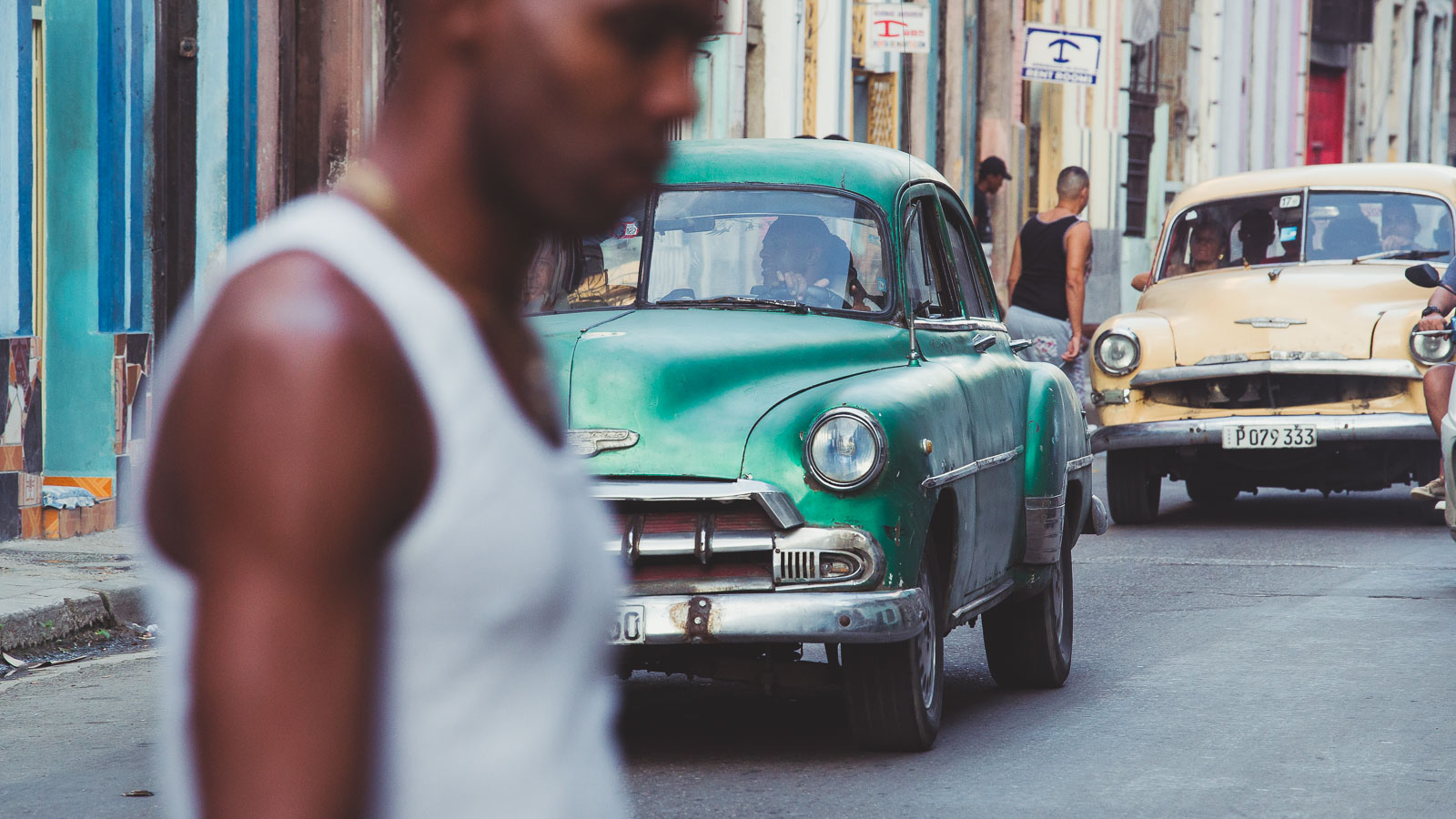
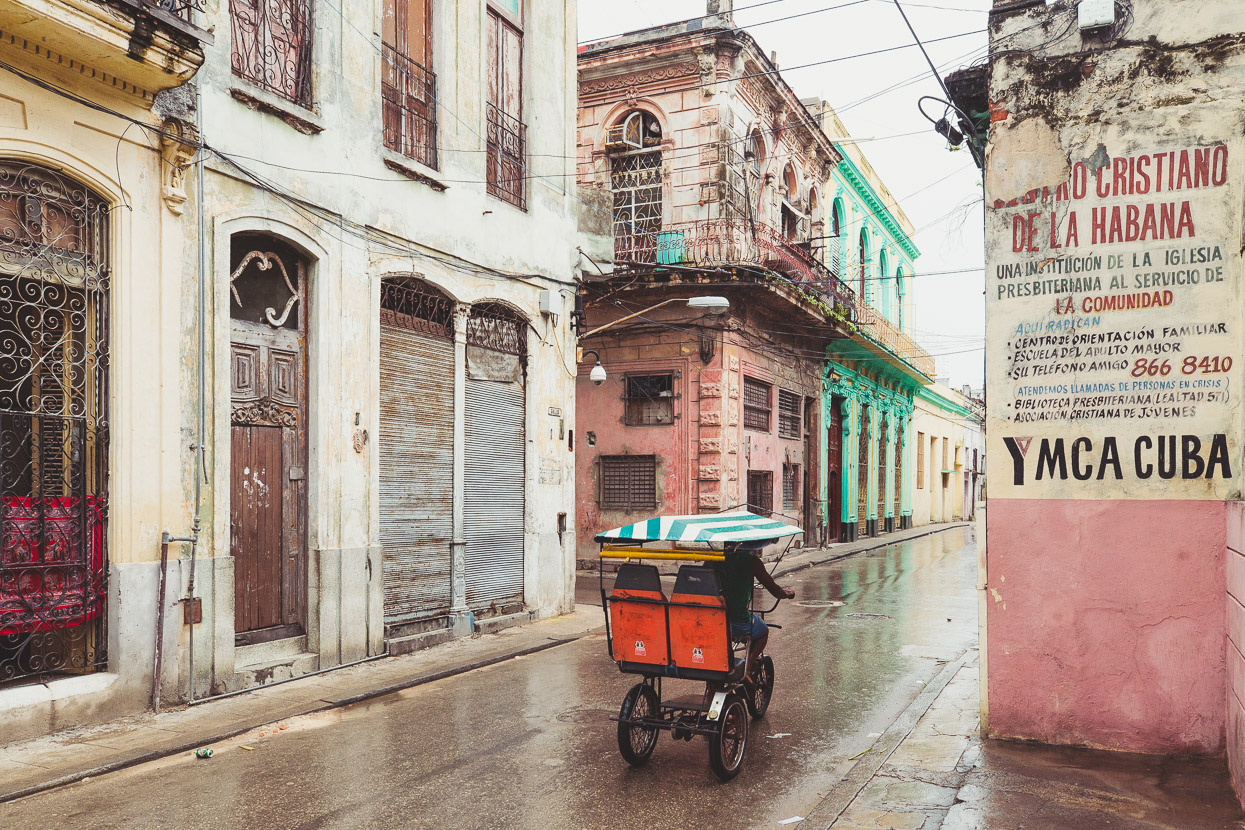
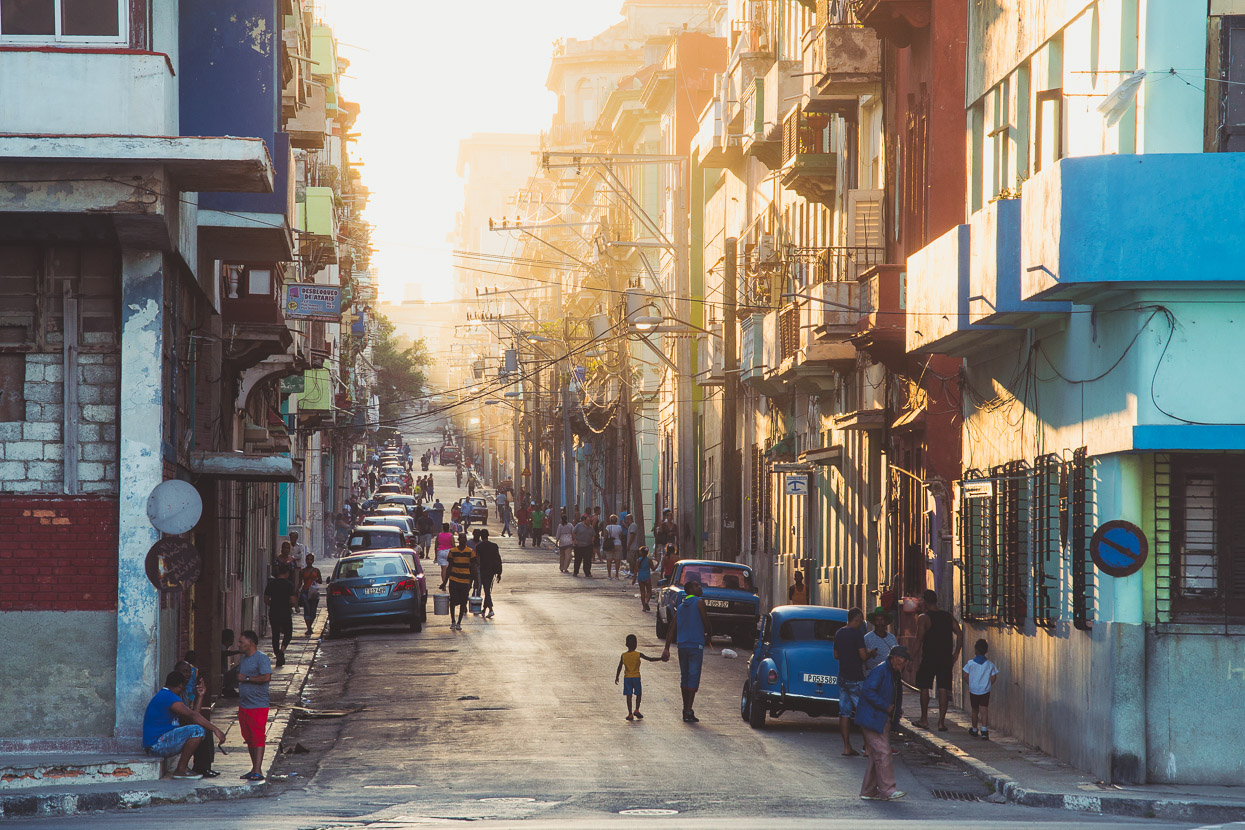
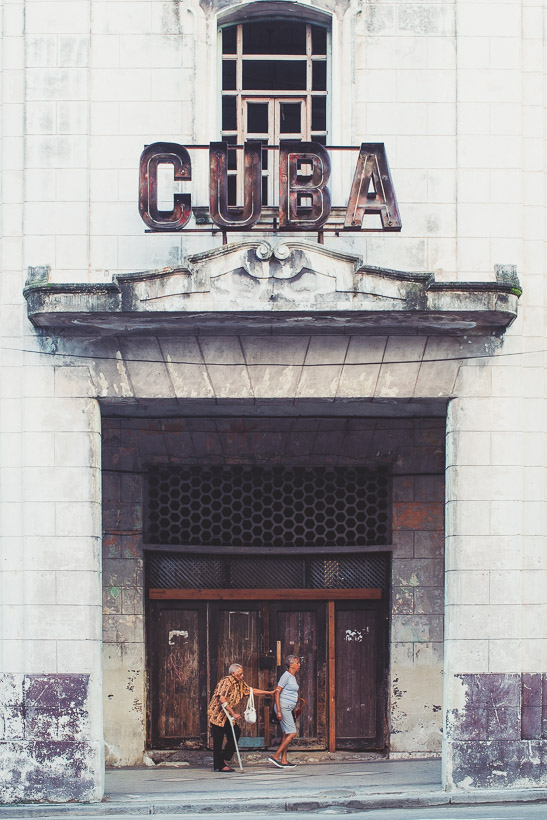
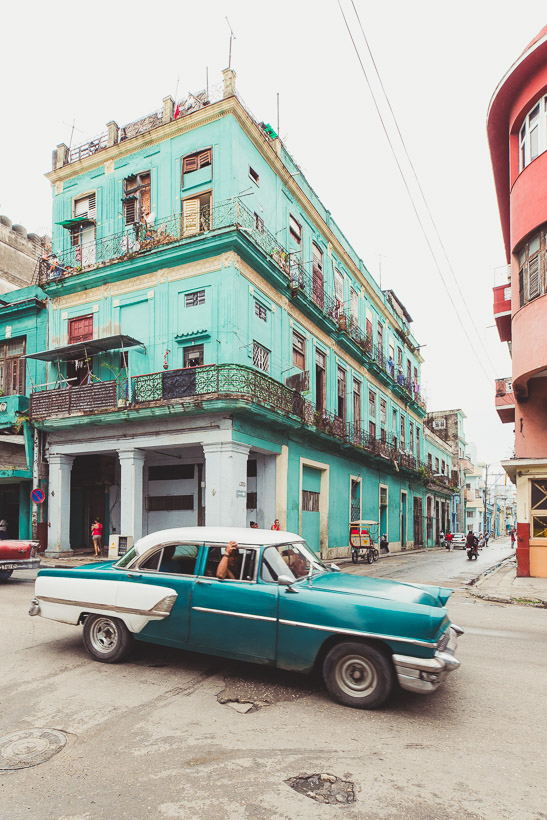
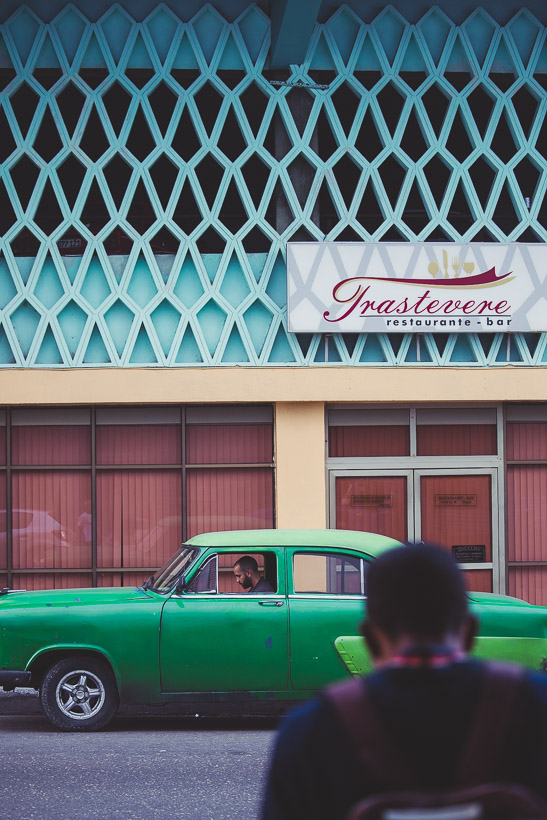
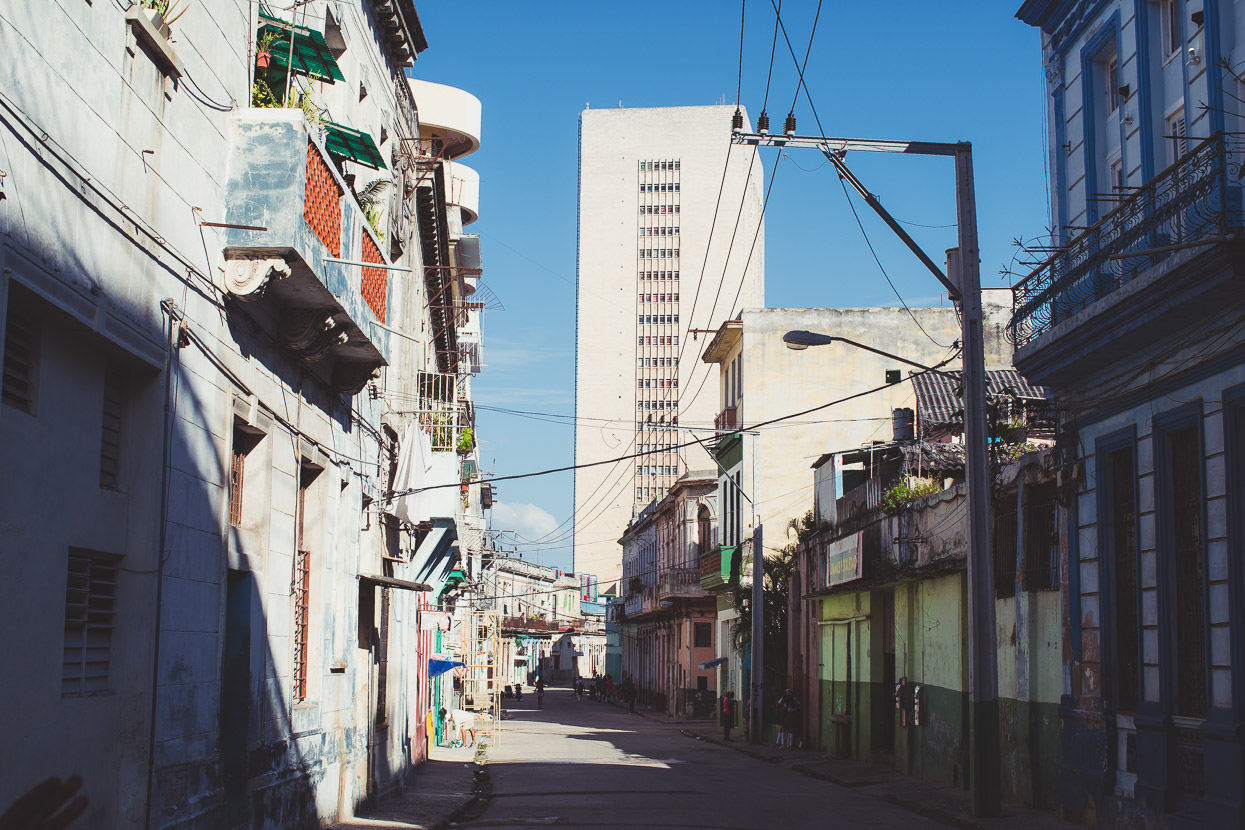
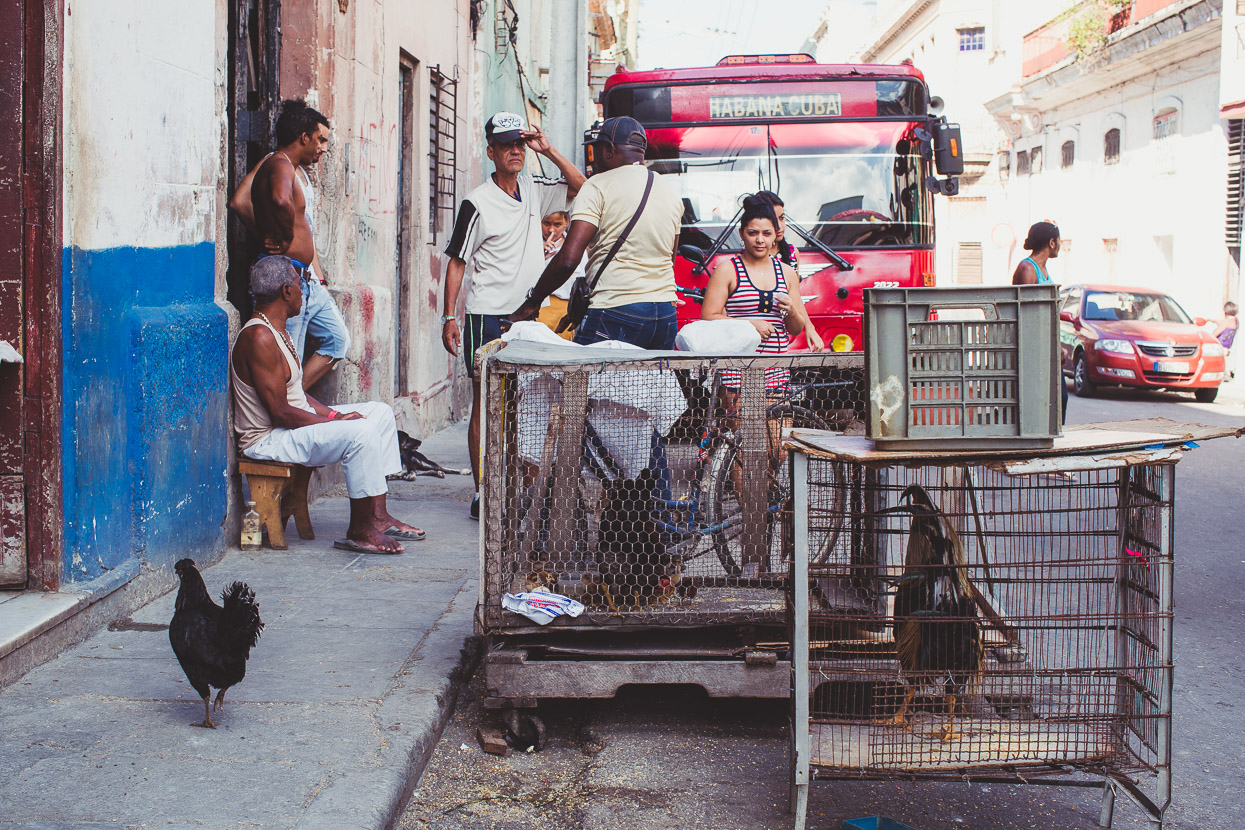
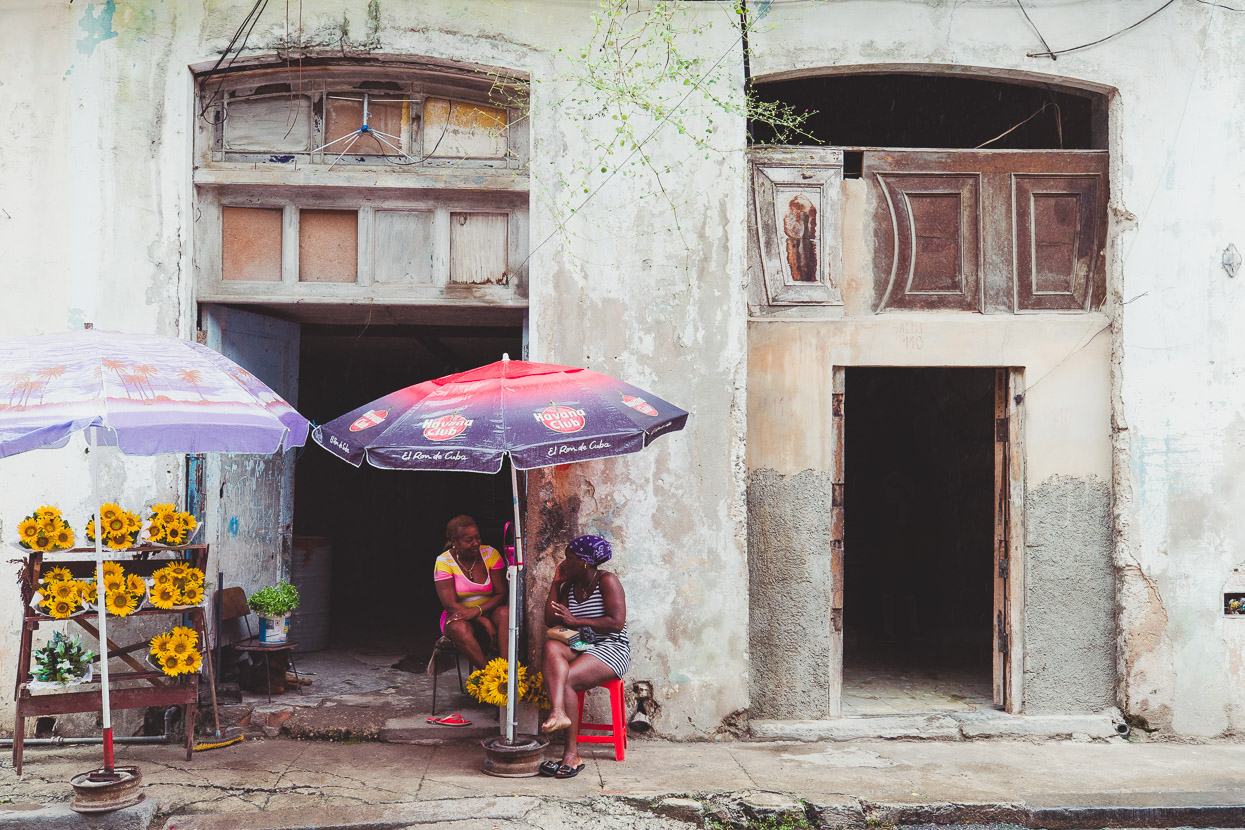
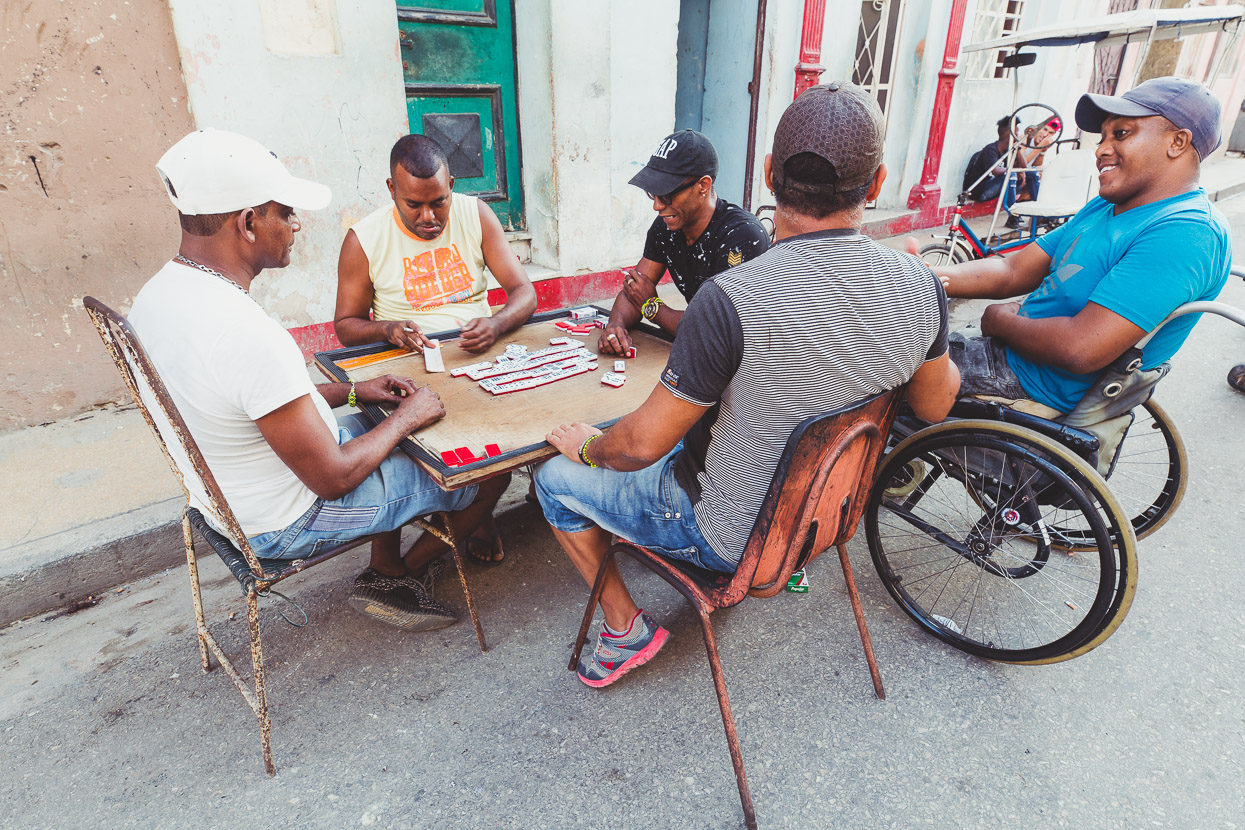
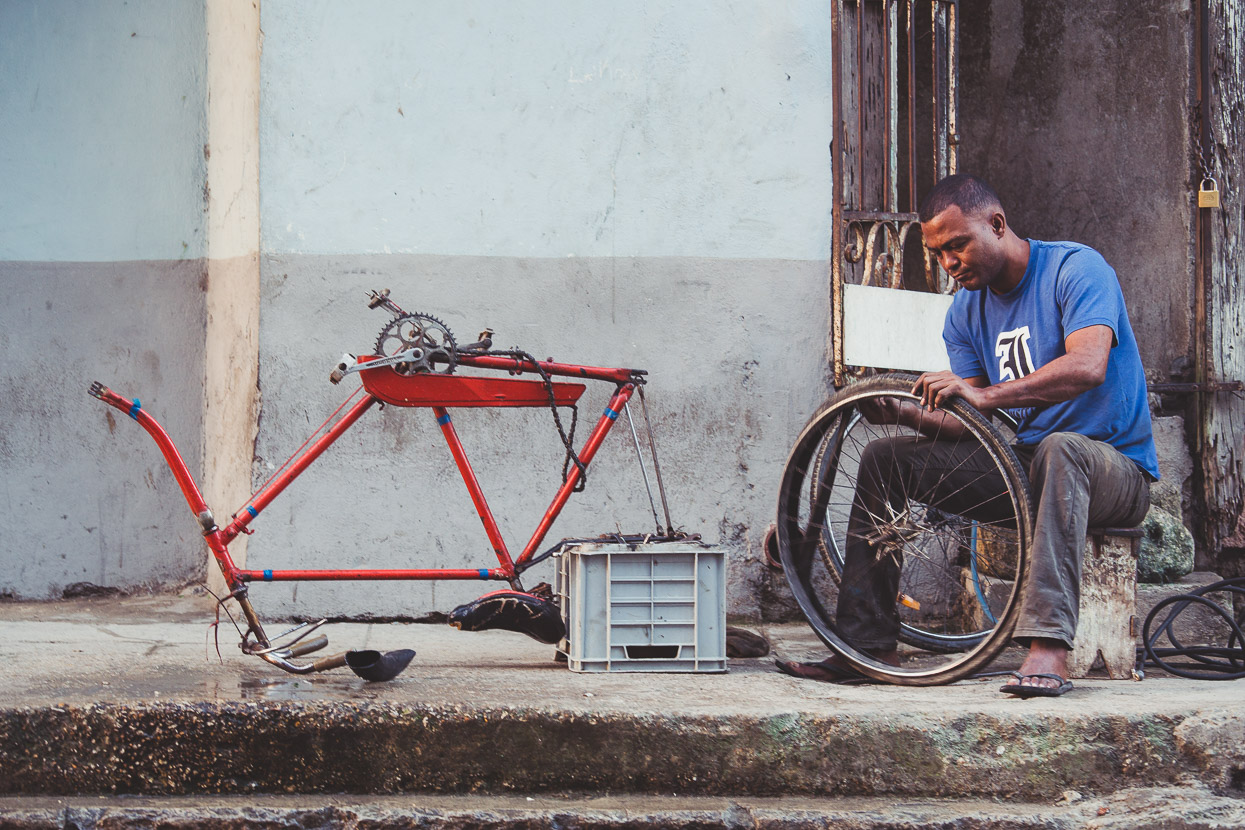
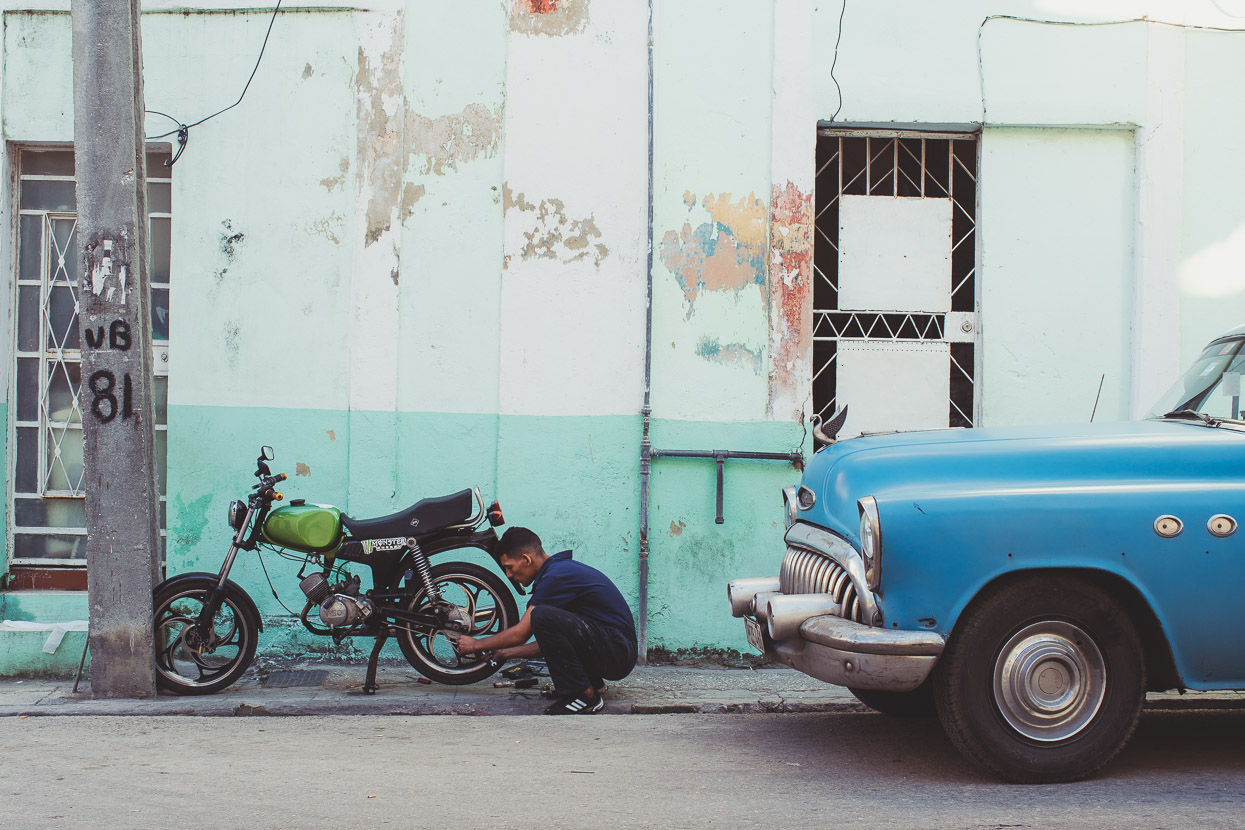
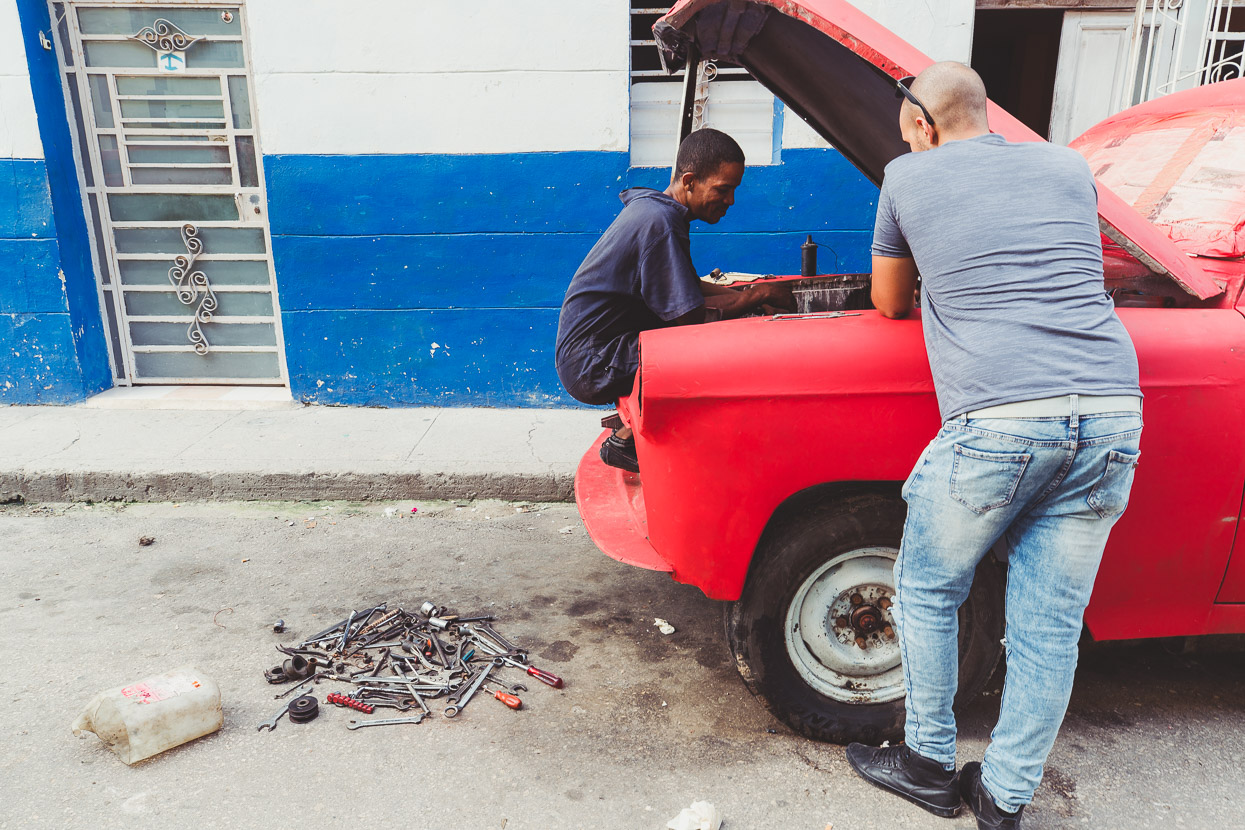
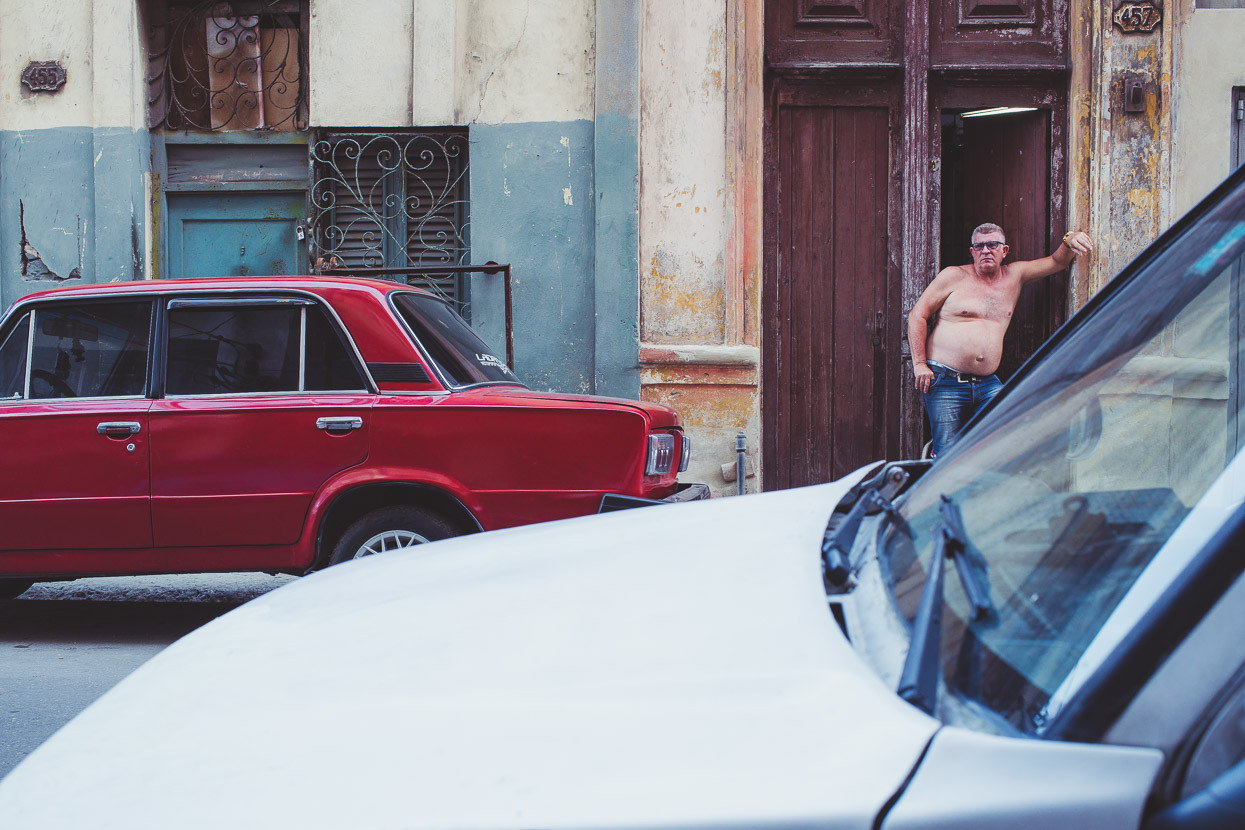
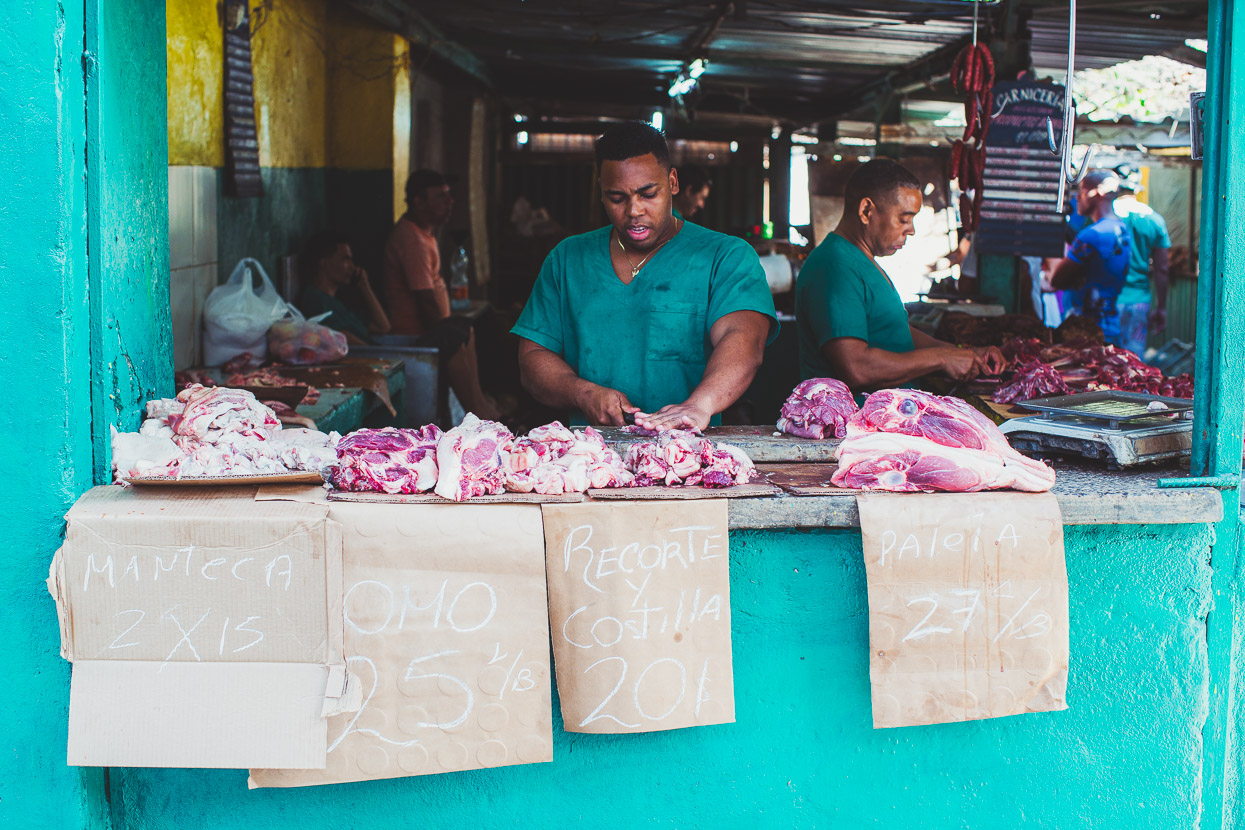
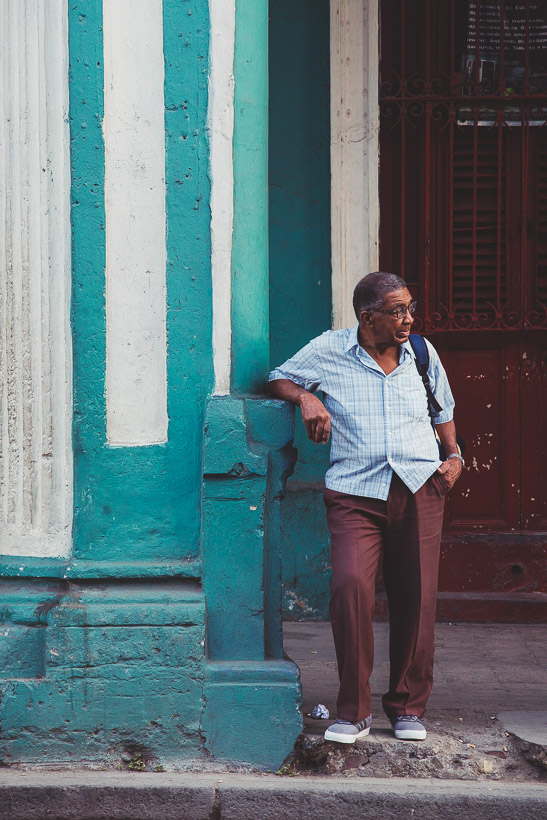
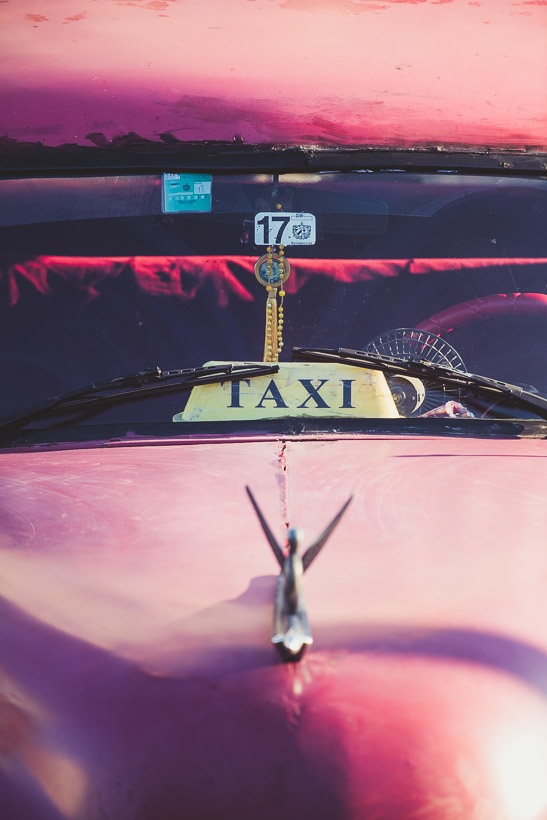
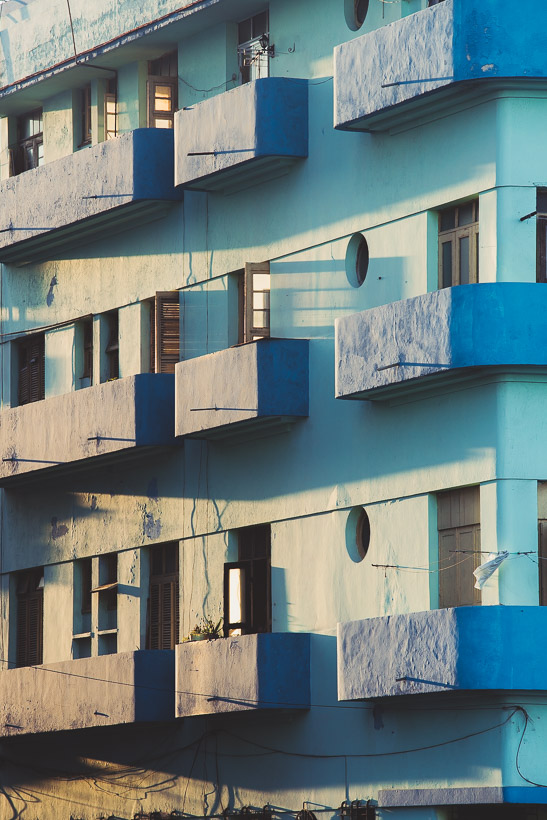
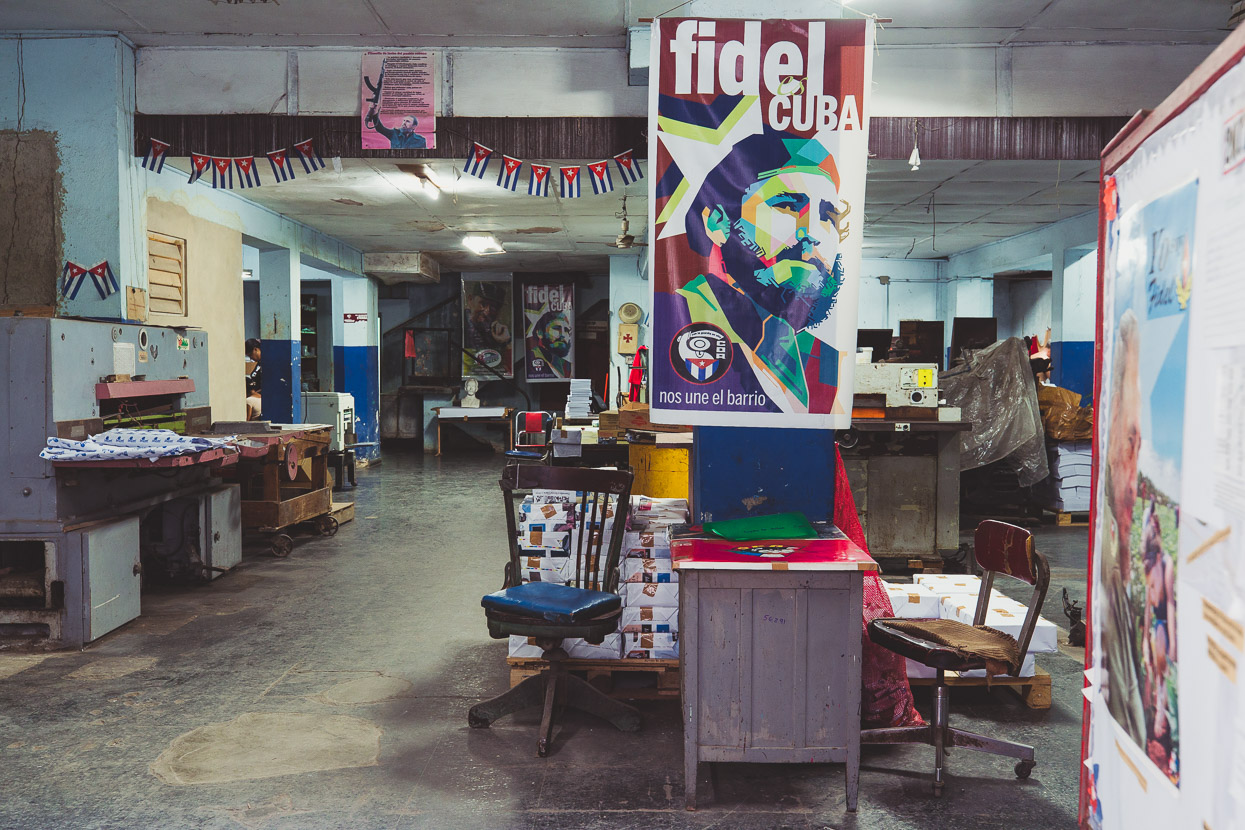
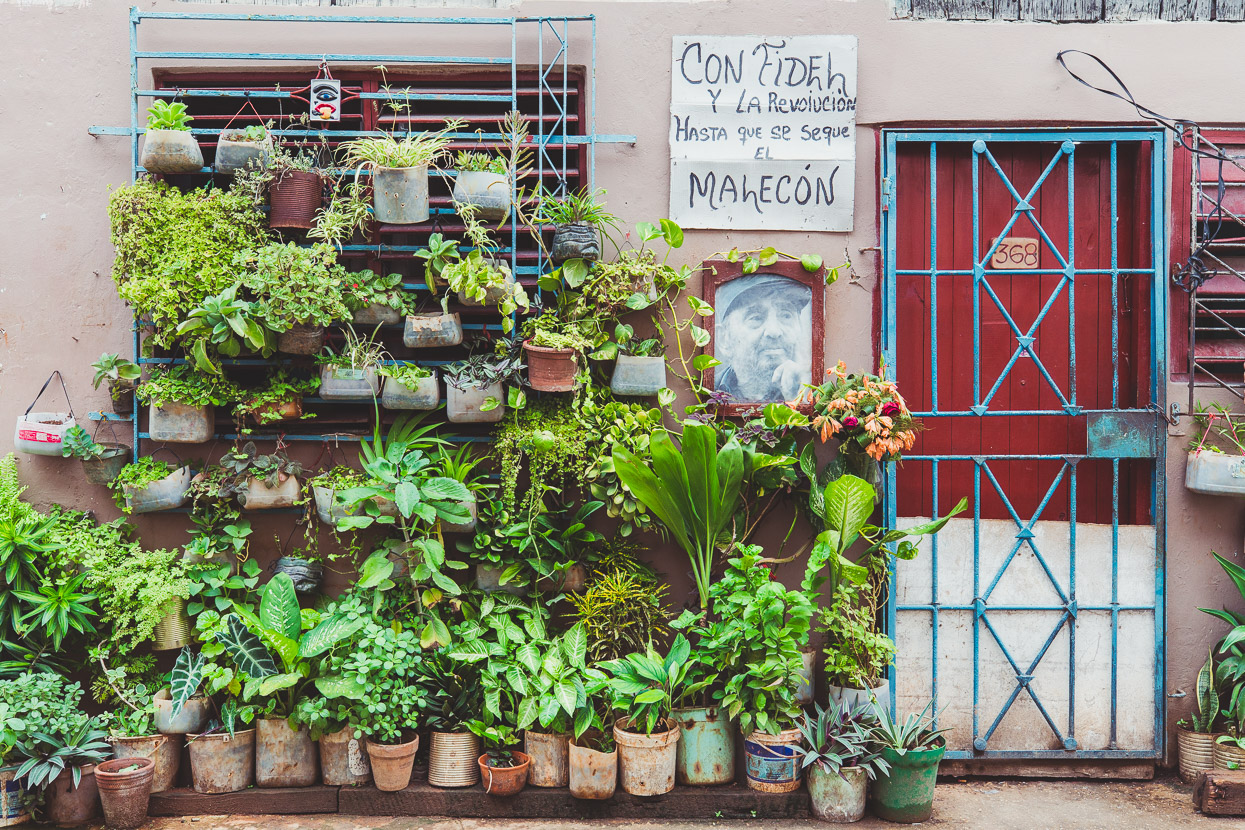
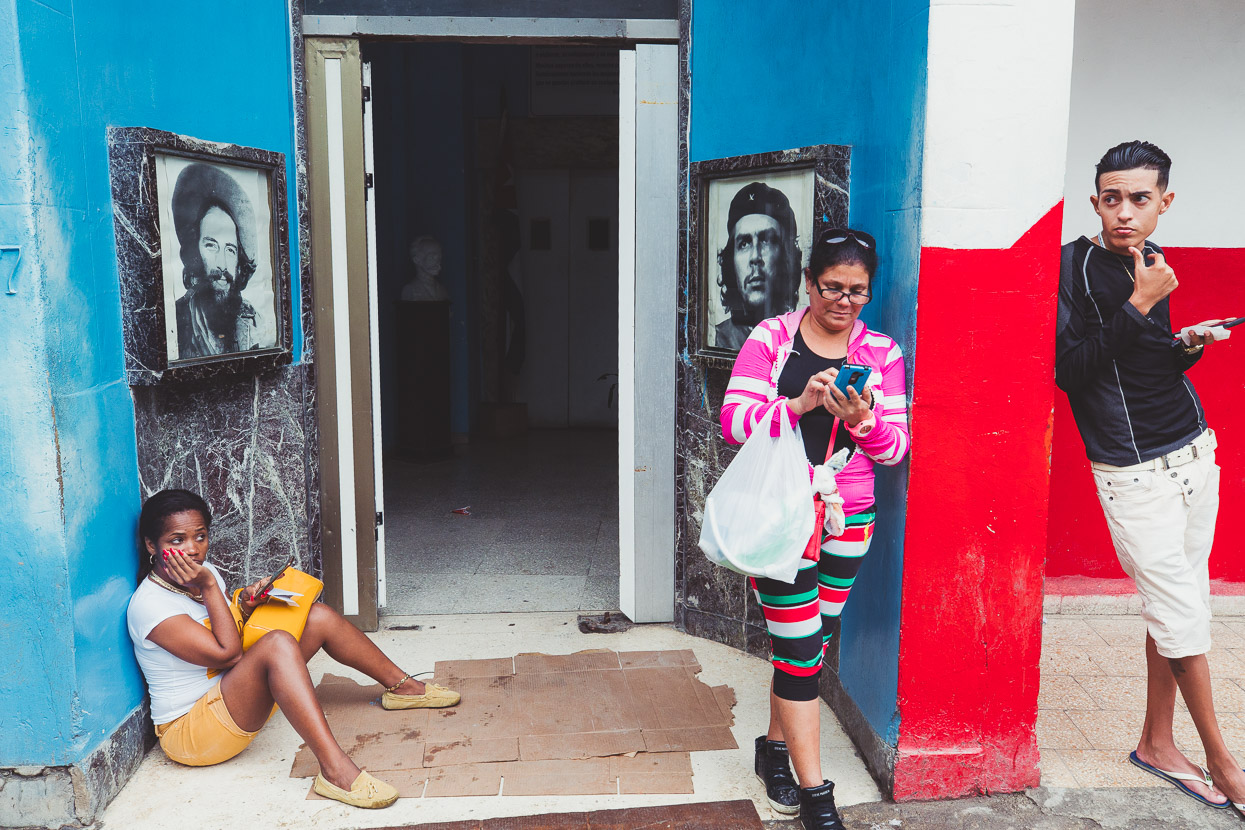
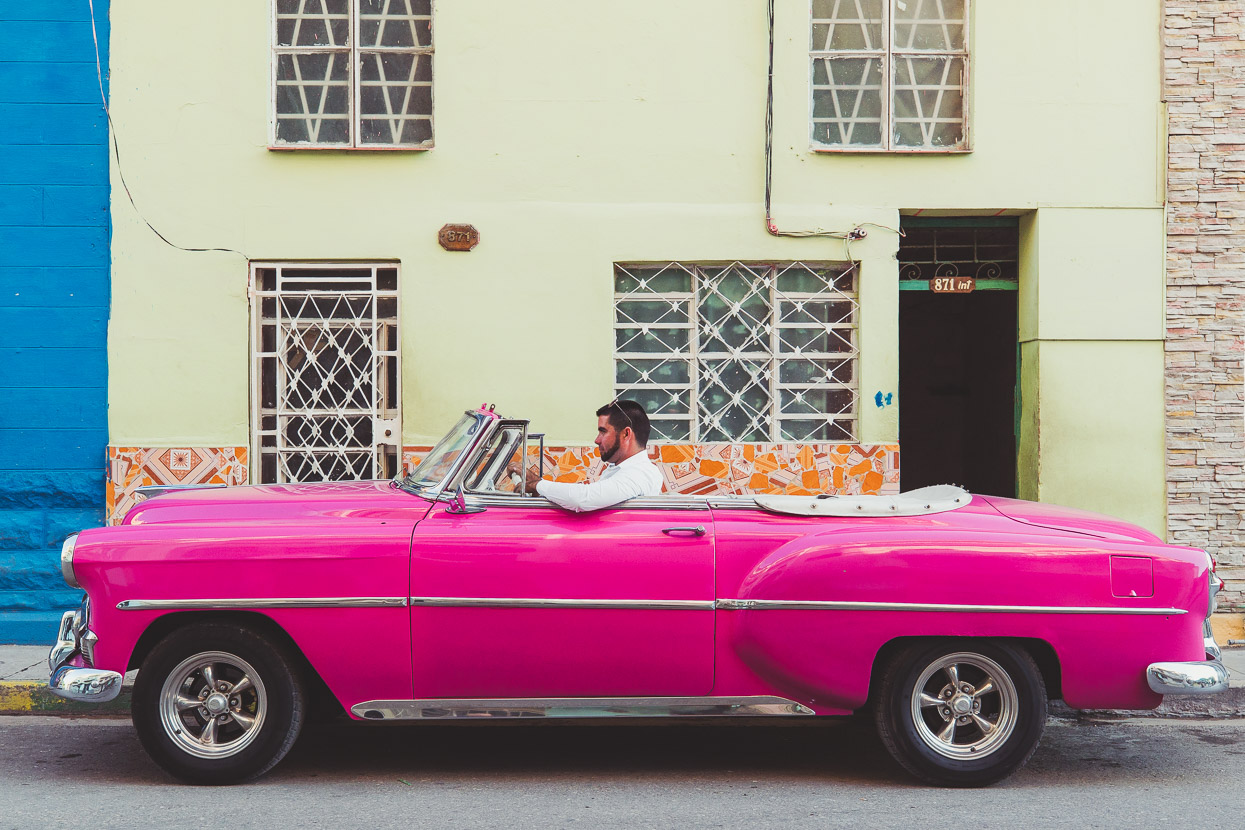
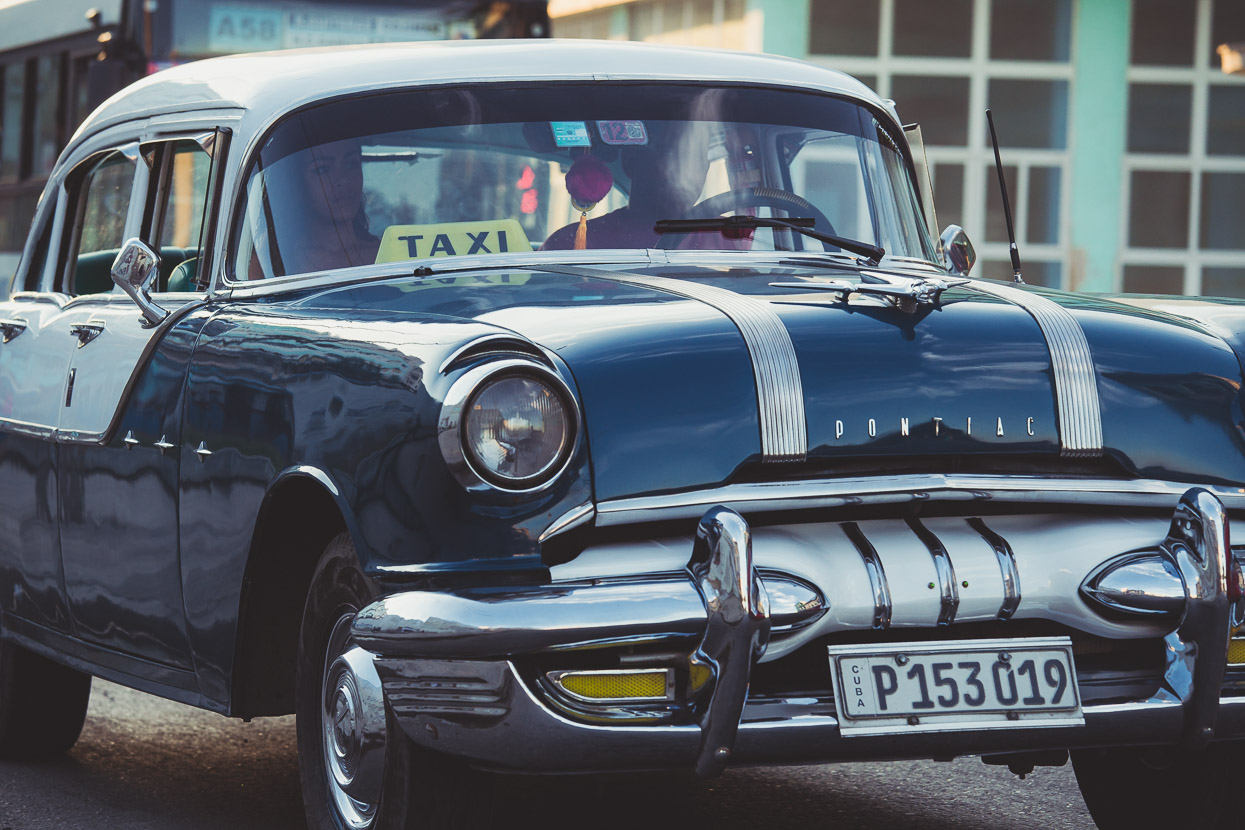
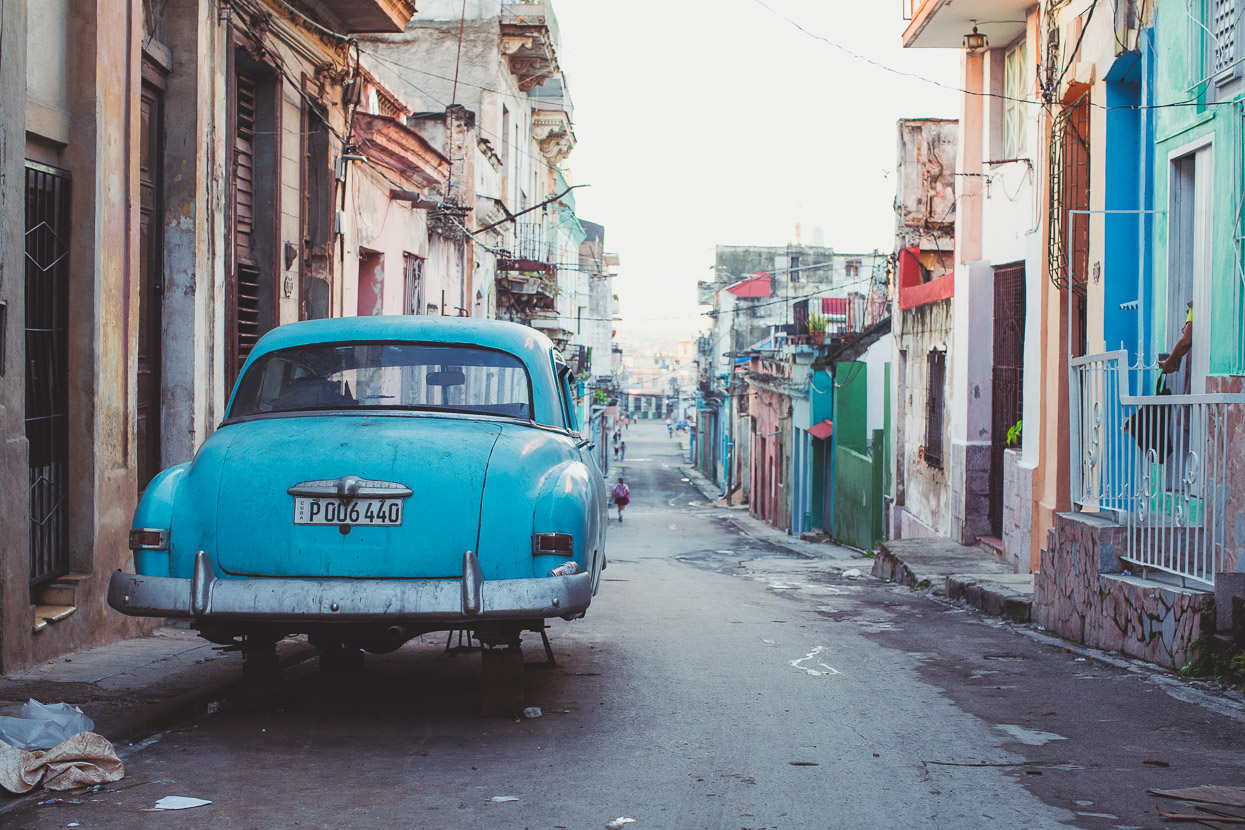
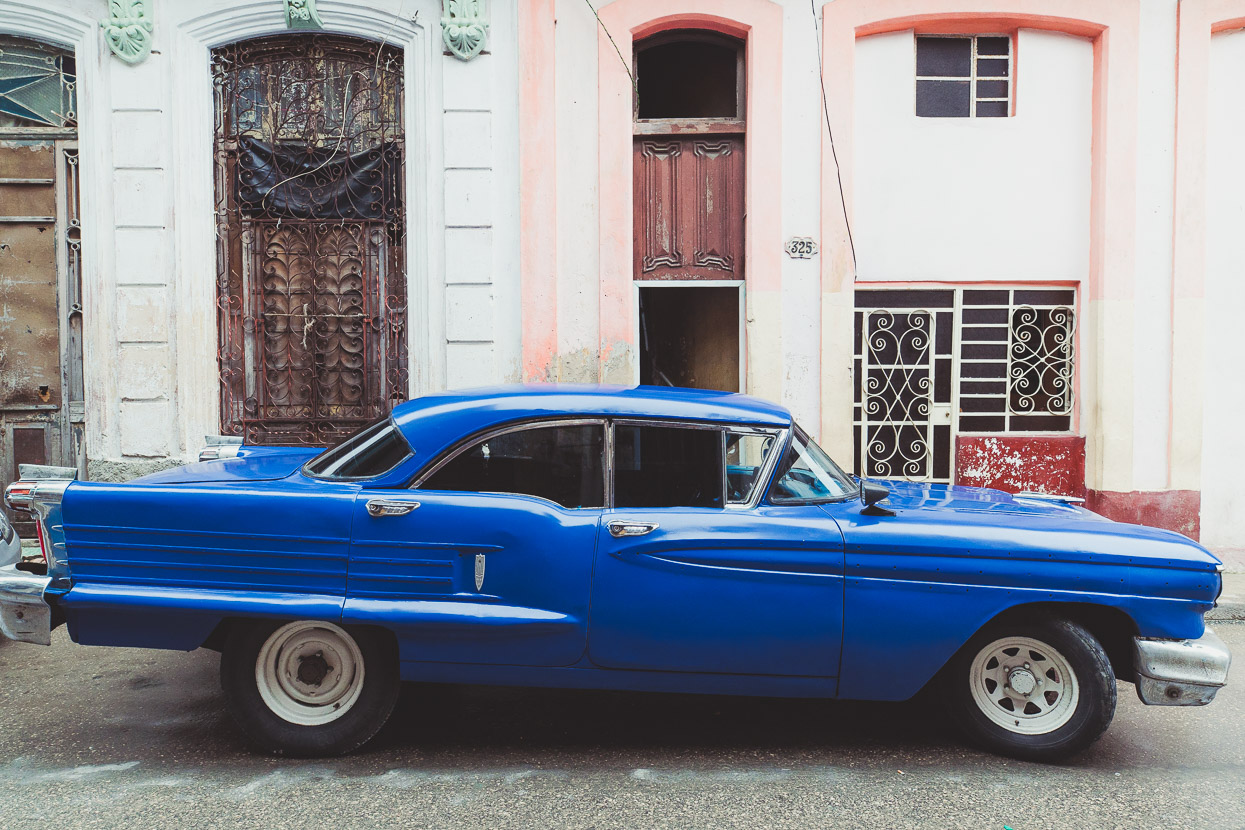
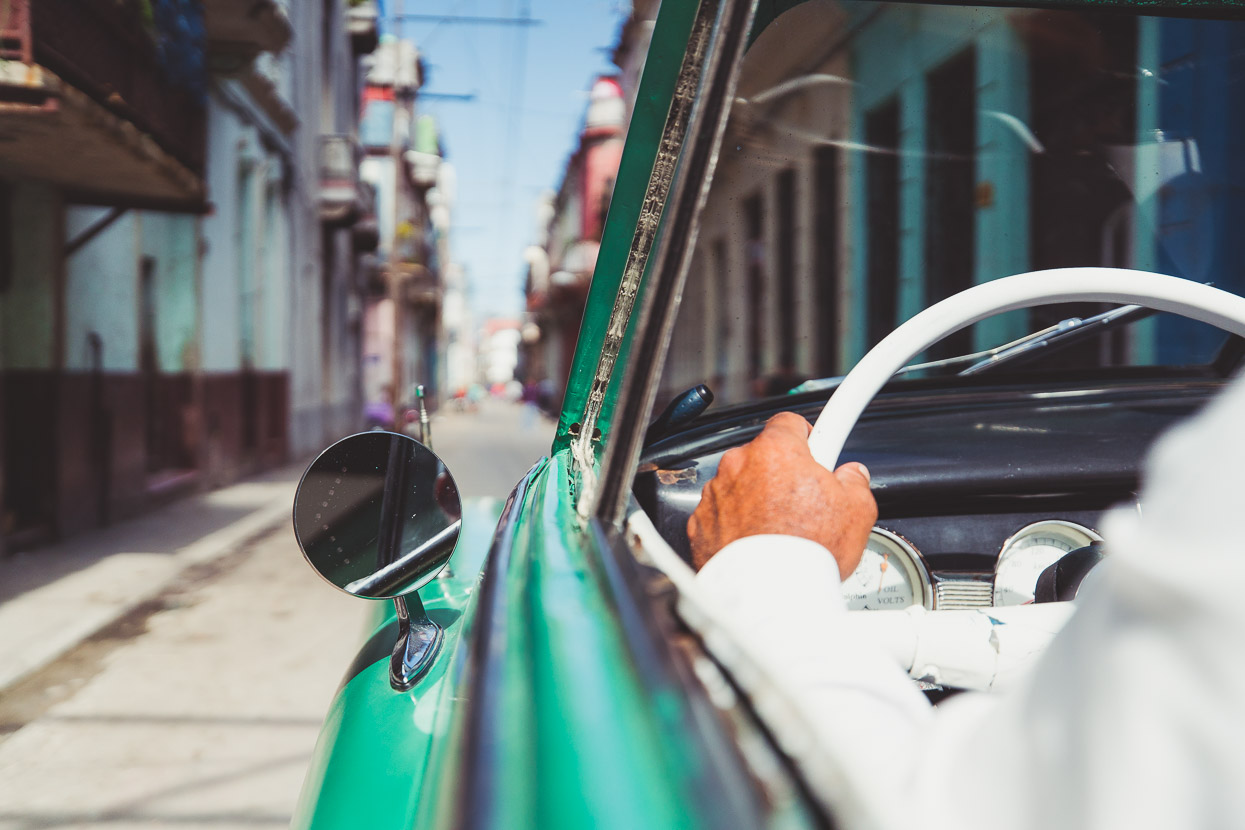
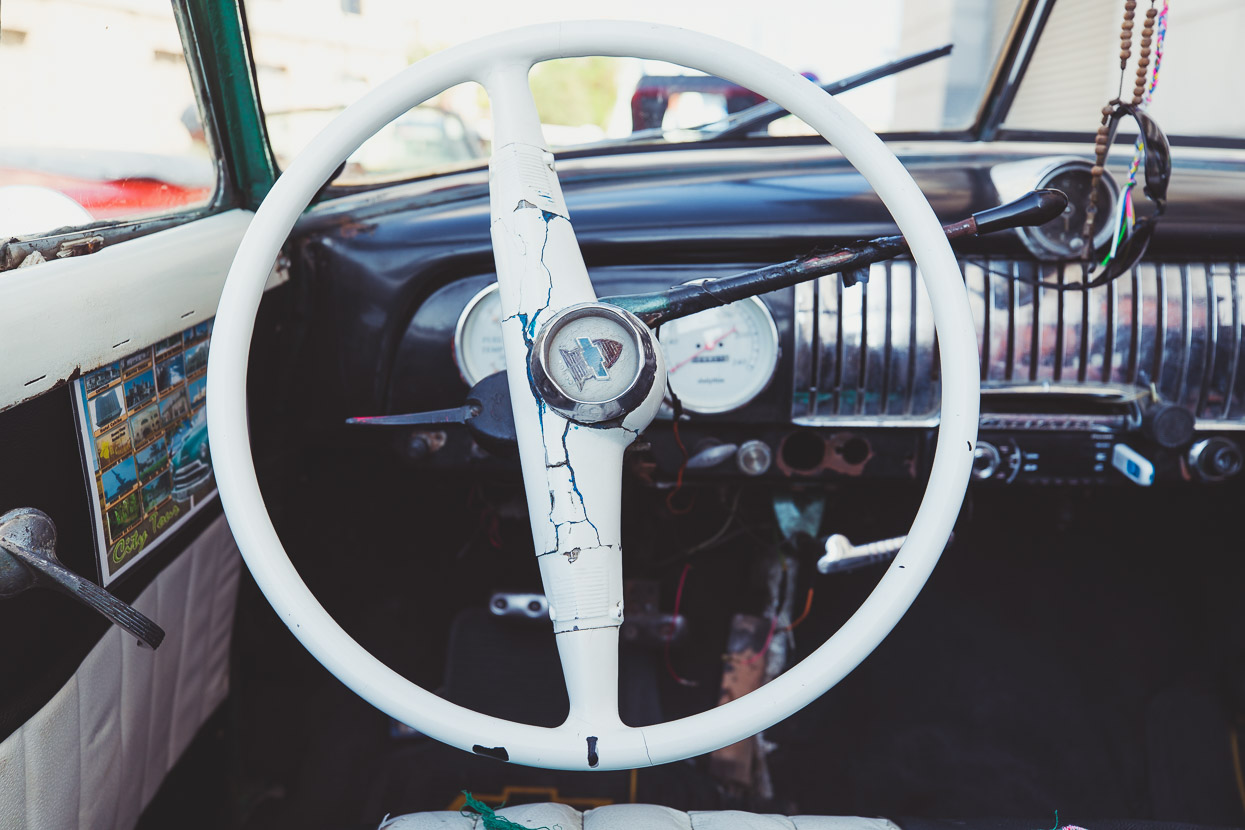
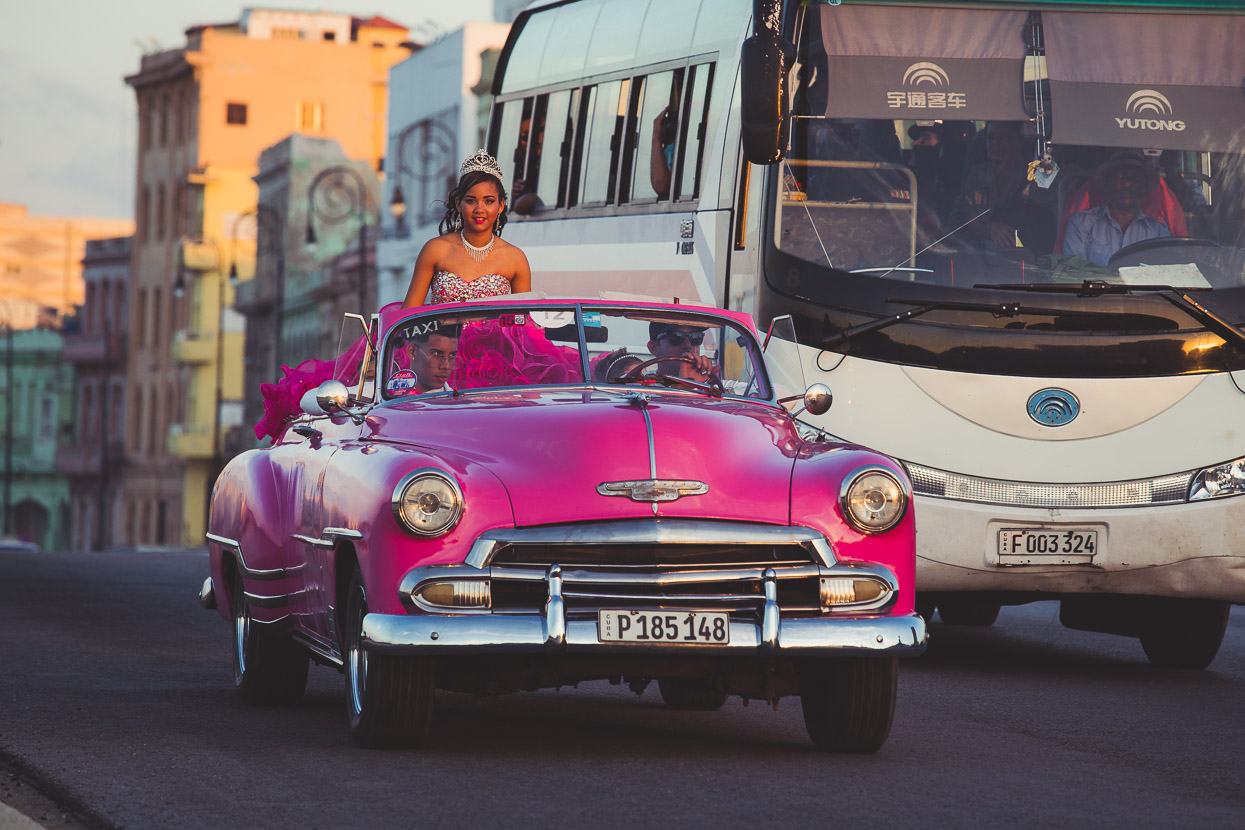
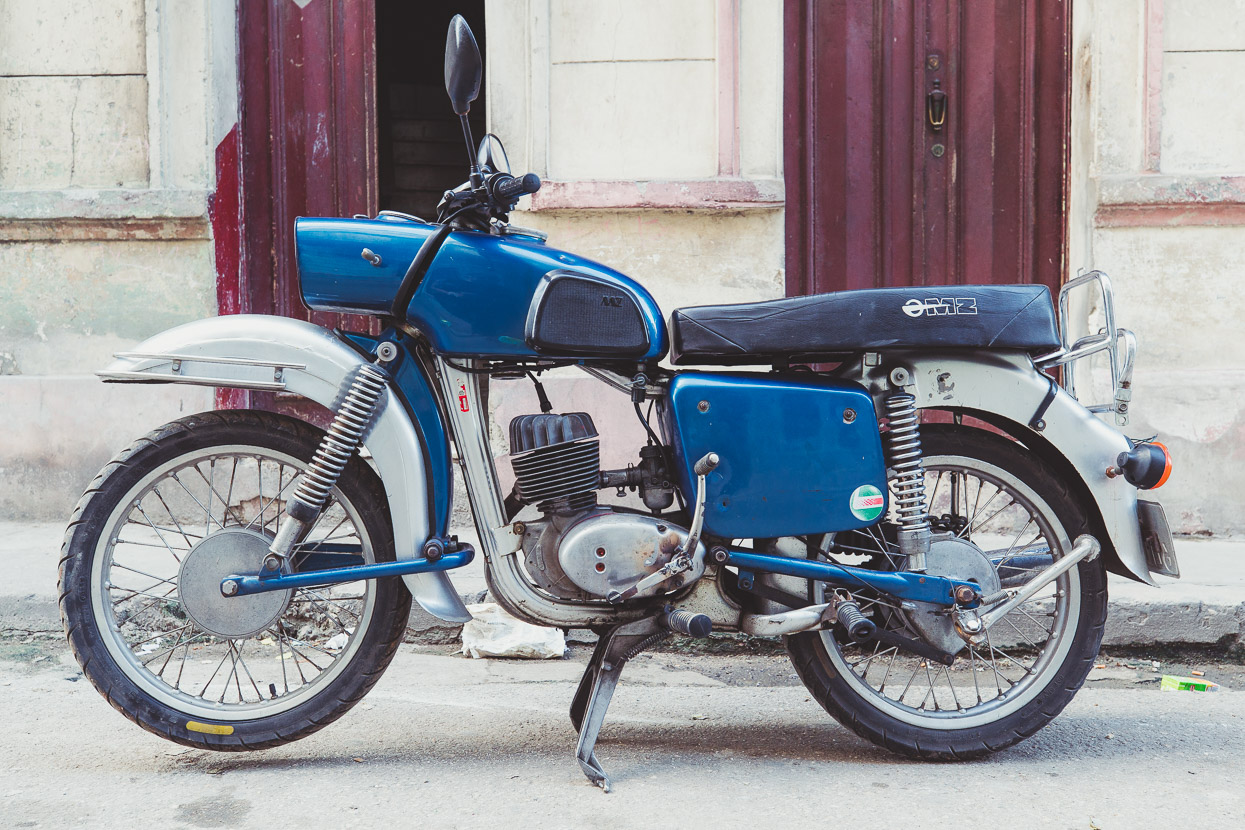
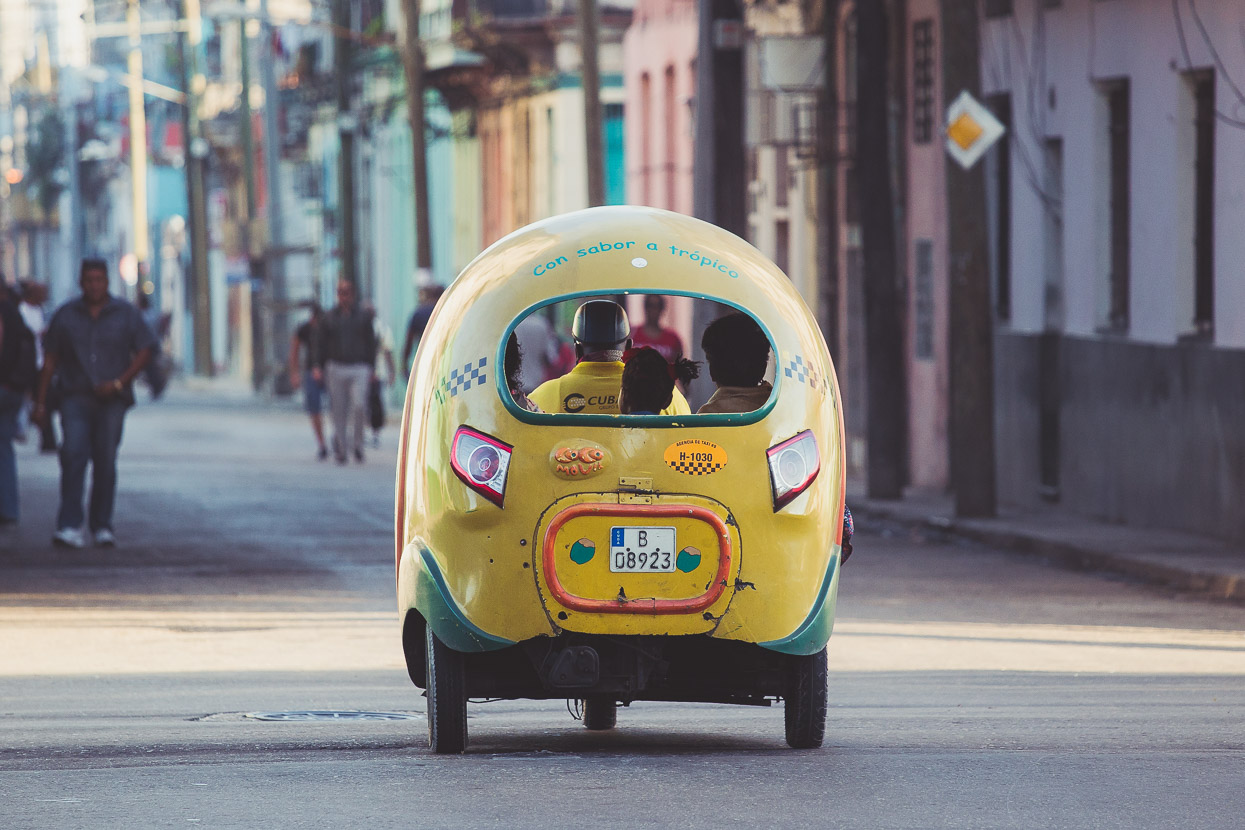
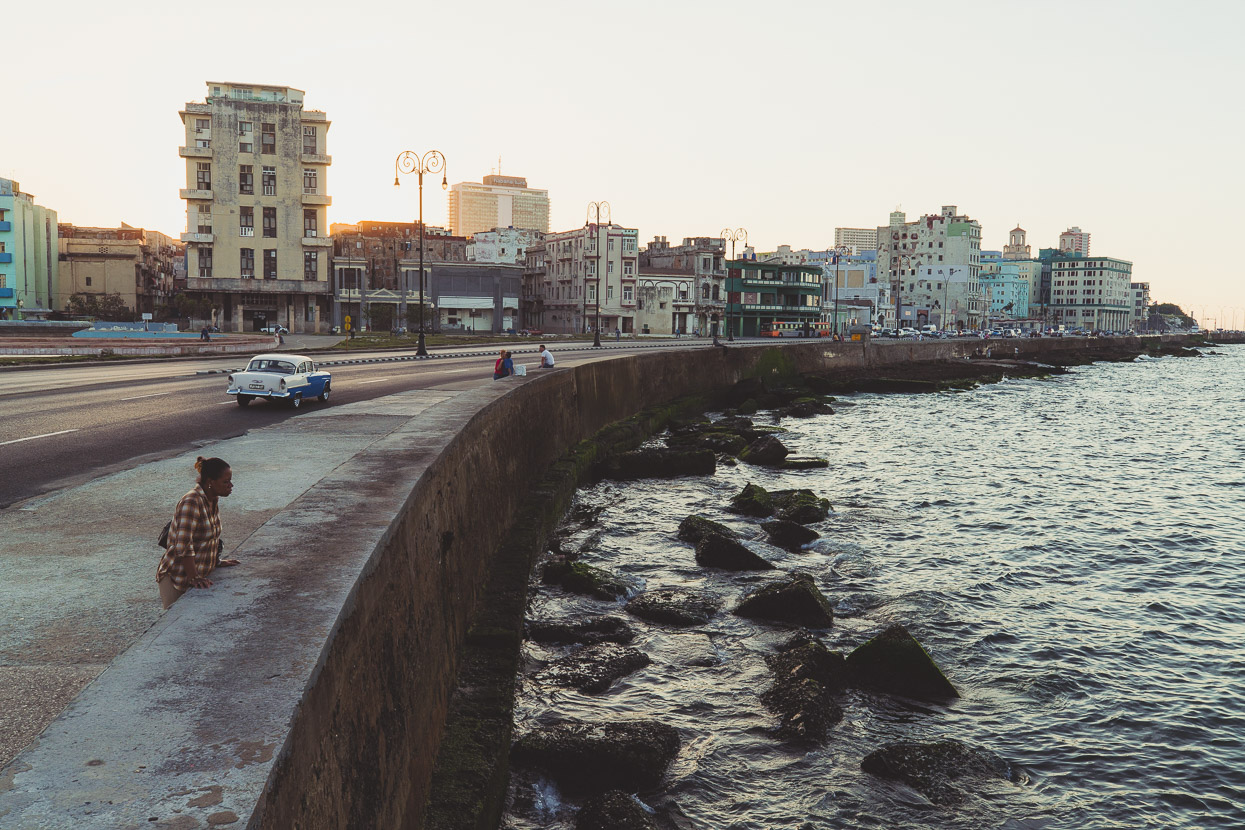
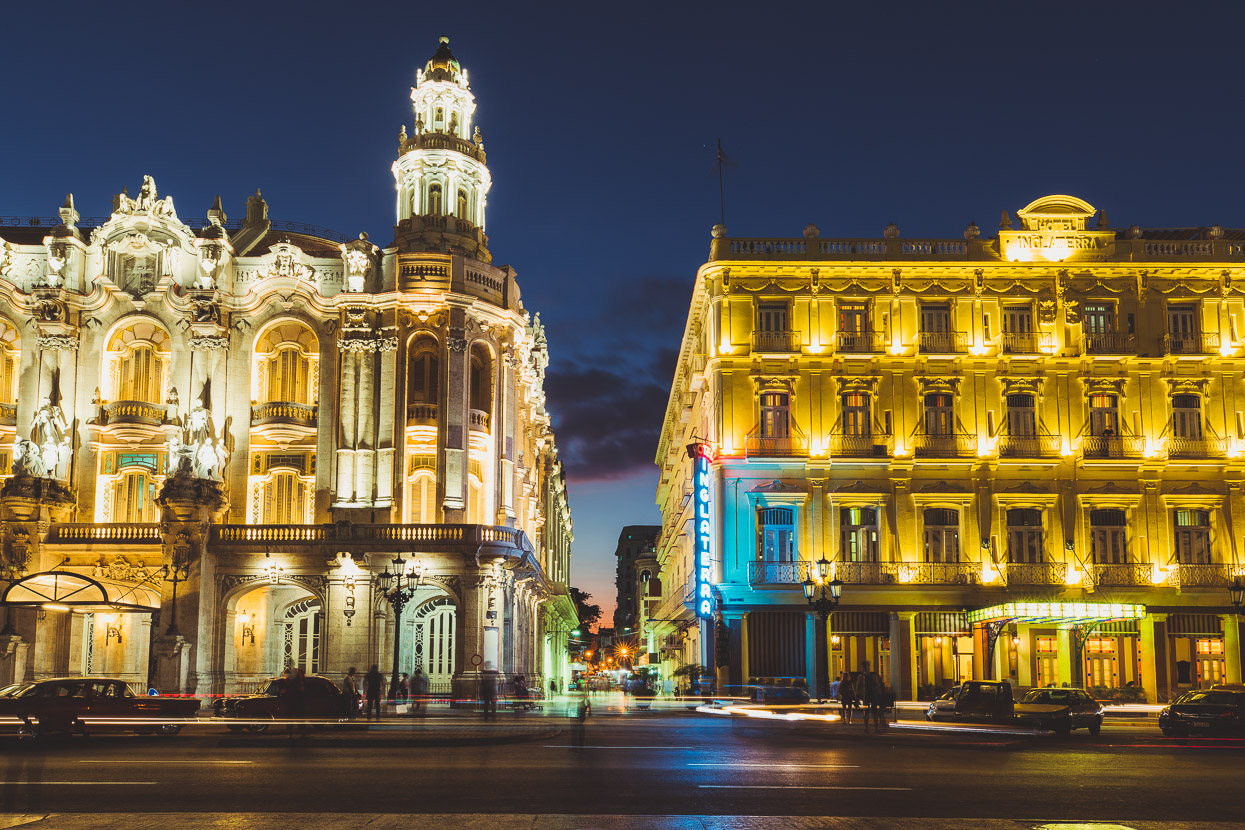
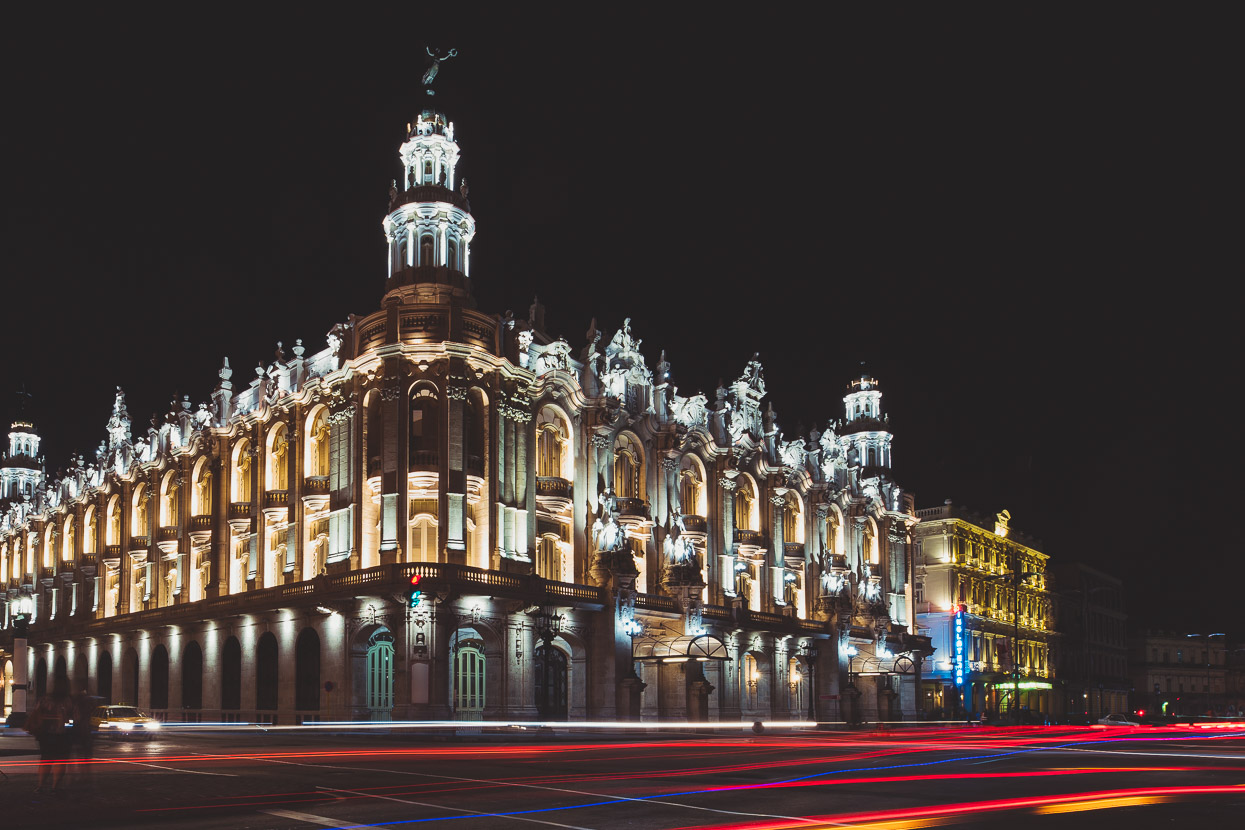
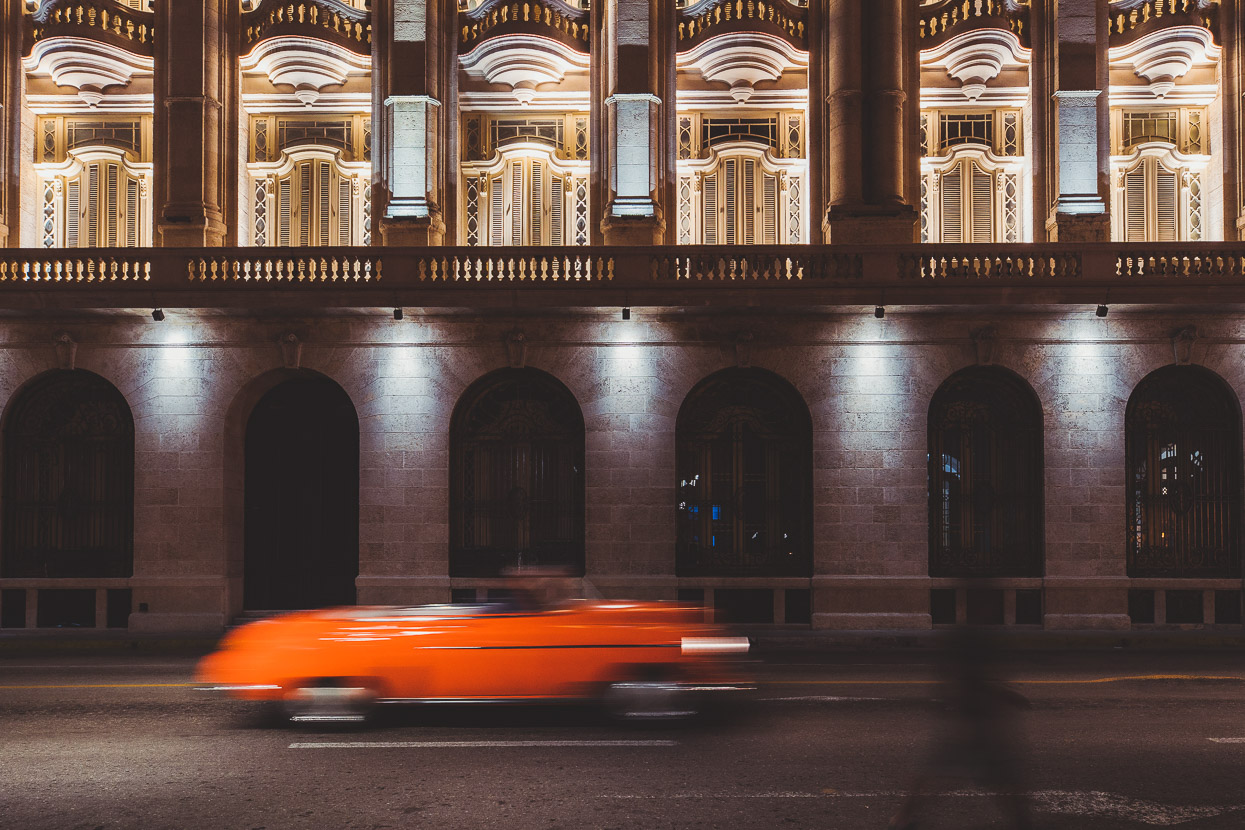
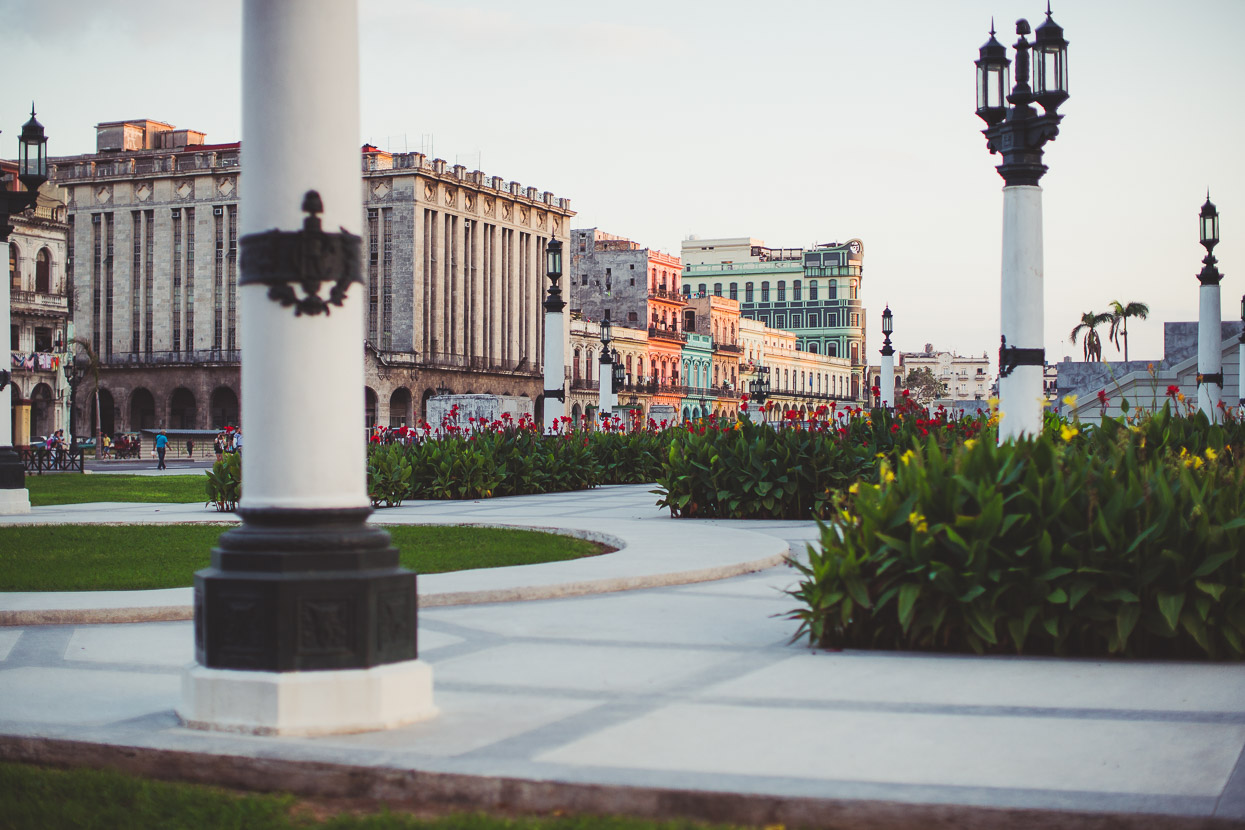
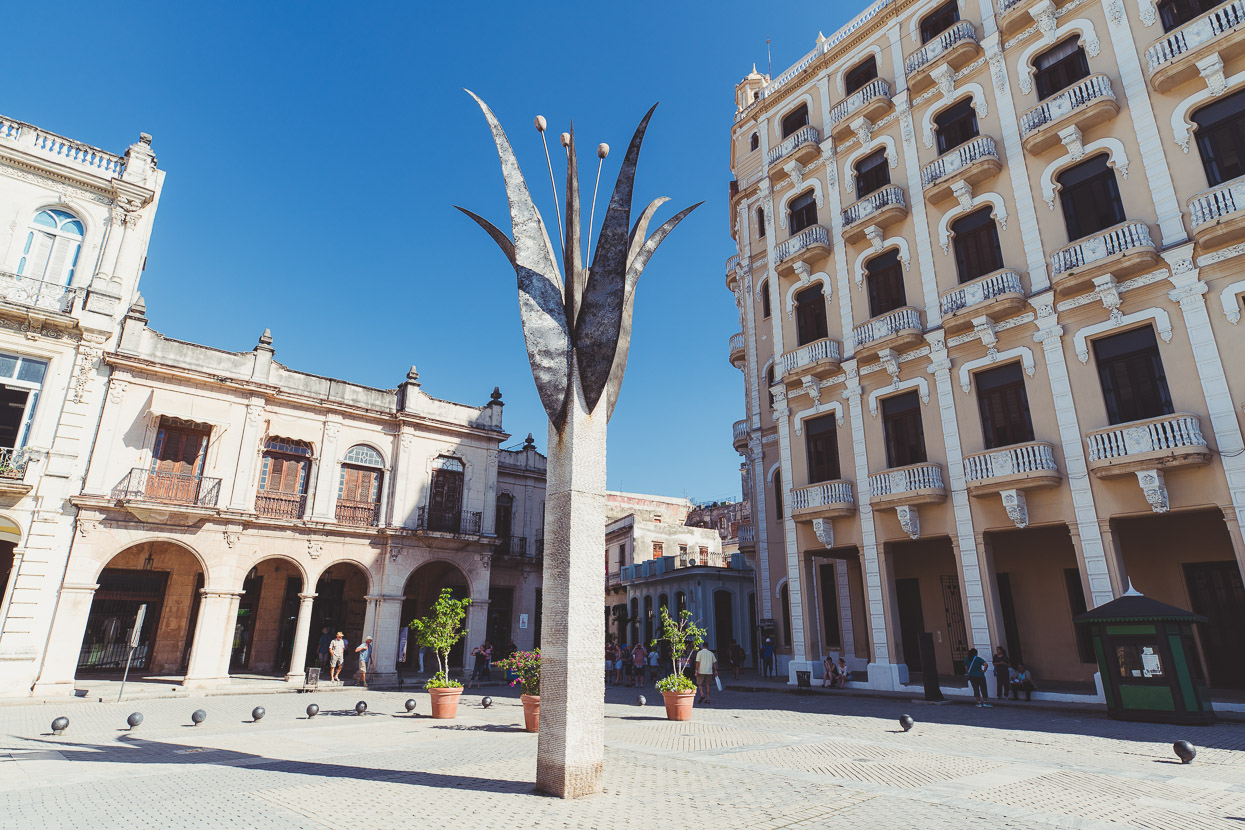
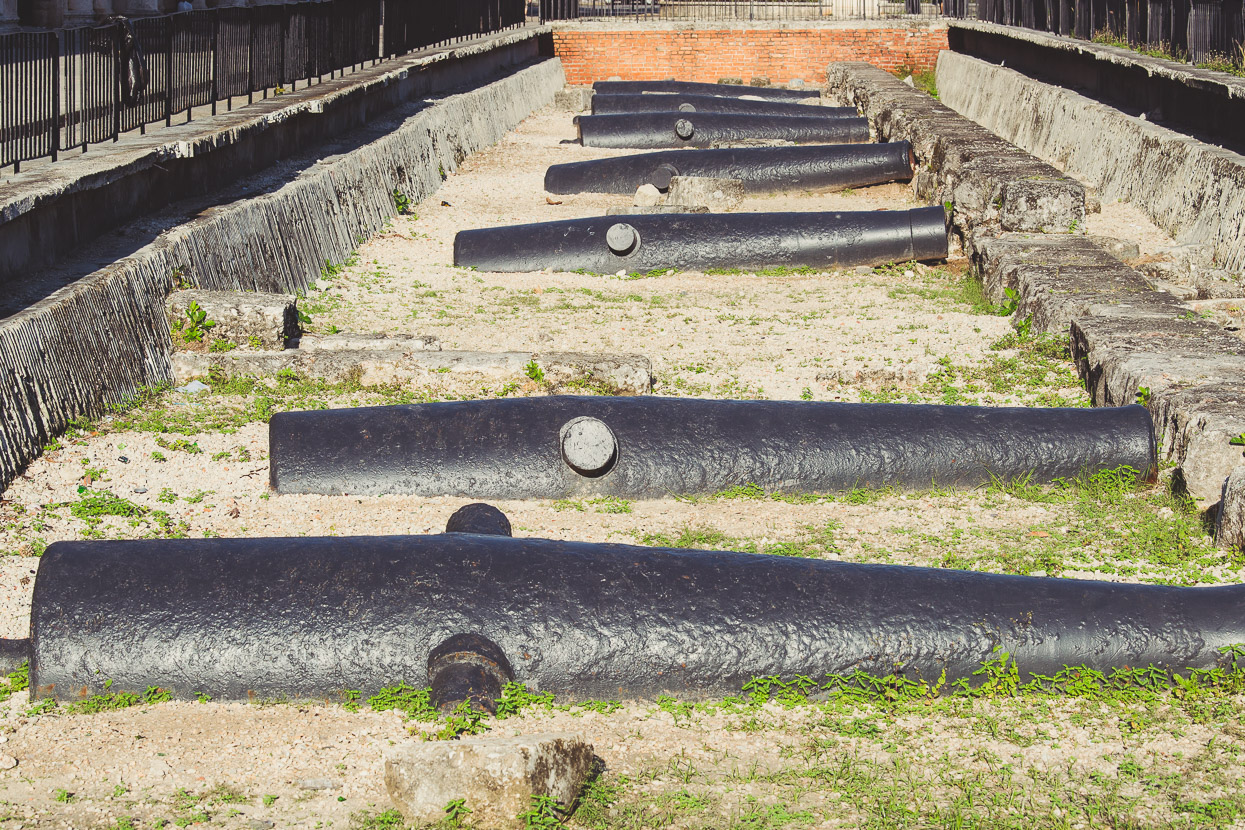
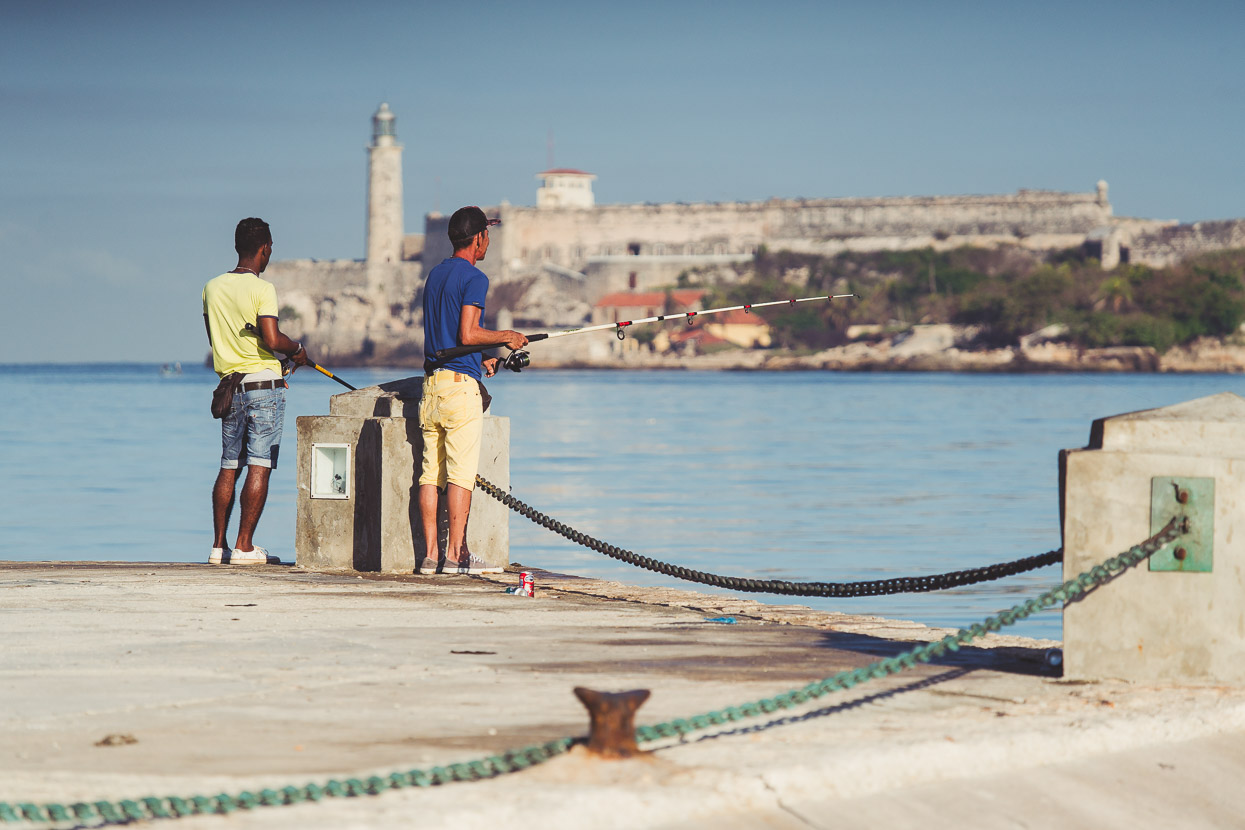
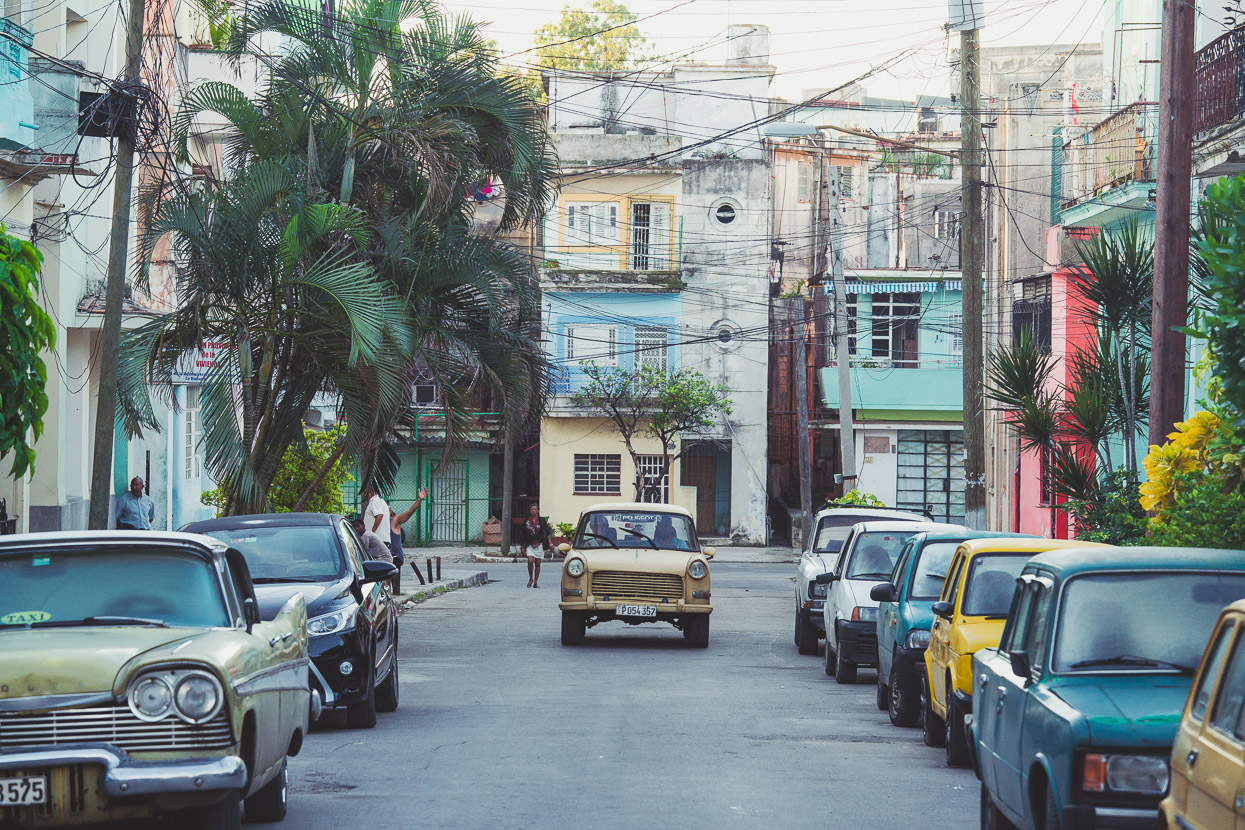
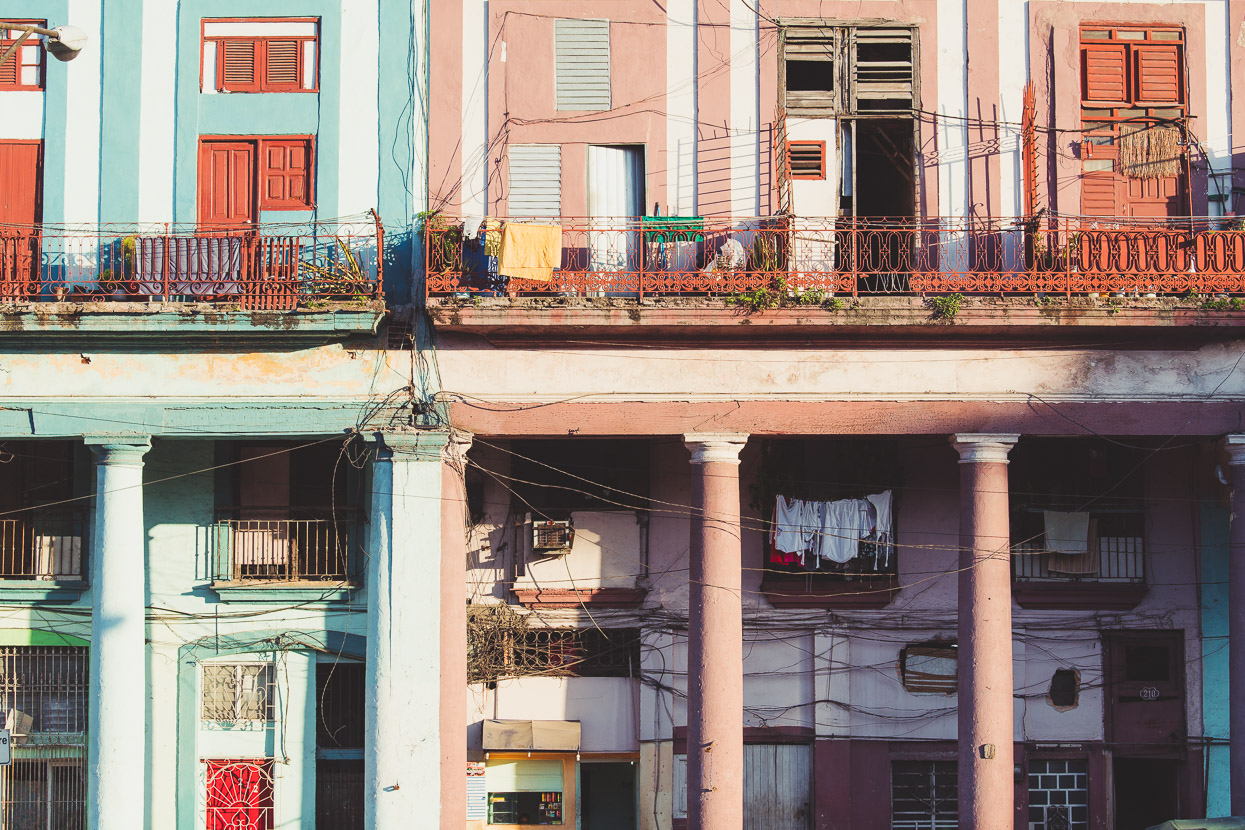
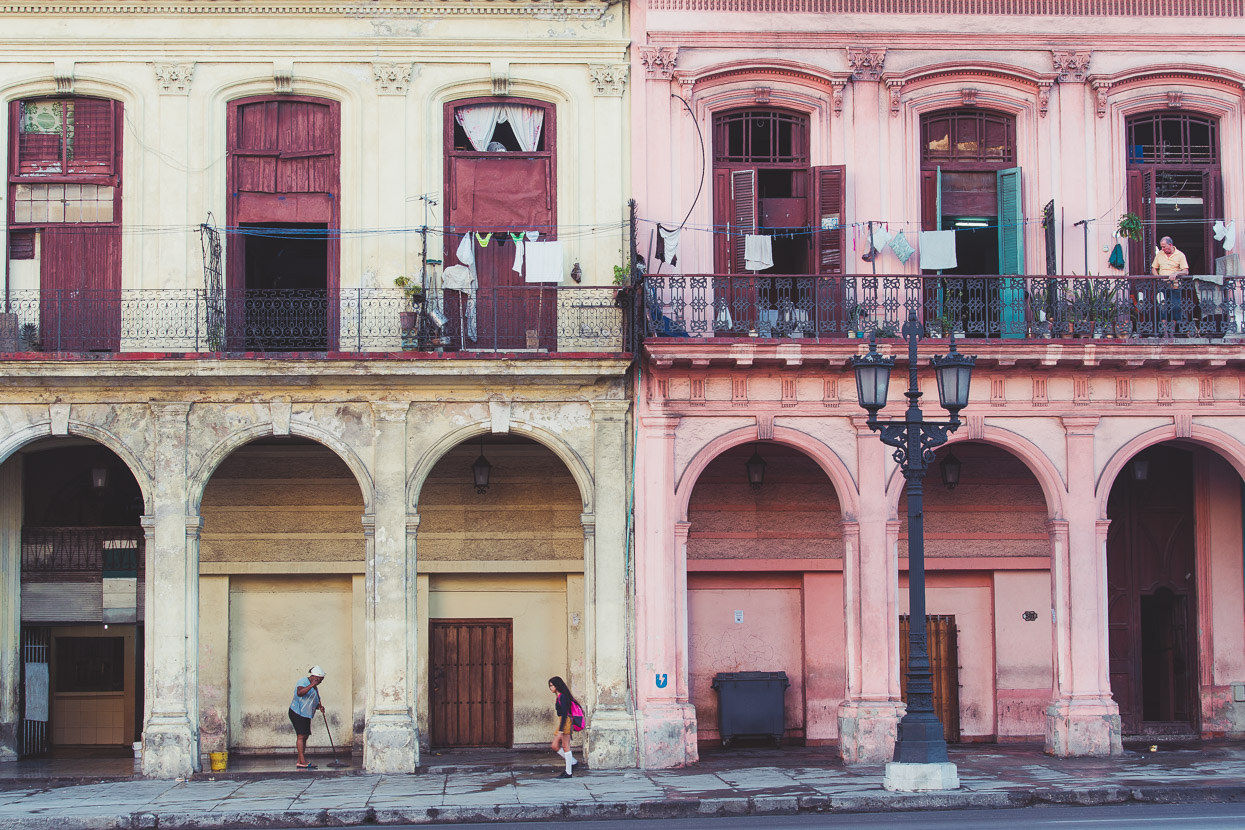
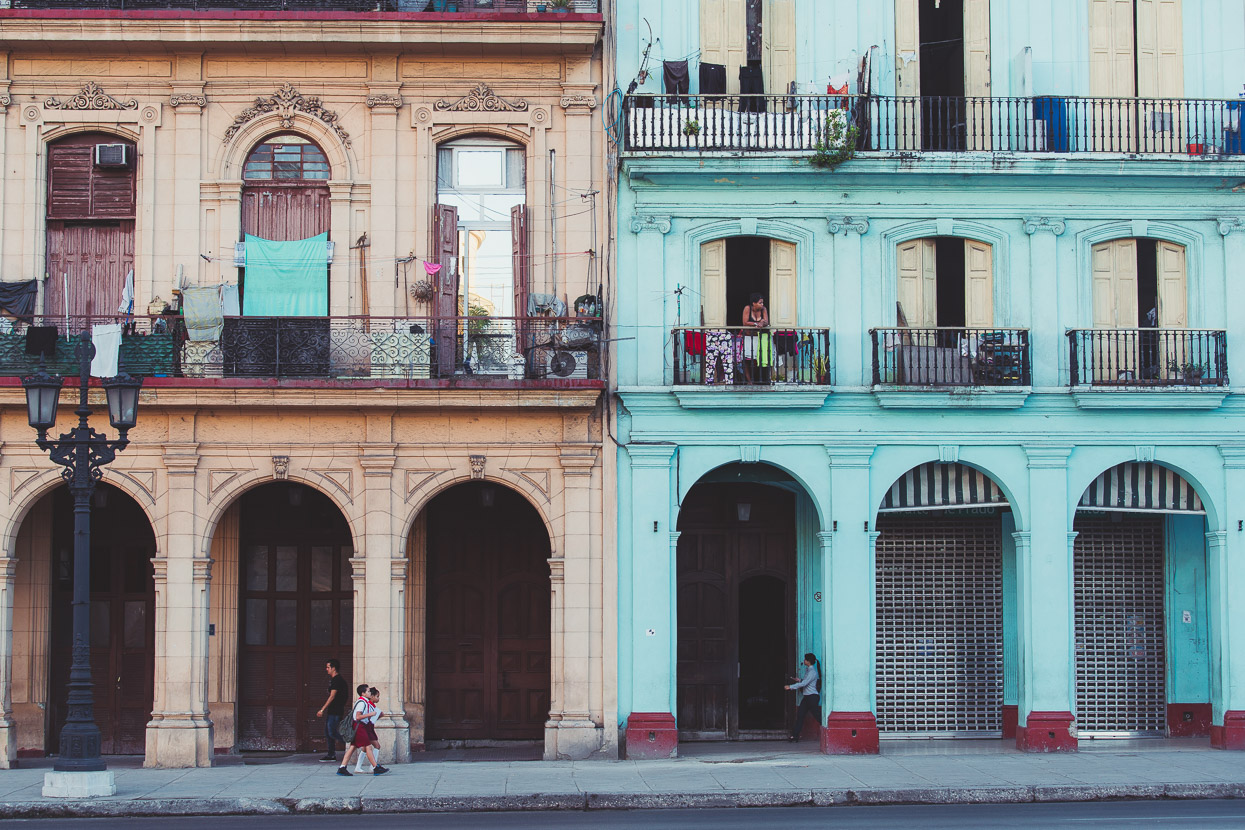
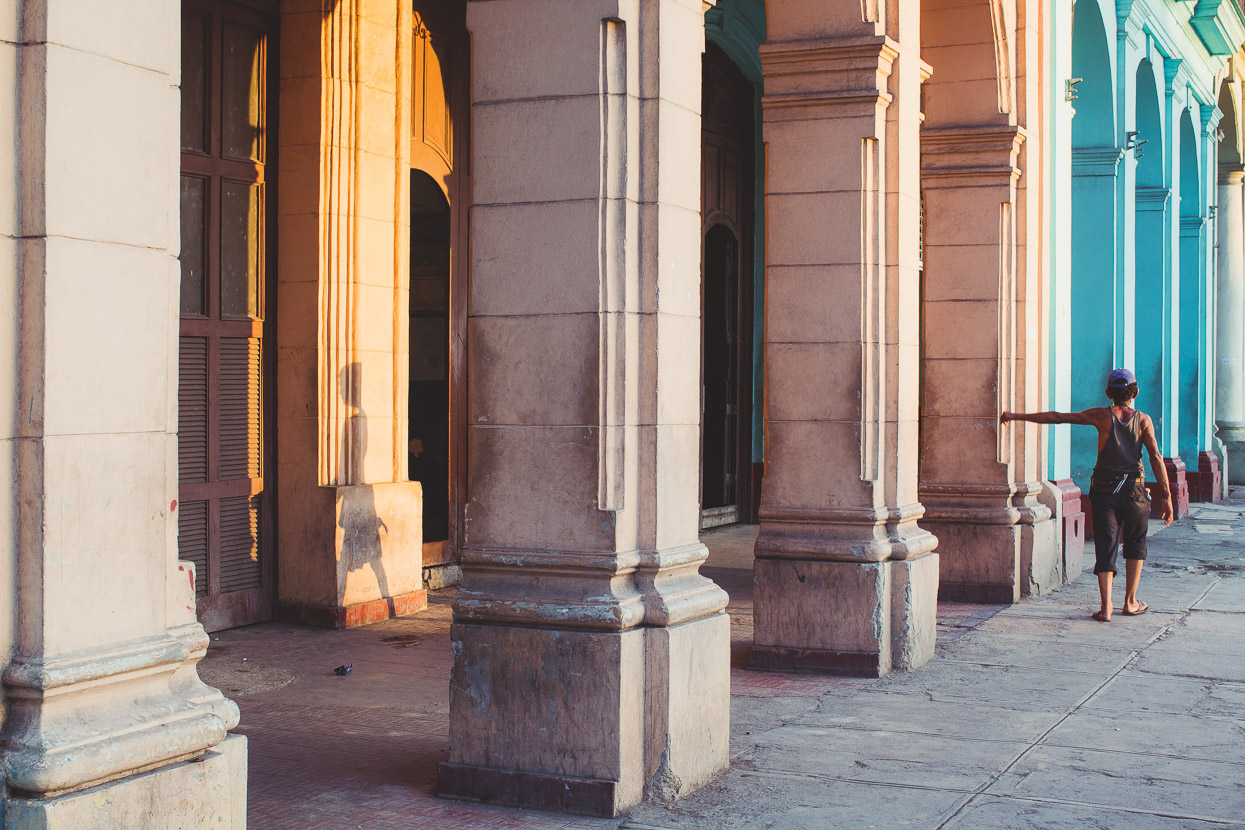
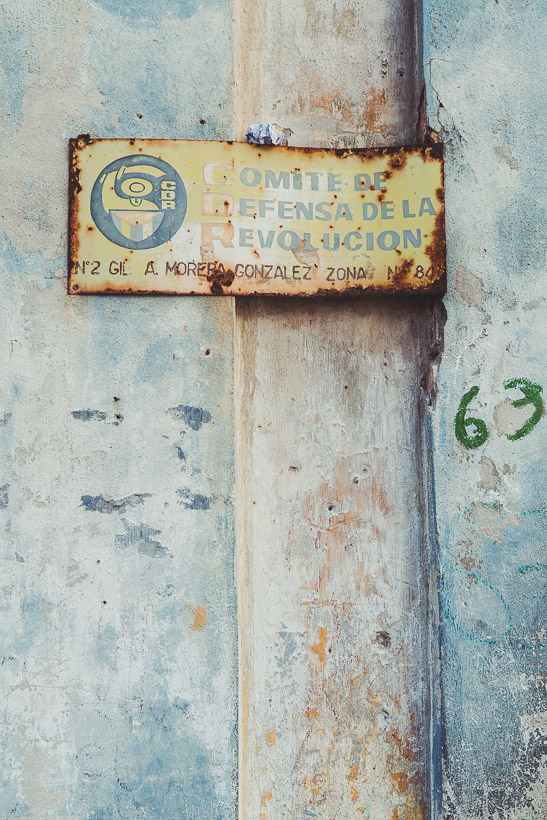
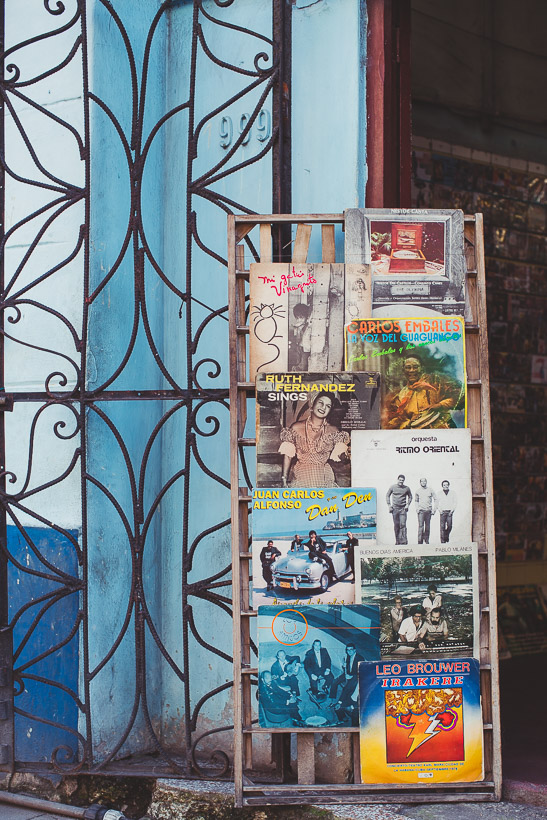
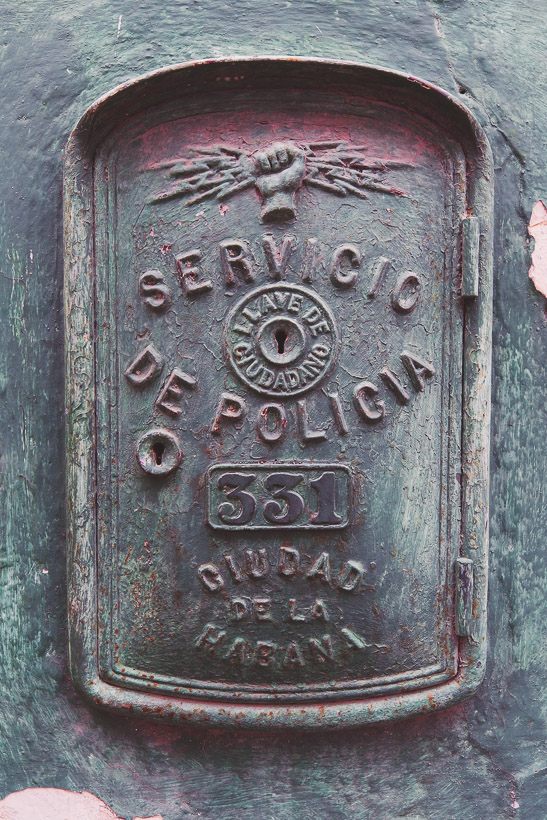
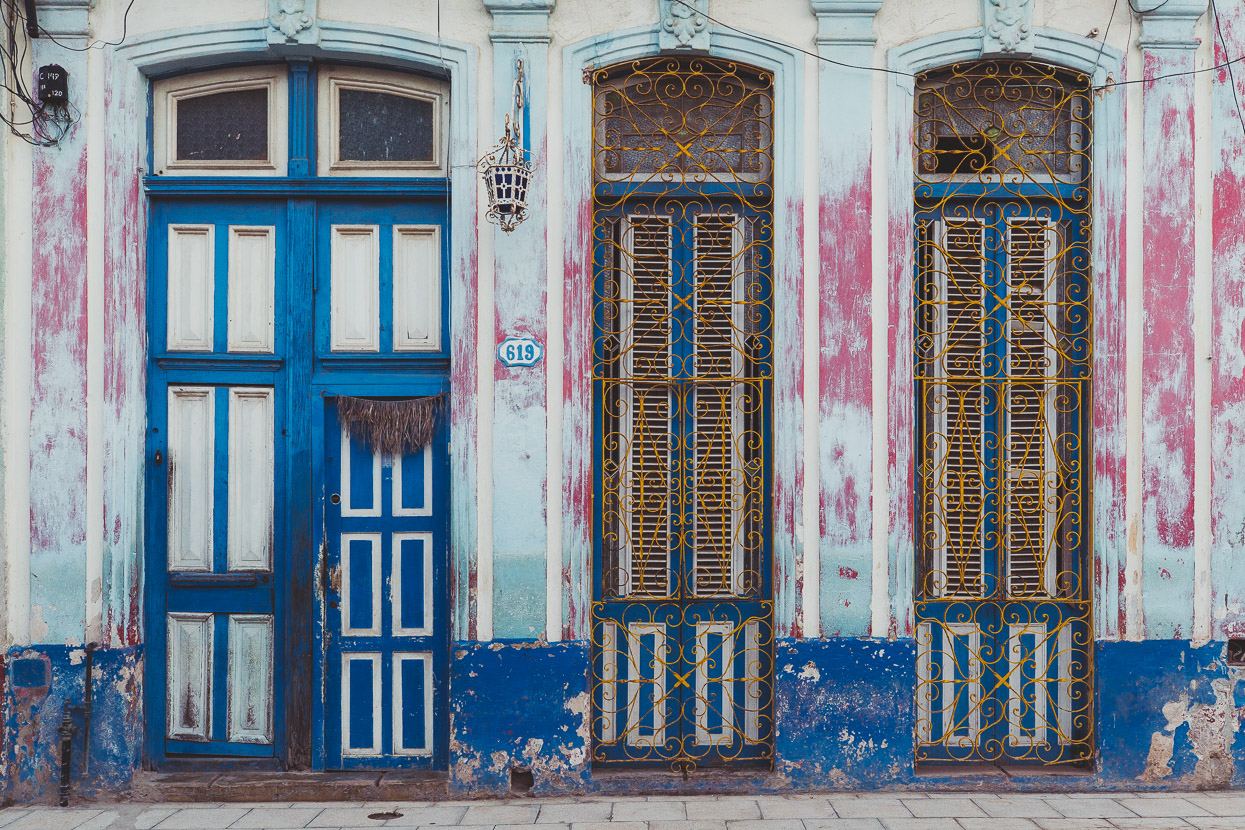
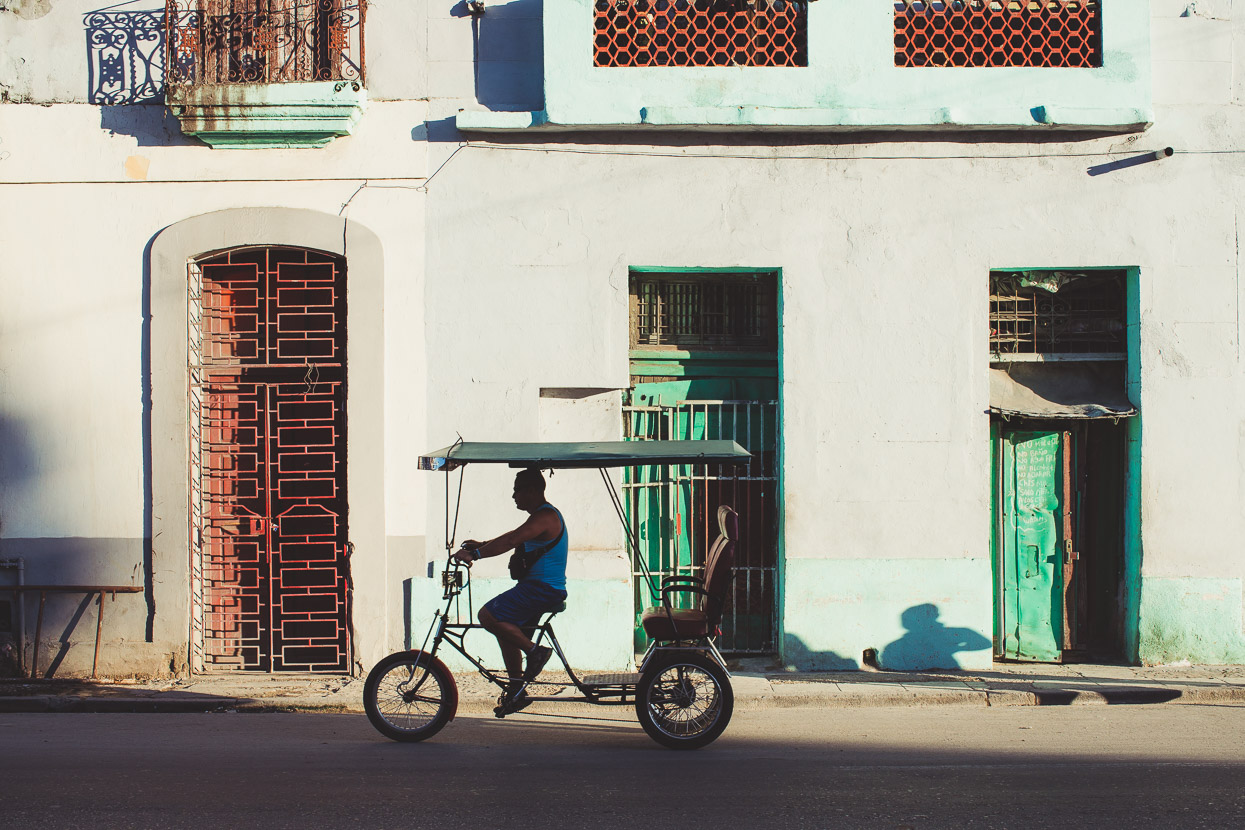
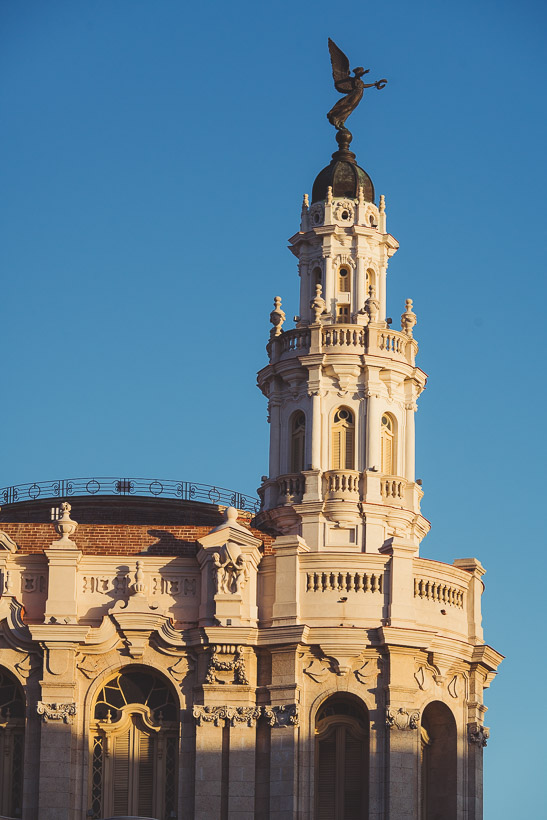
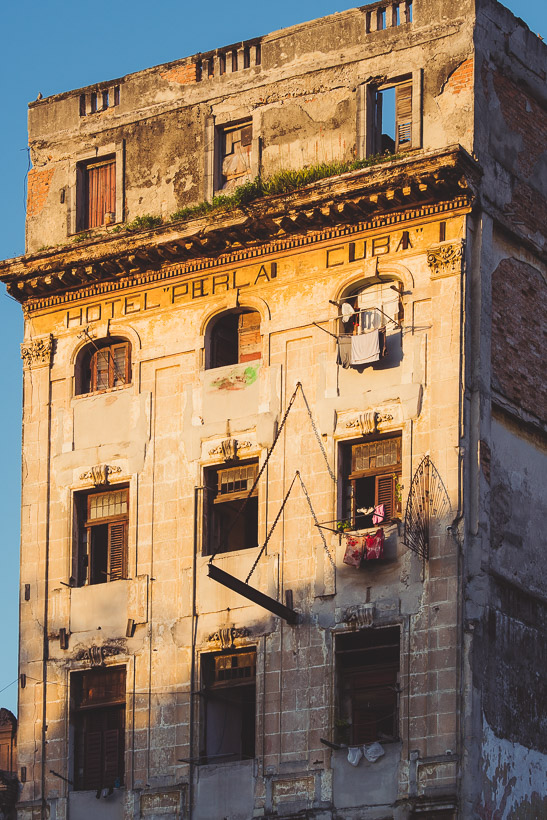
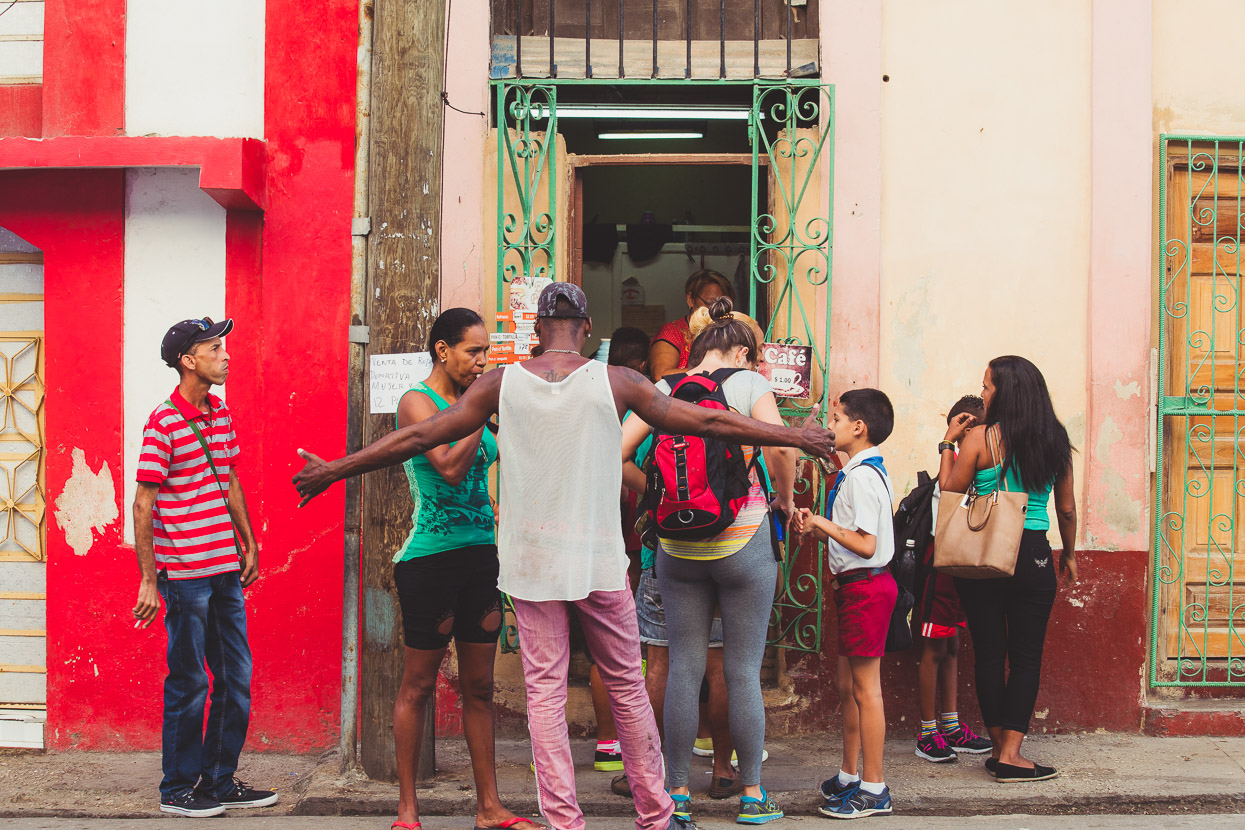
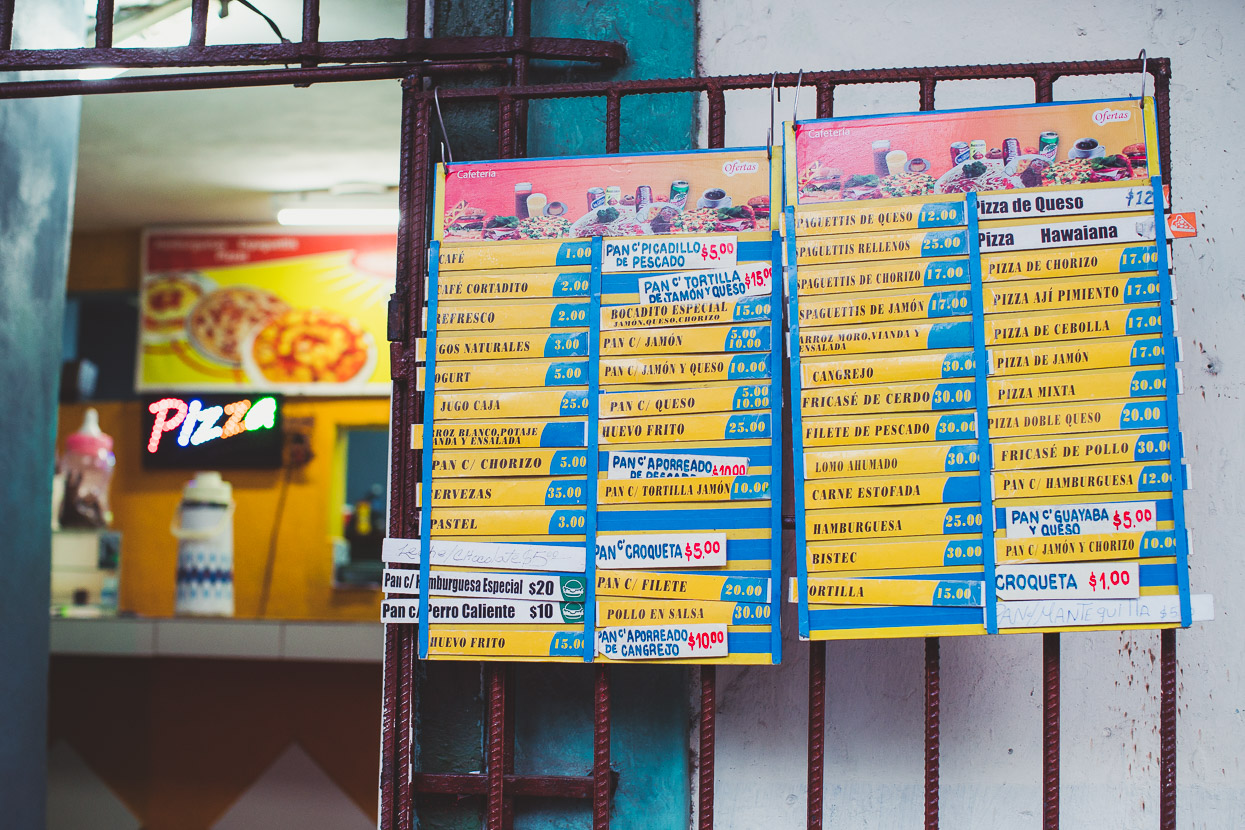
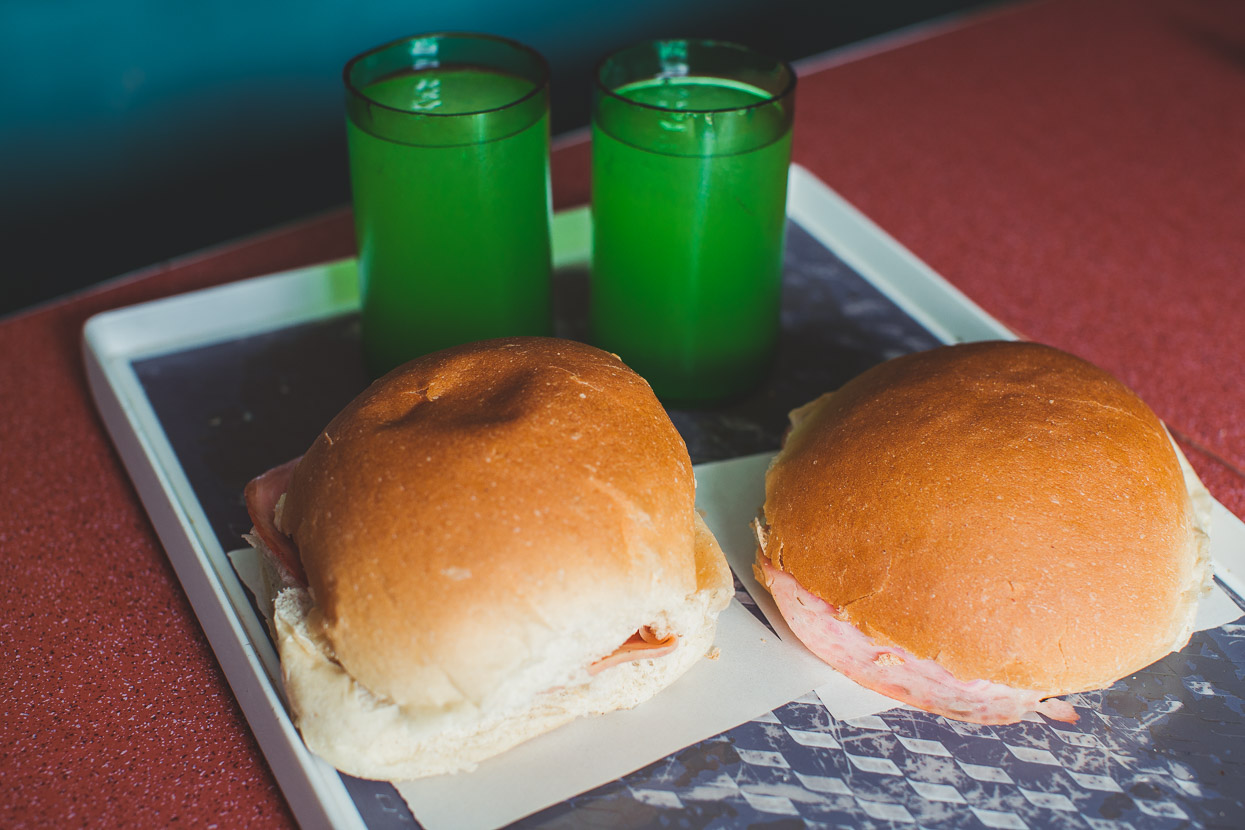
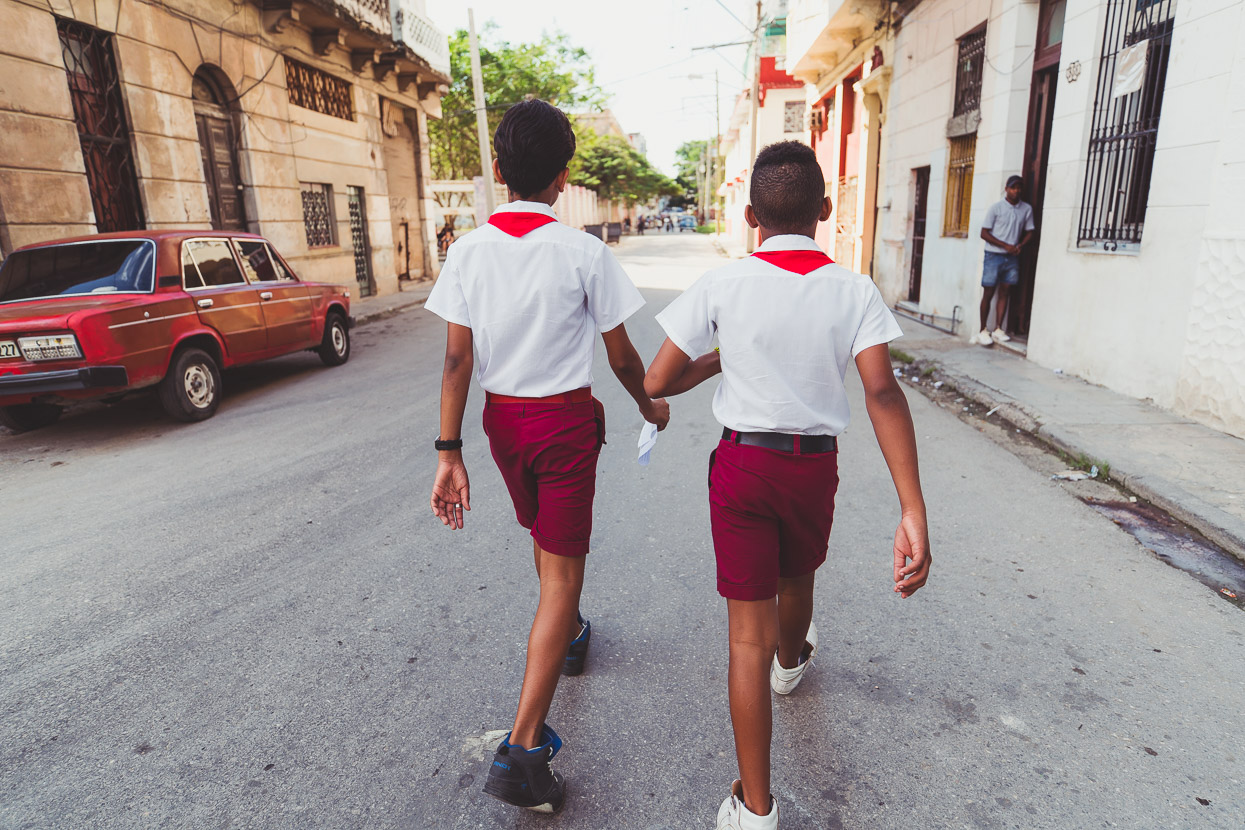
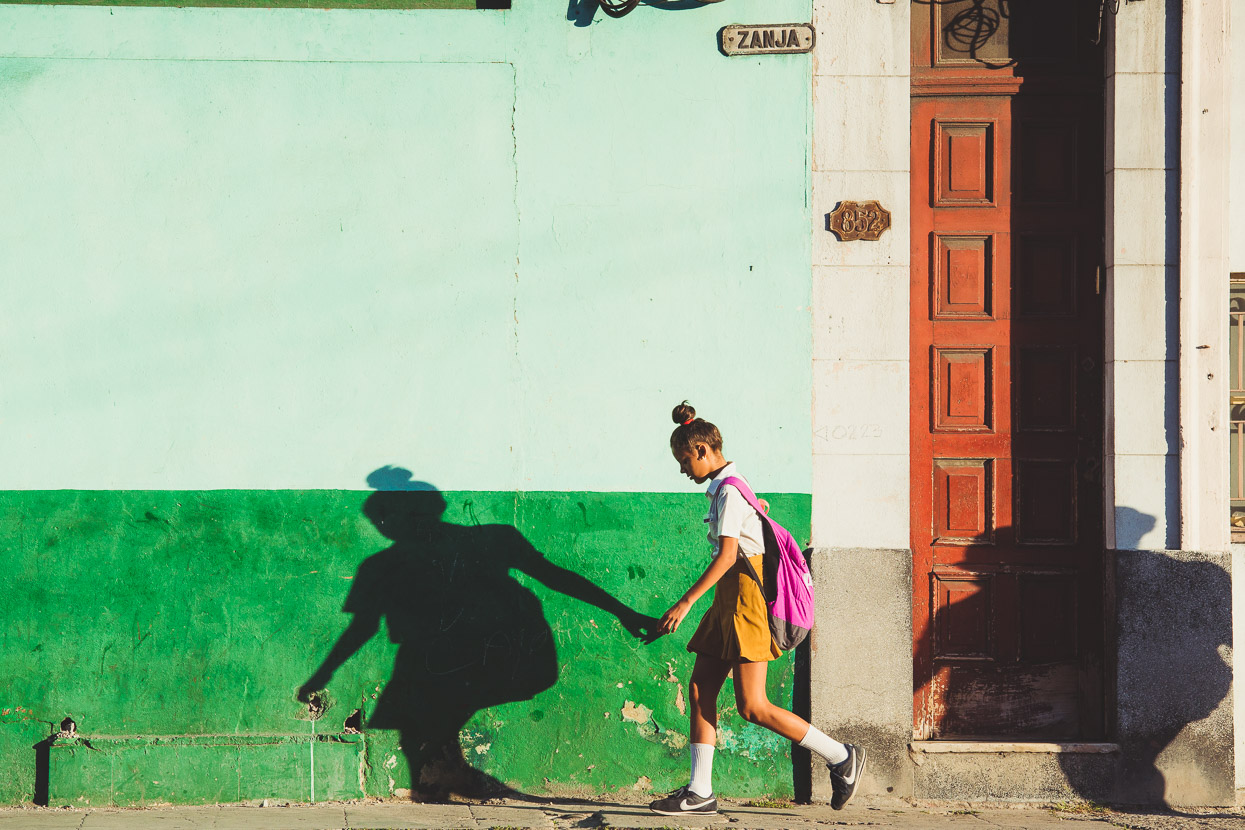
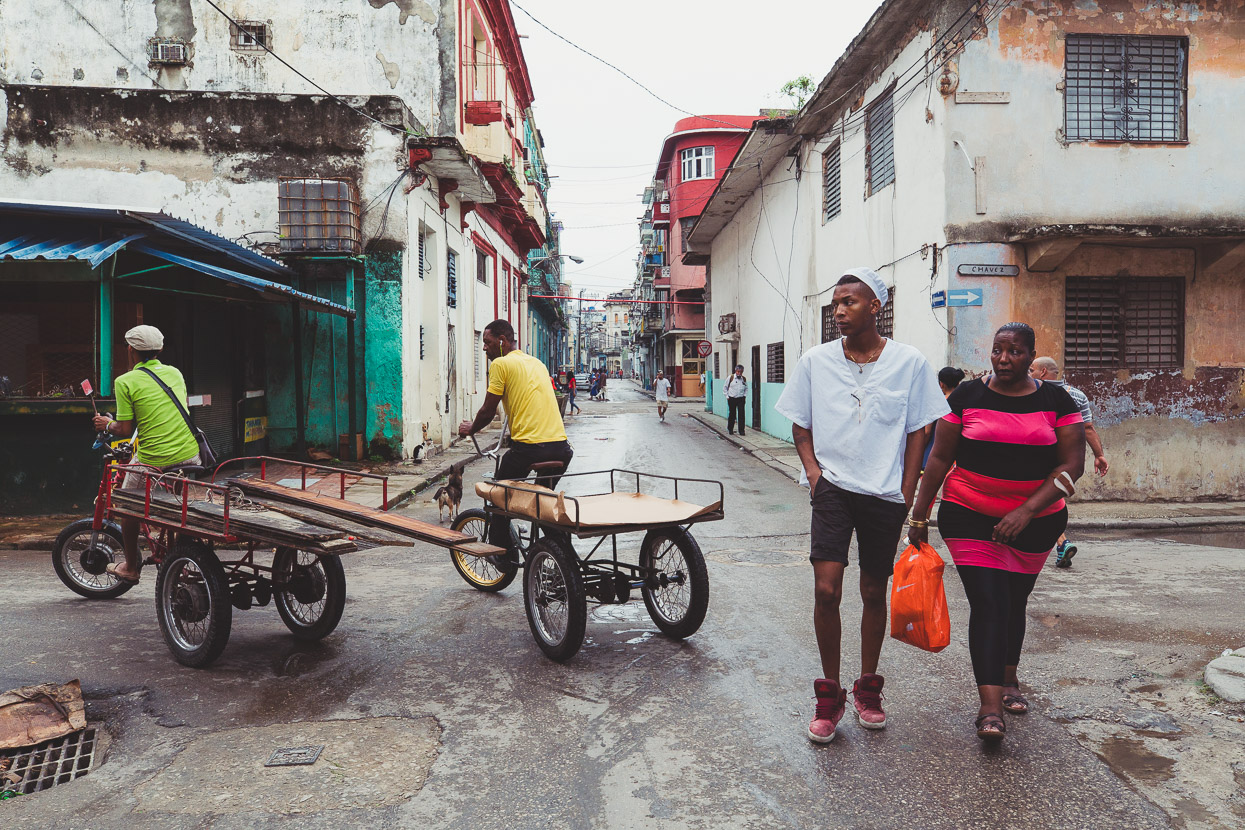
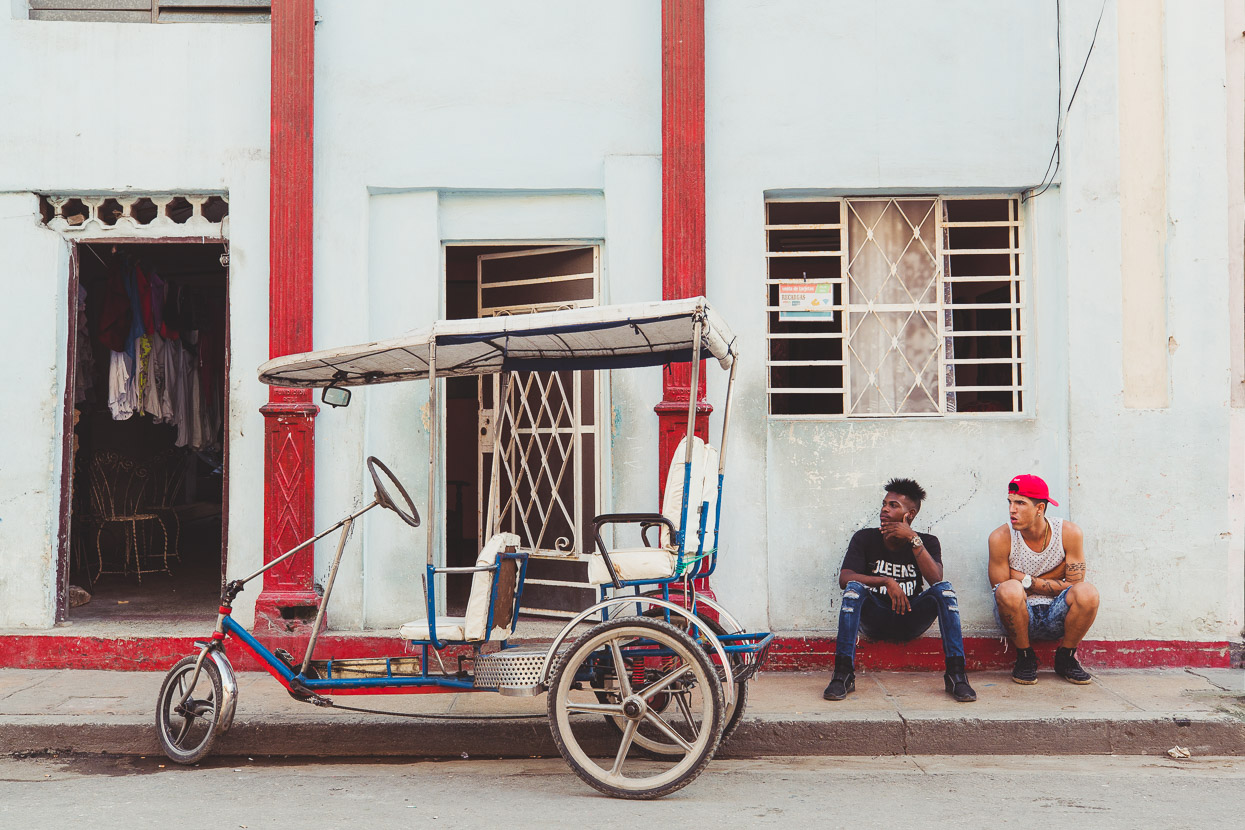
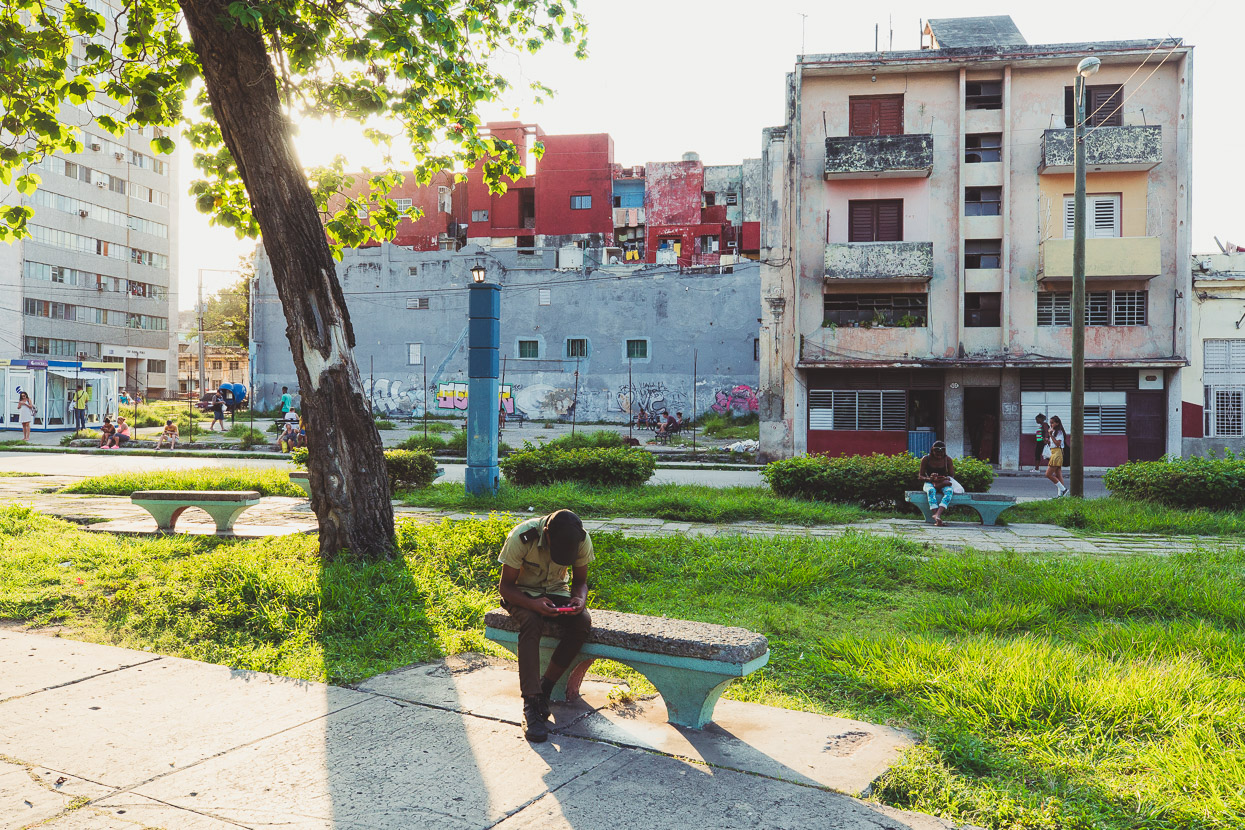
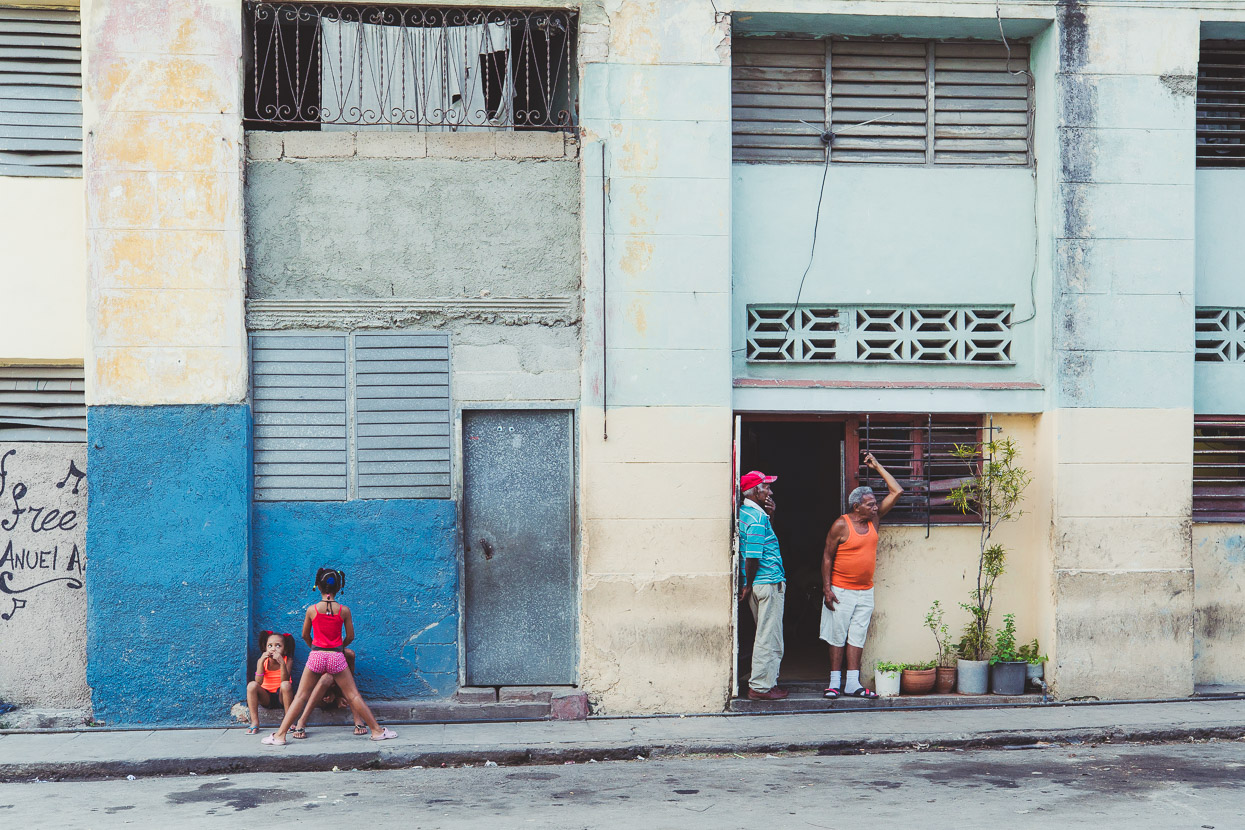
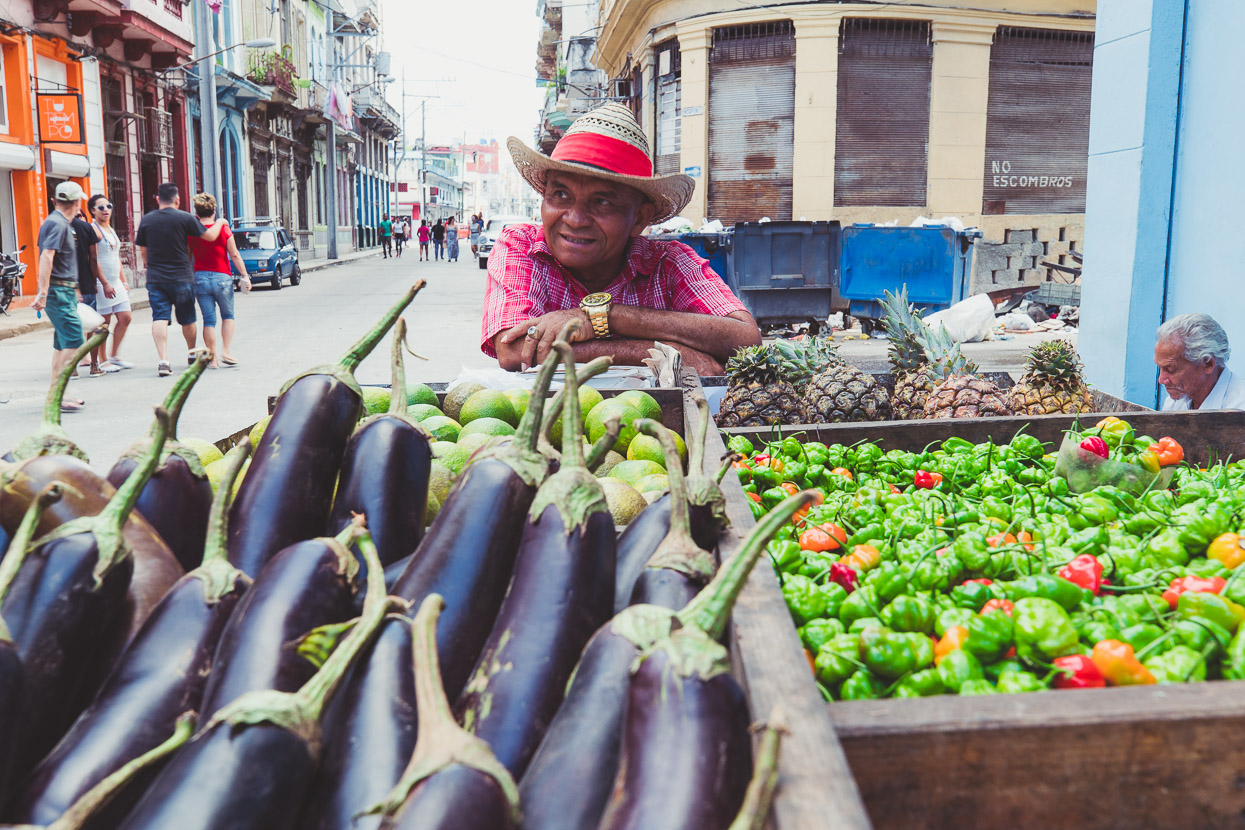
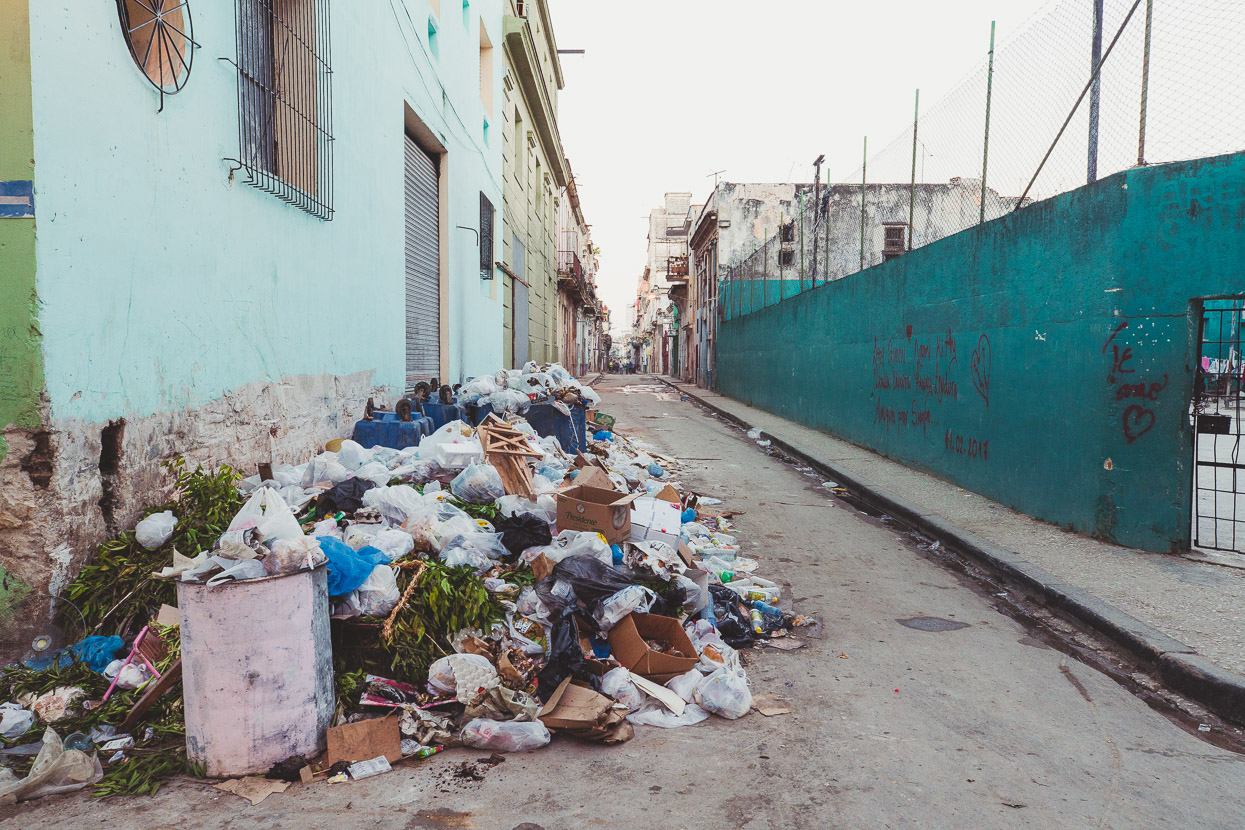
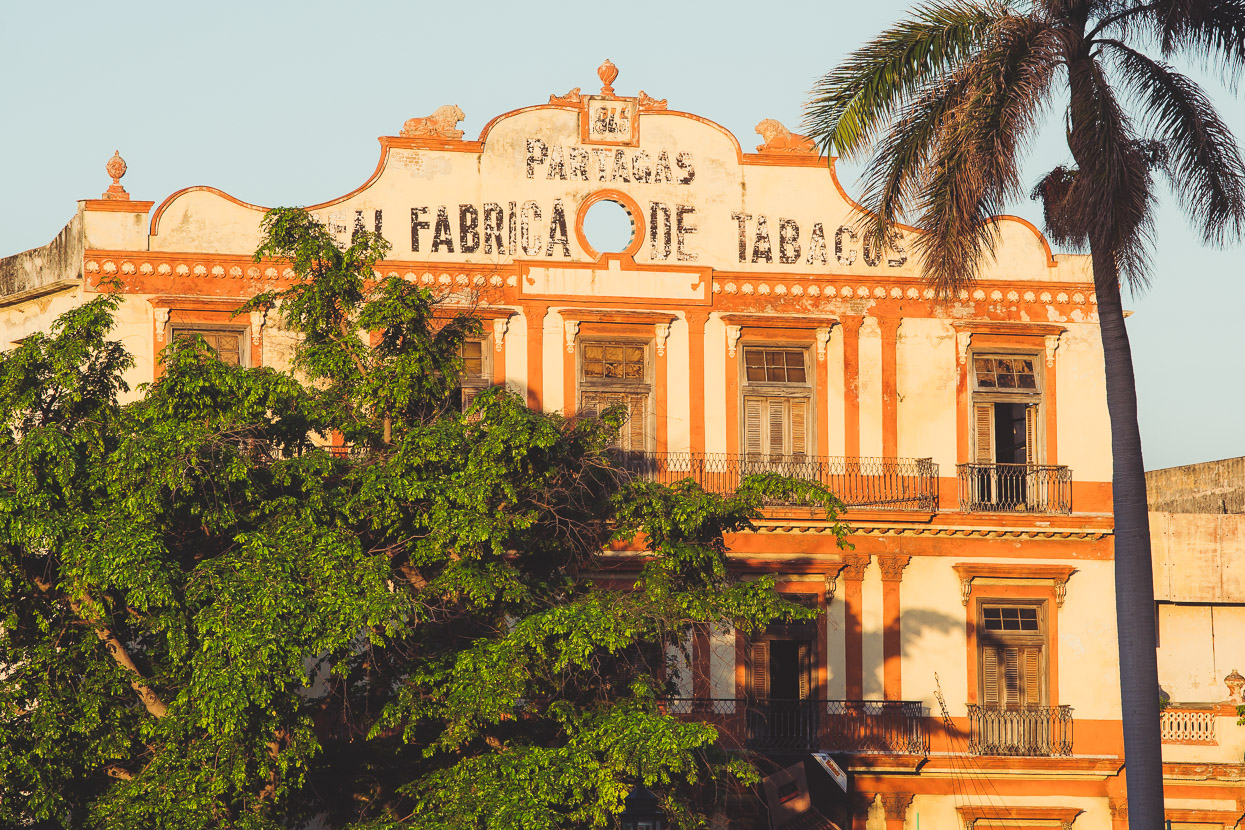
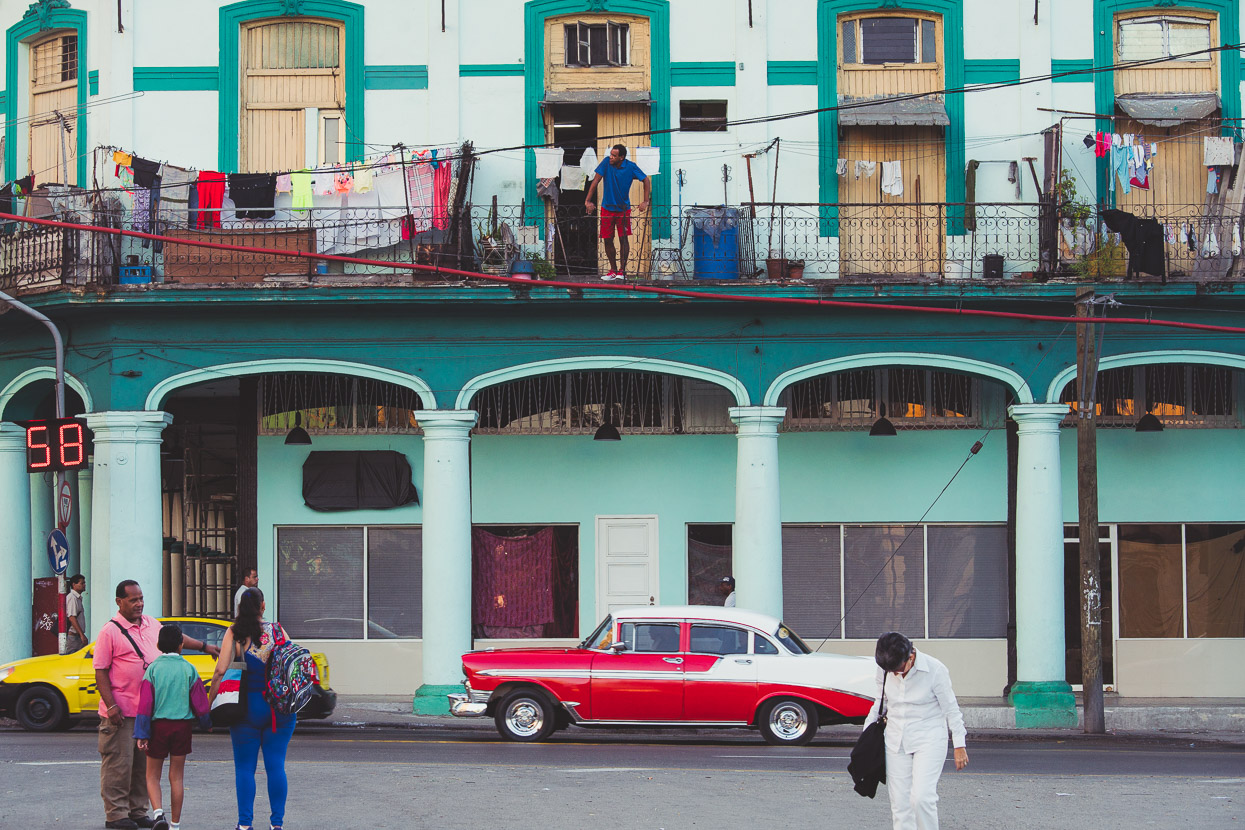
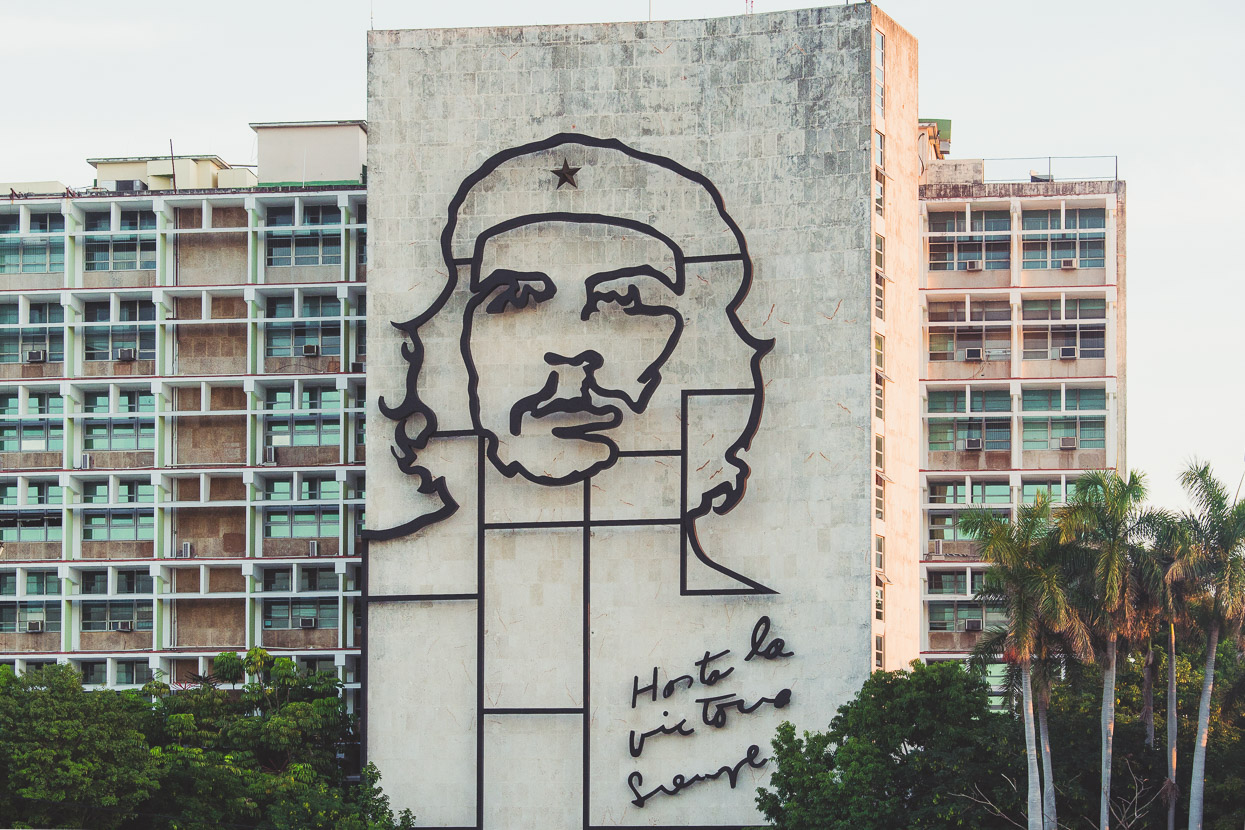
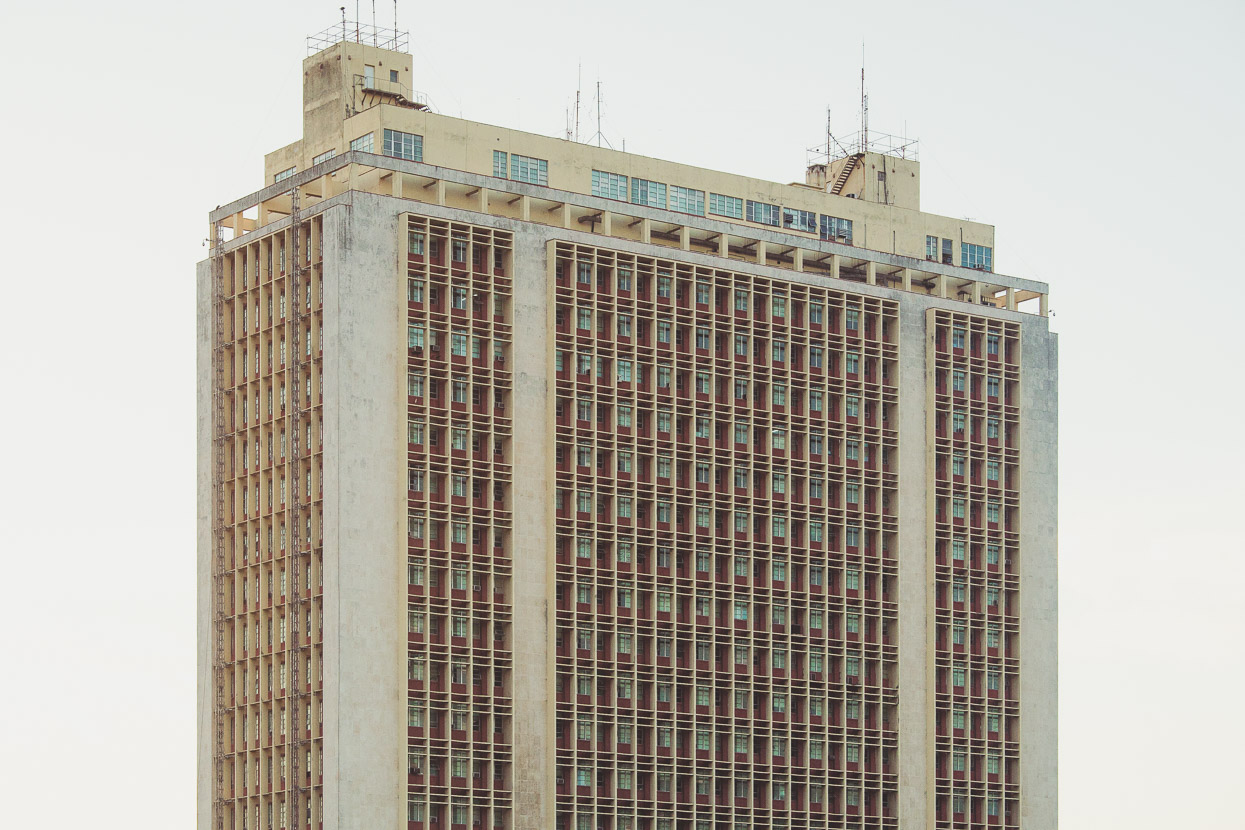
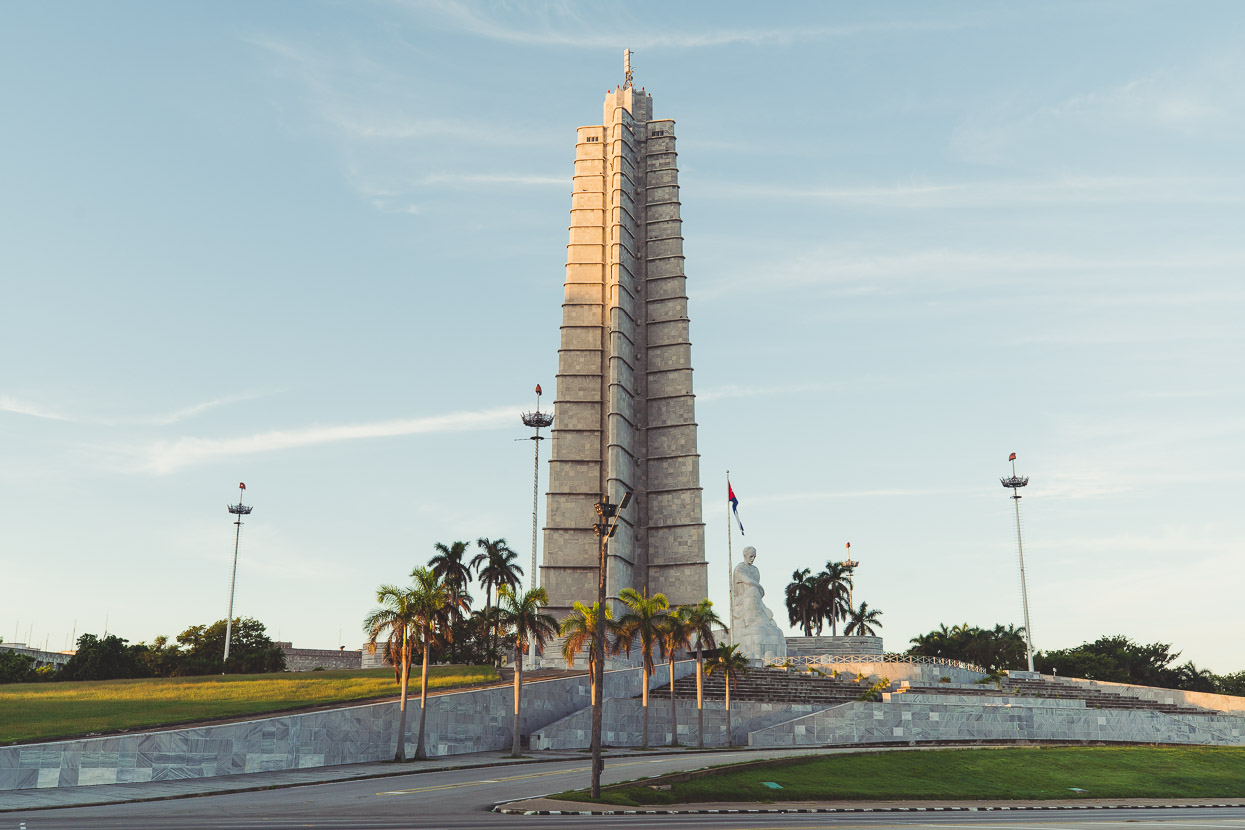
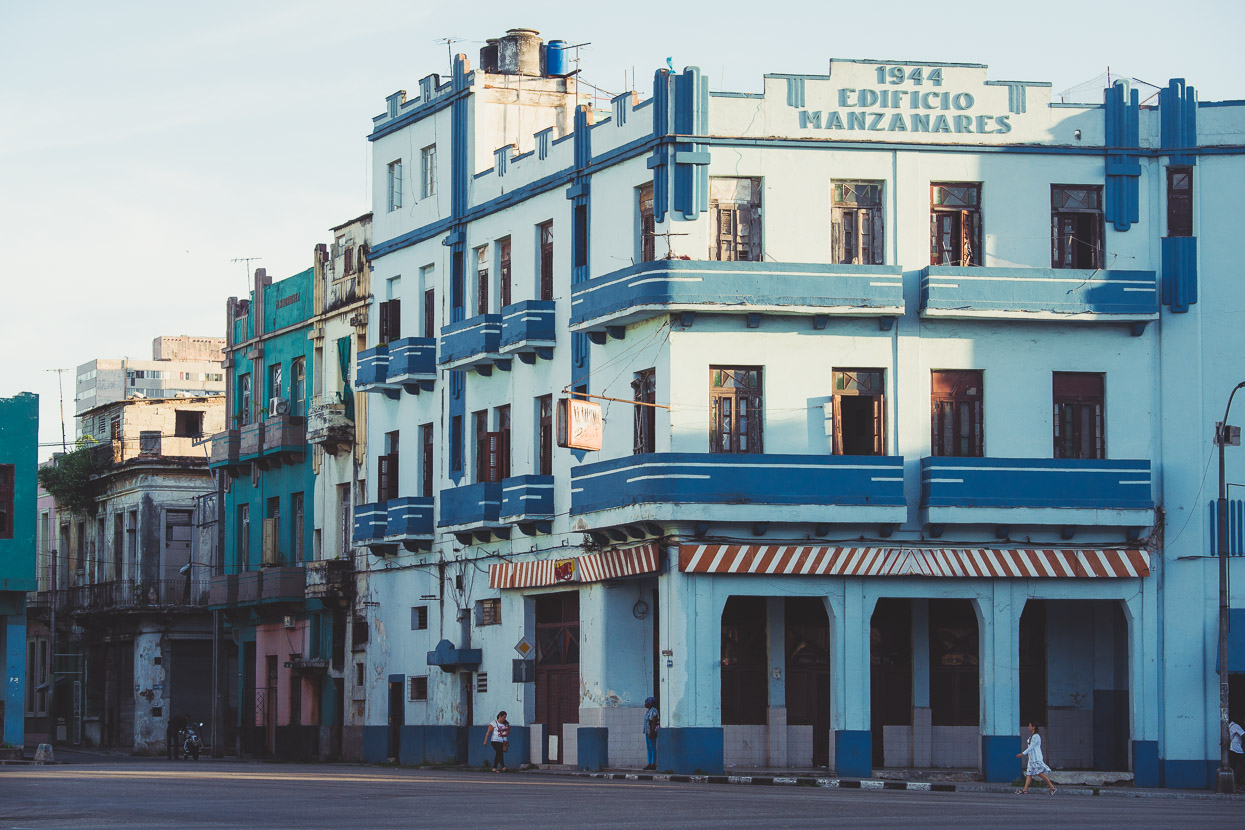
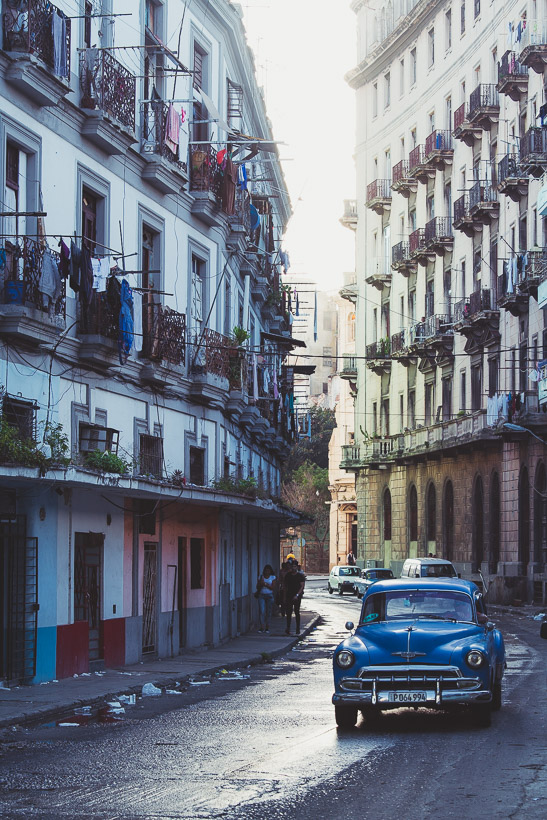
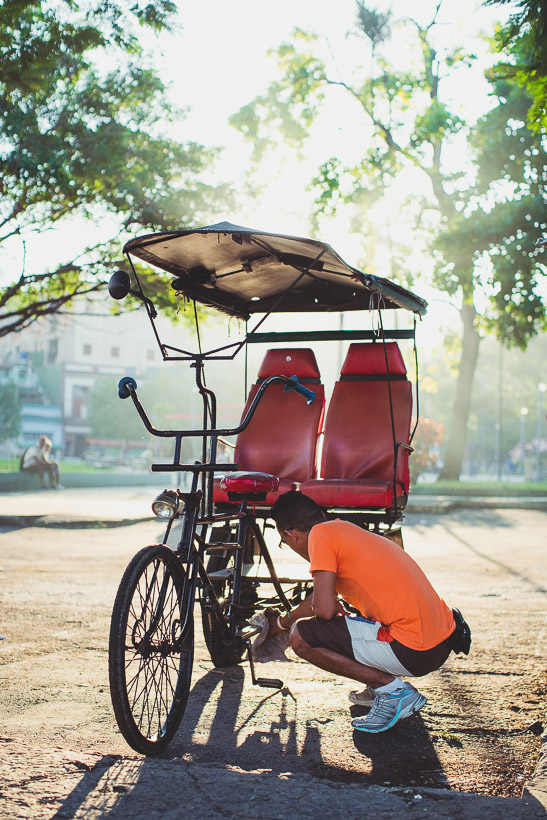
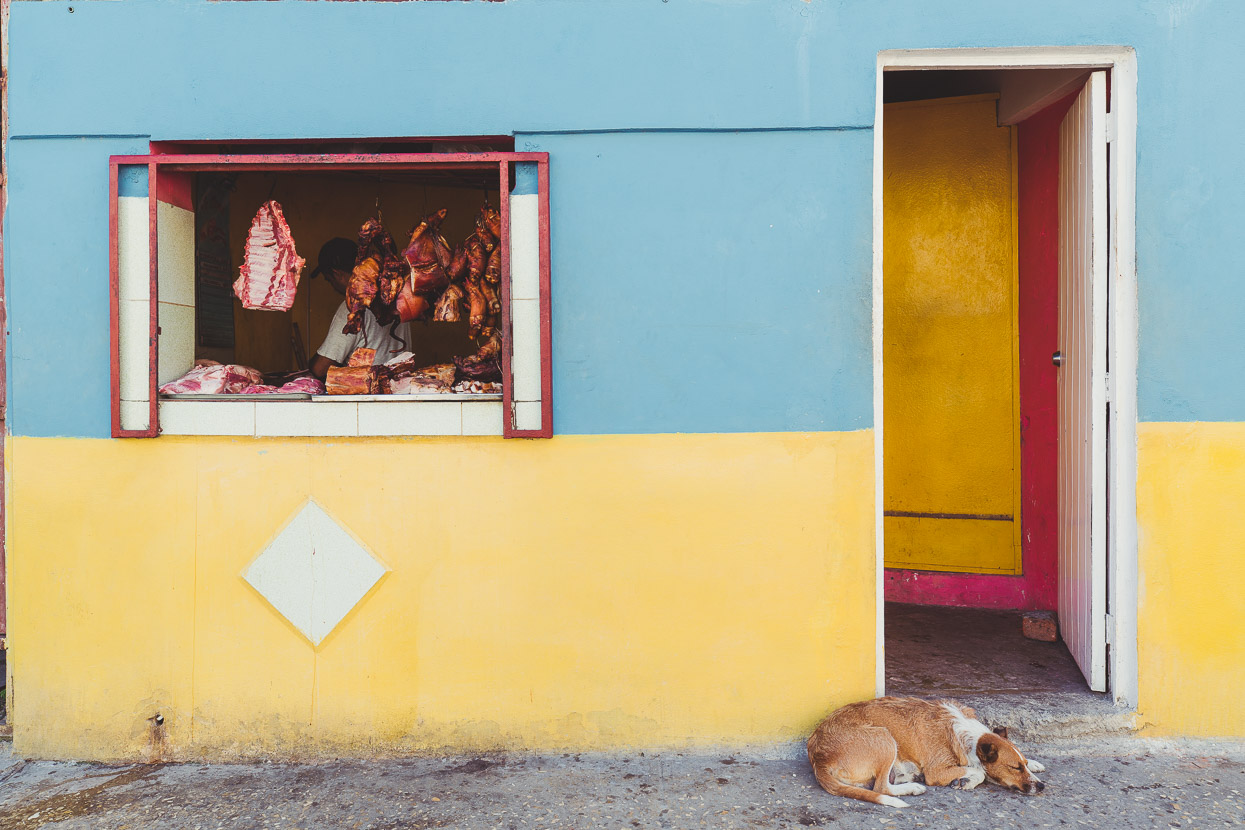
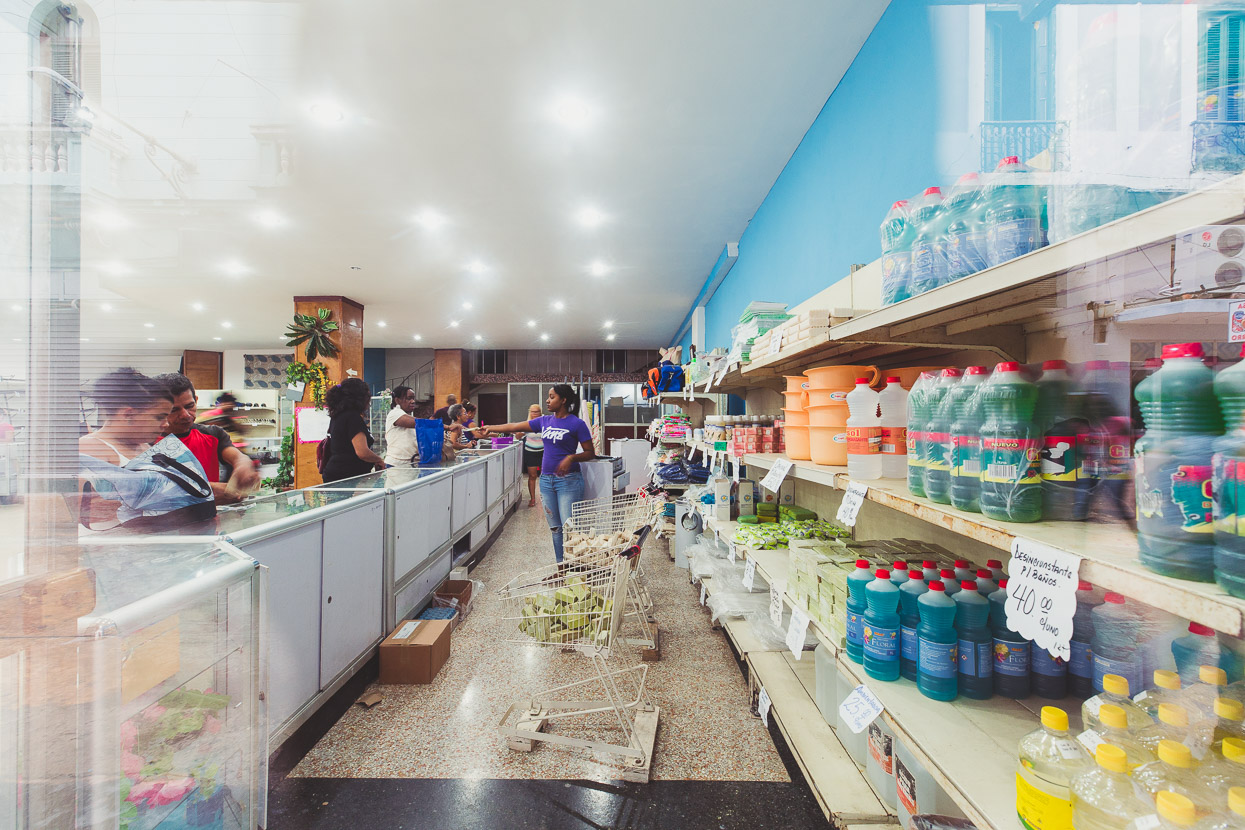
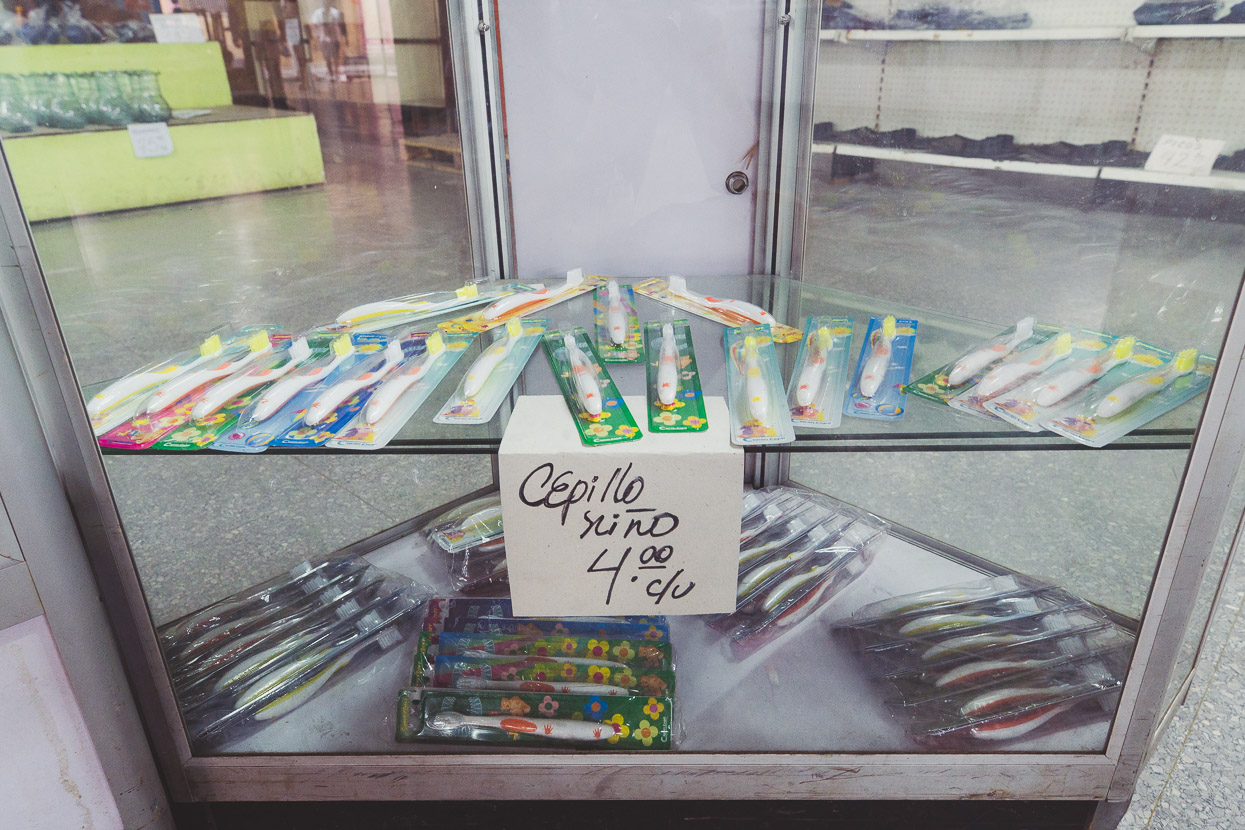
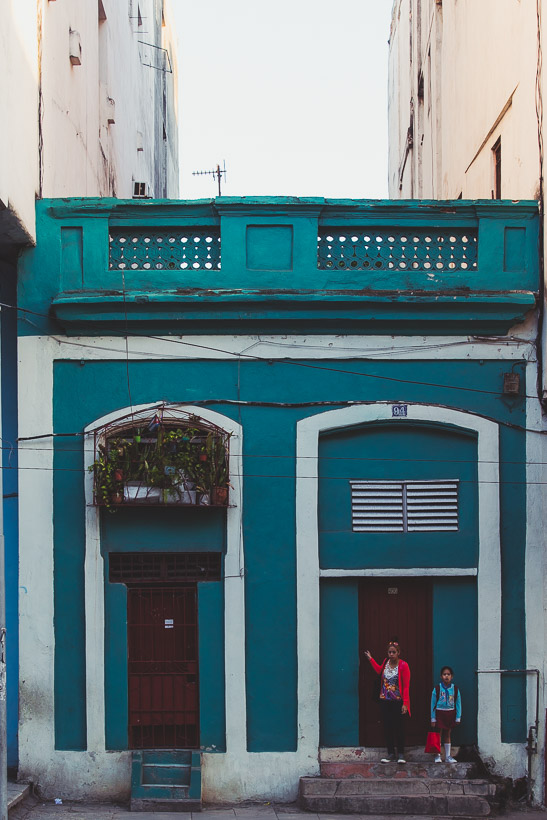
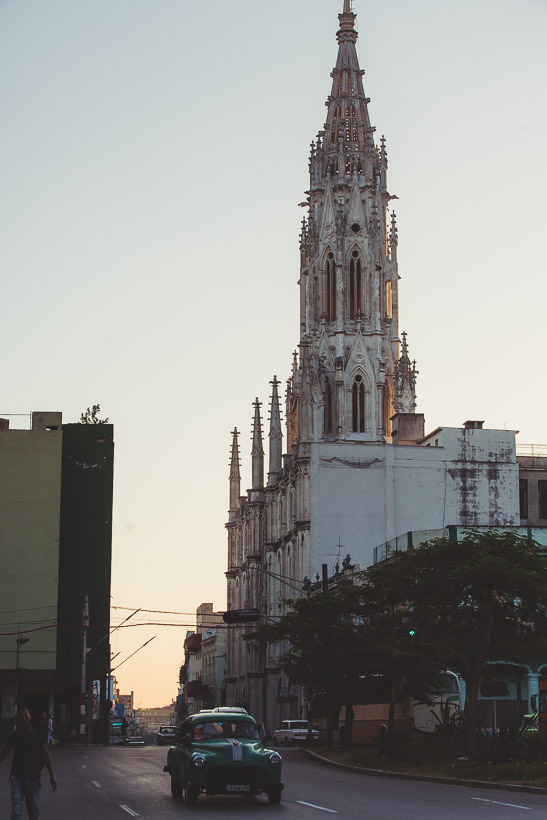





Uff…a lot of great street photography! love it!
btw. do you find cubans to be somehow open to photography?
Thanks Andrzej. Yes and no to being open to photography. In Havana people are used to tourists so it’s easy to walk and shoot street scenes candidly without the subject starting back at you. I also used a 70-200 for some of those shots which separates you from the subject further. But once we were on the road, for closer shots of people I often asked and the answer was nearly always yes.
Thanks for fantastic photos!
No problems Stefan – it’s a pleasure. Thanks for commenting.